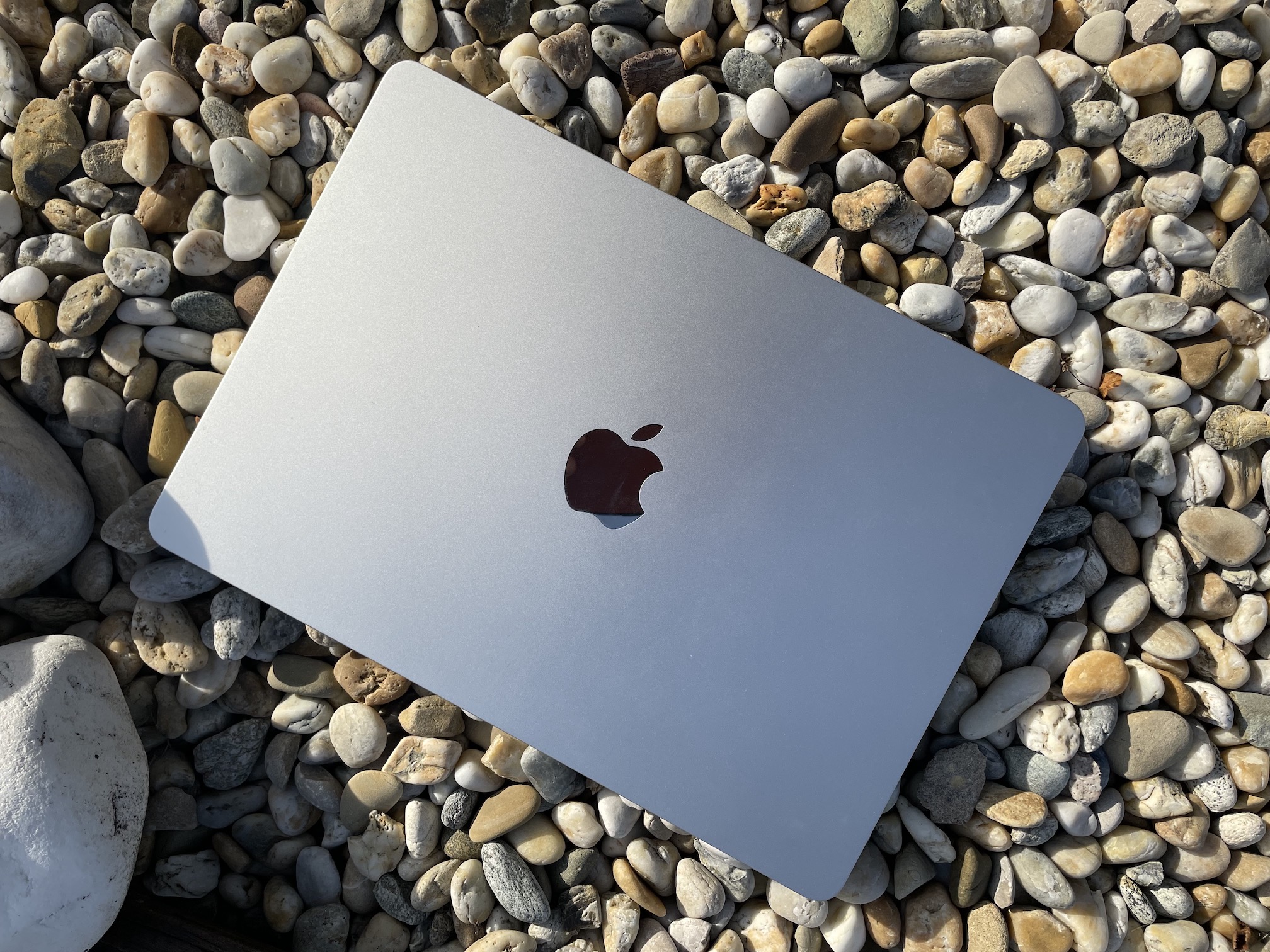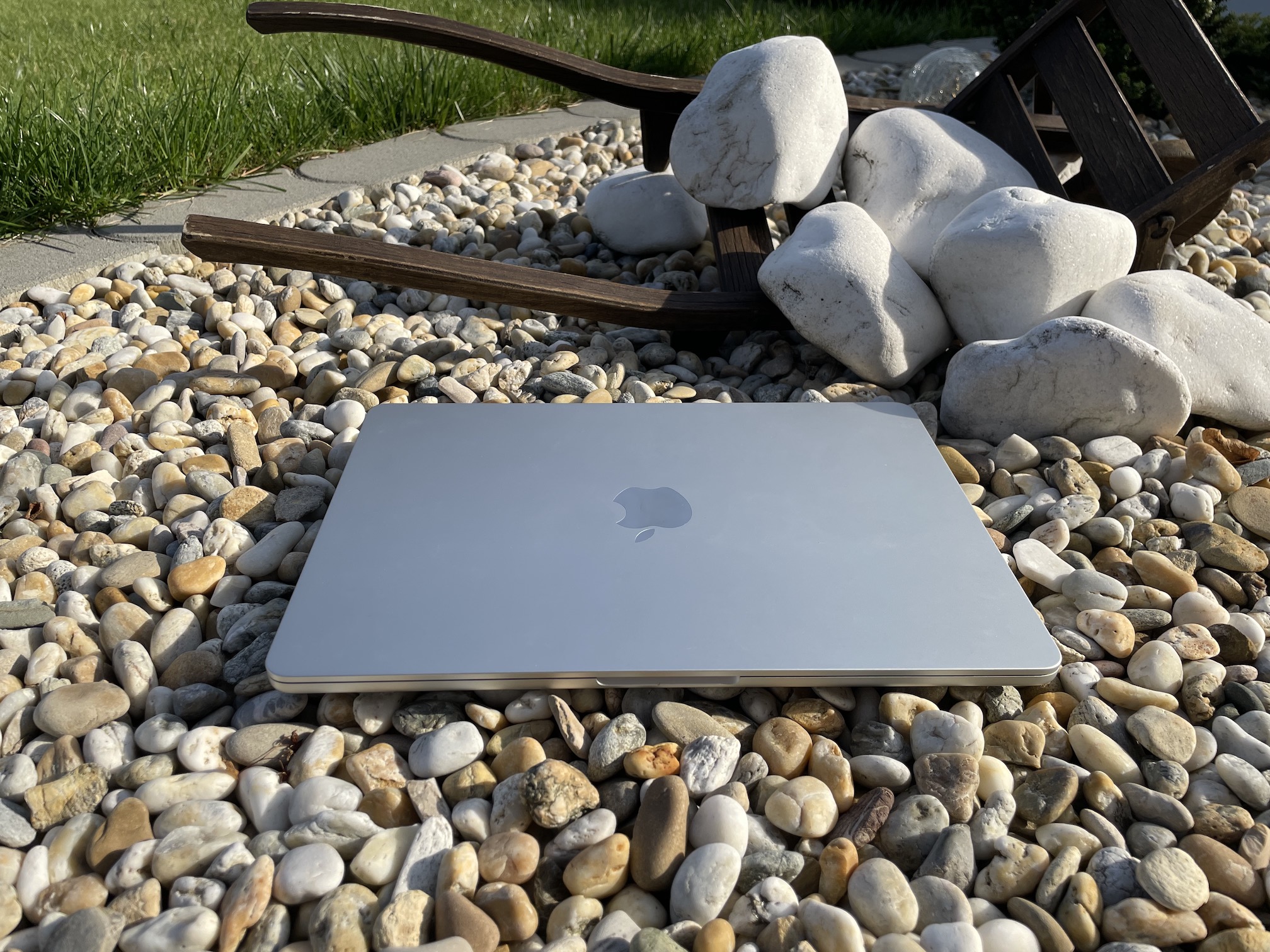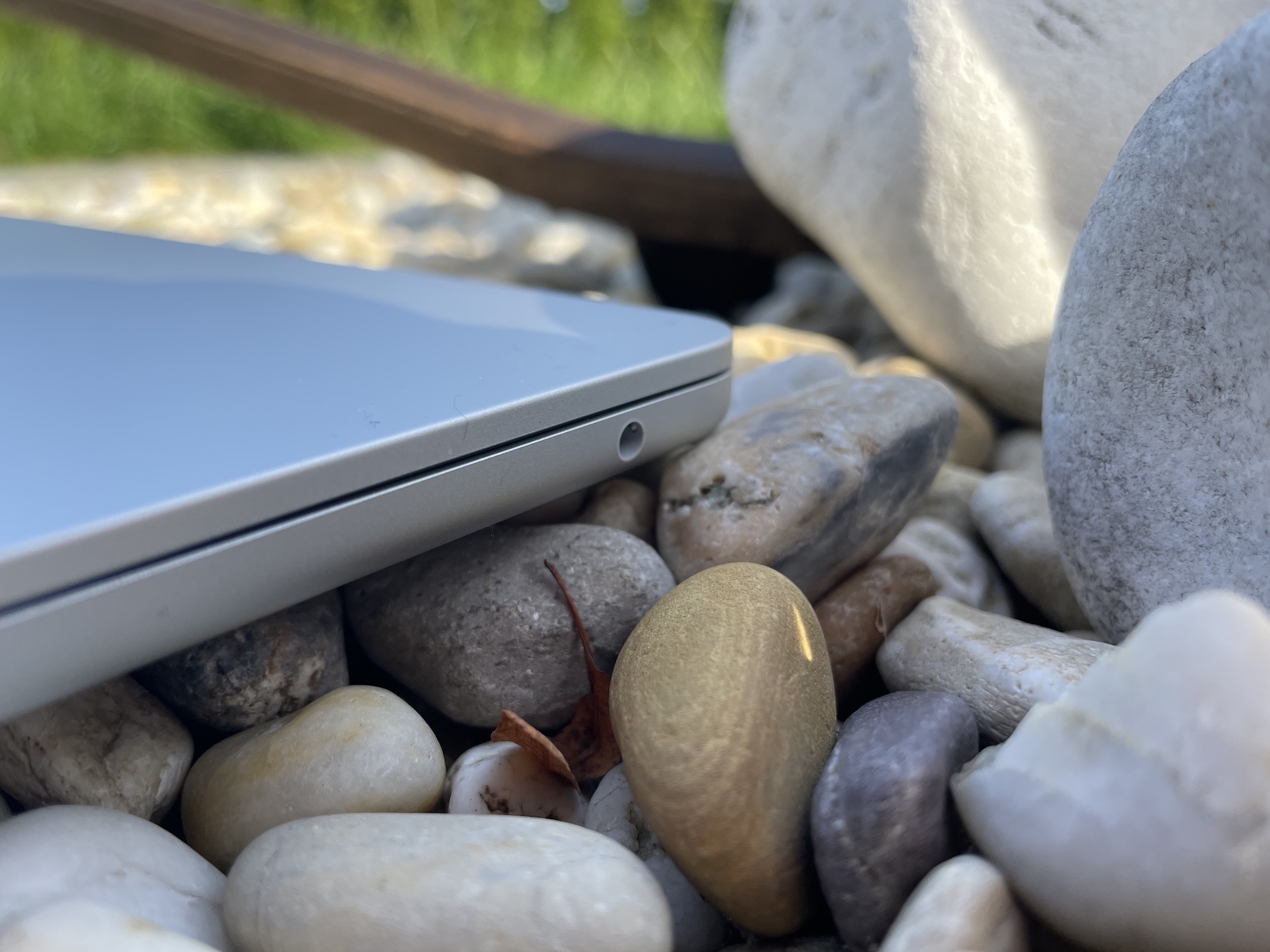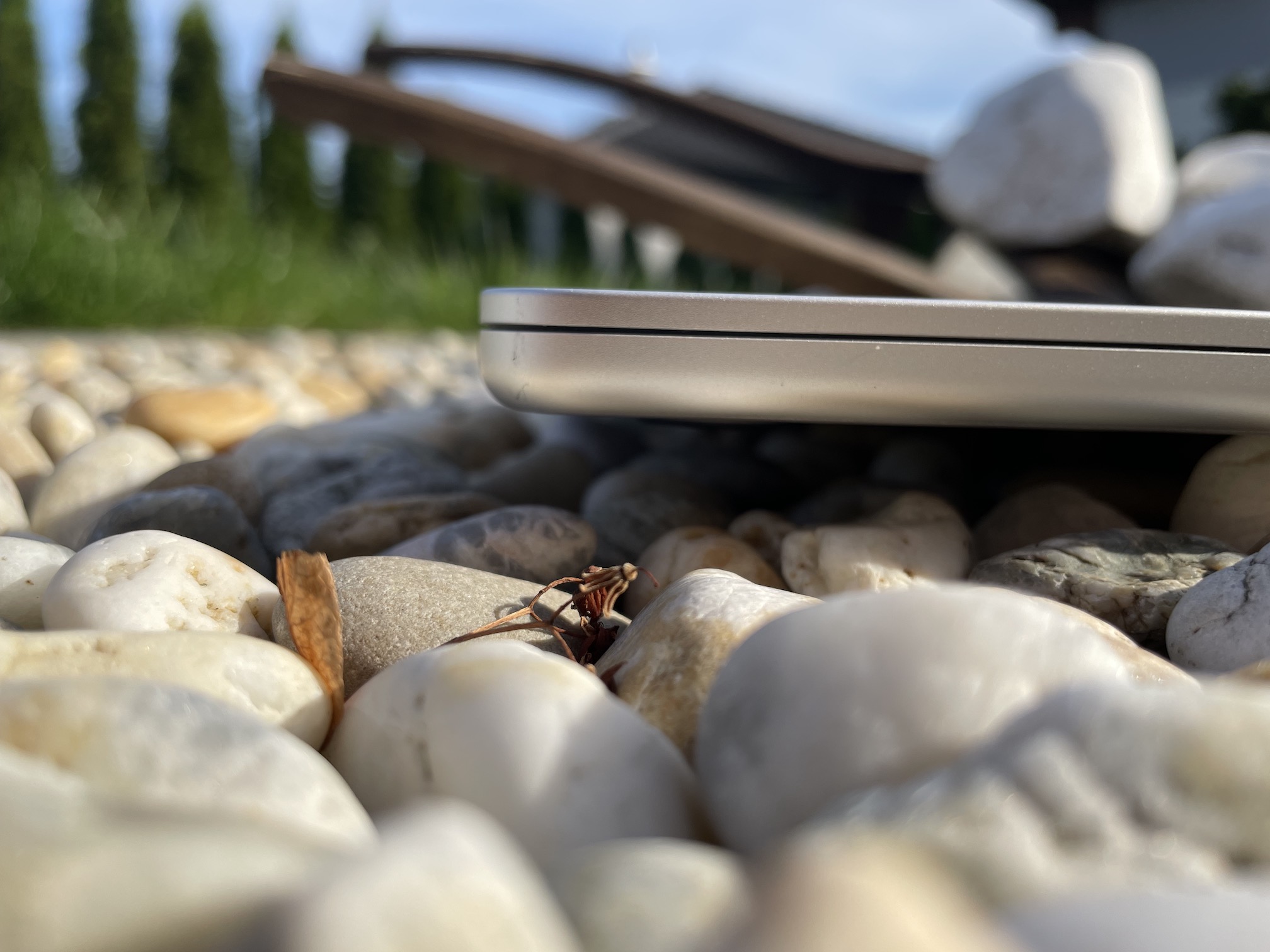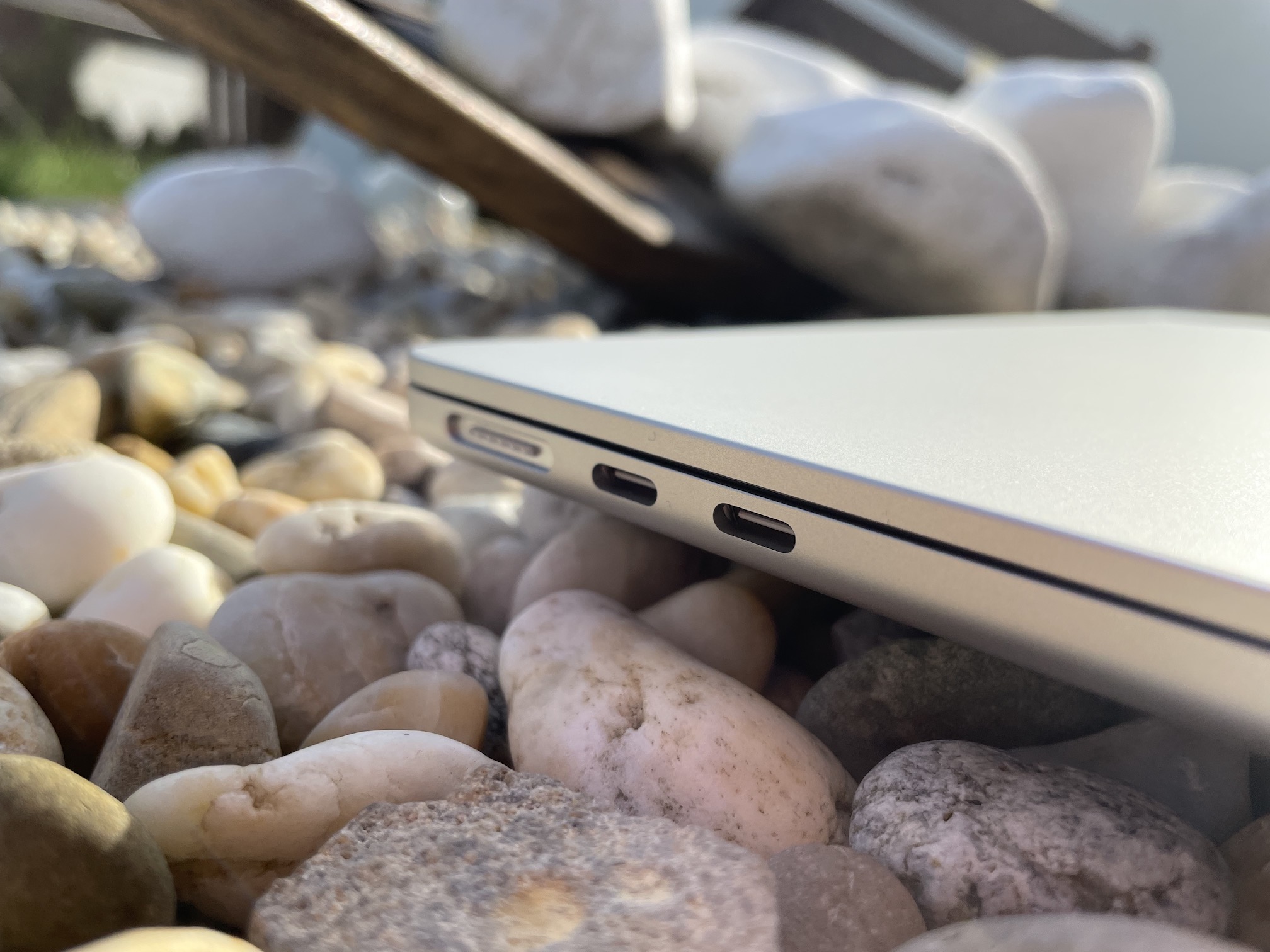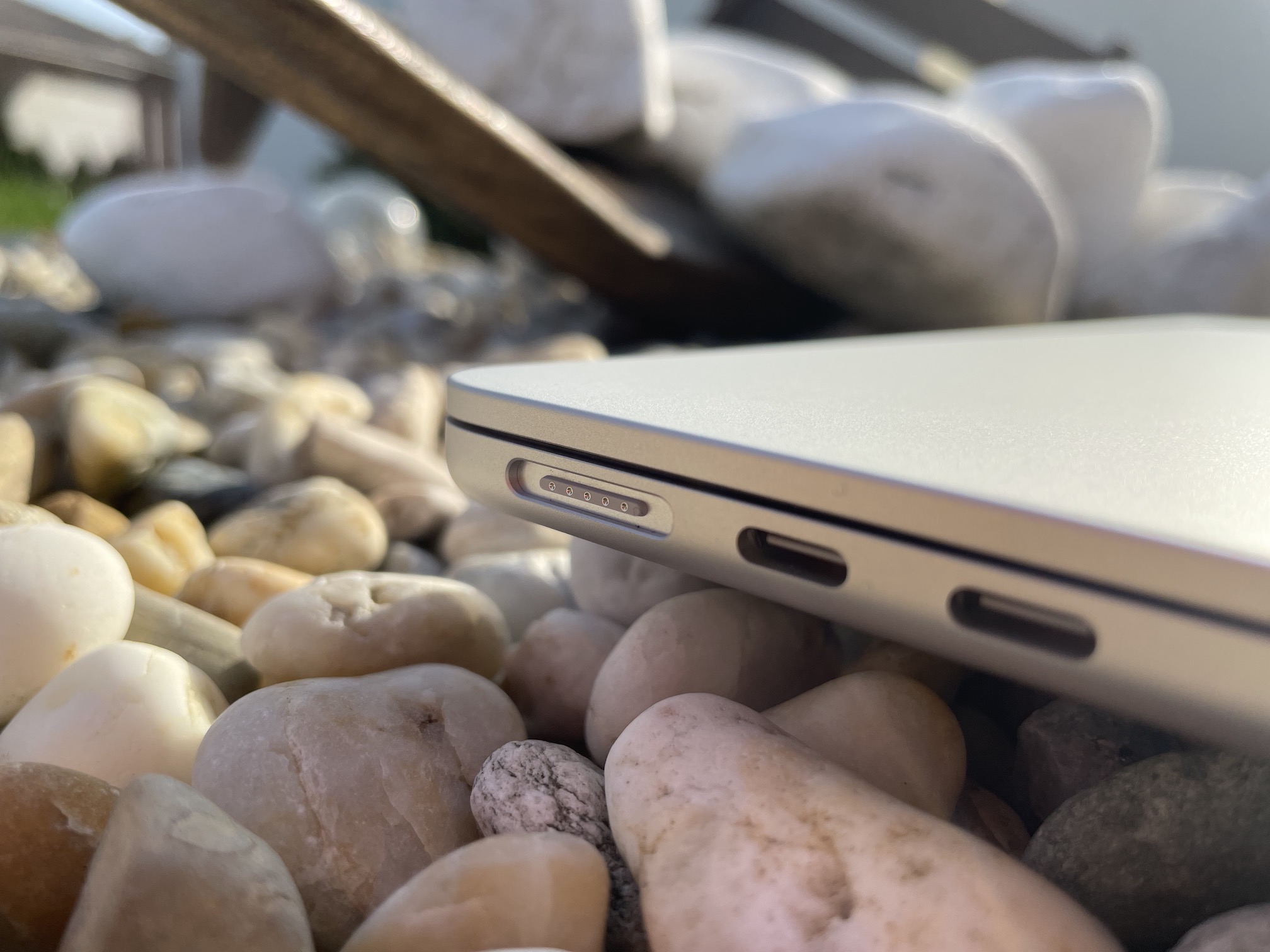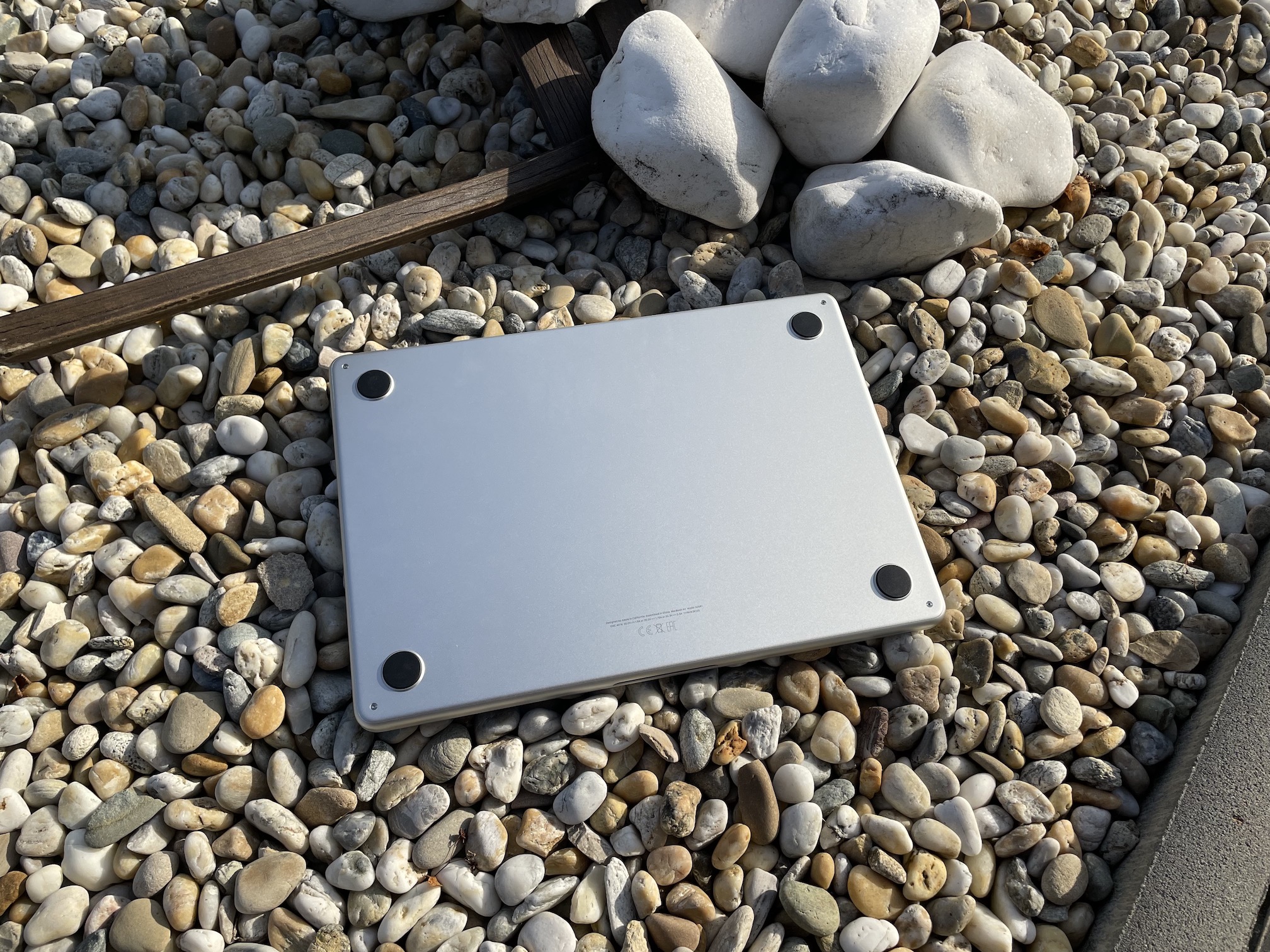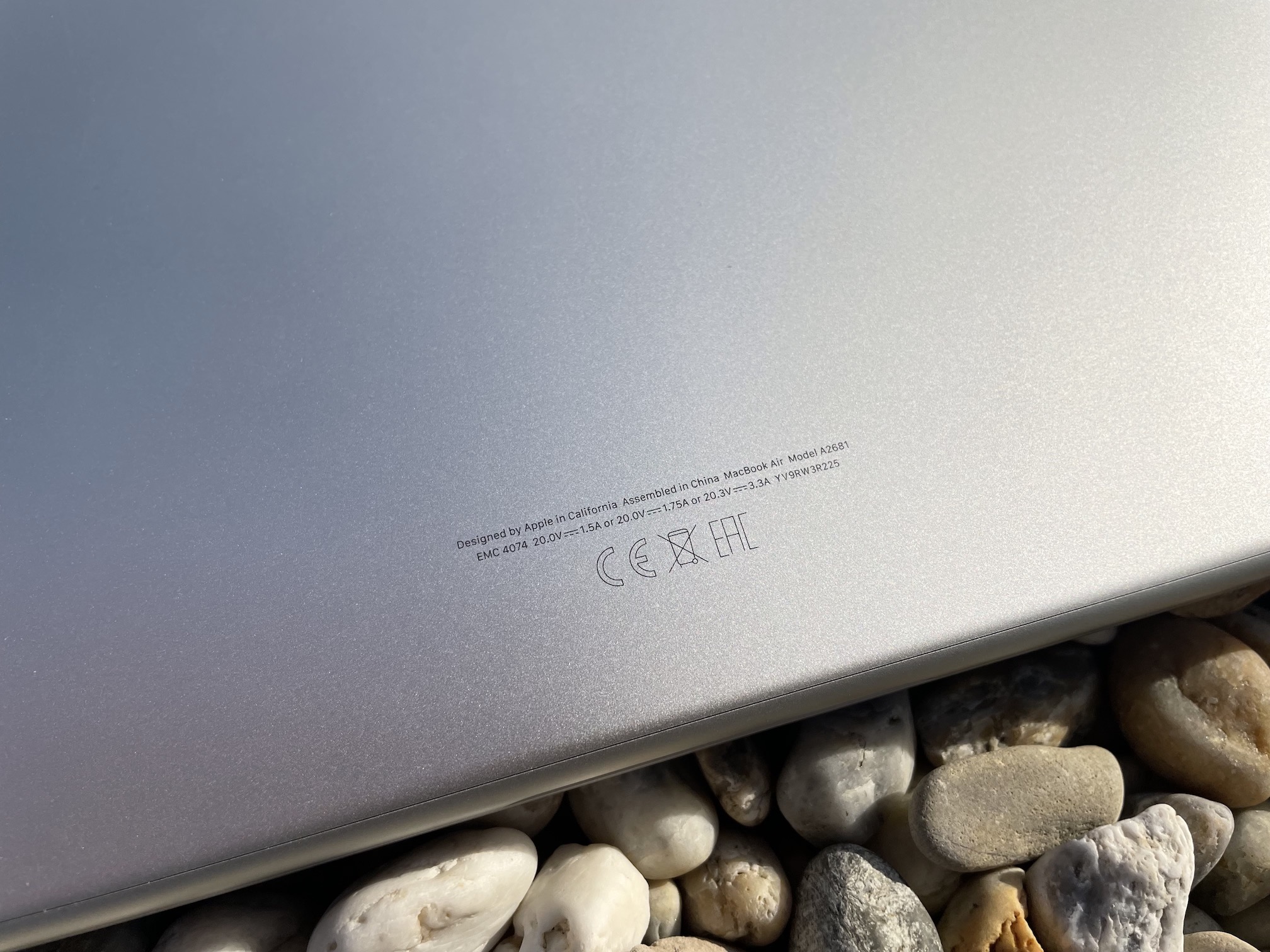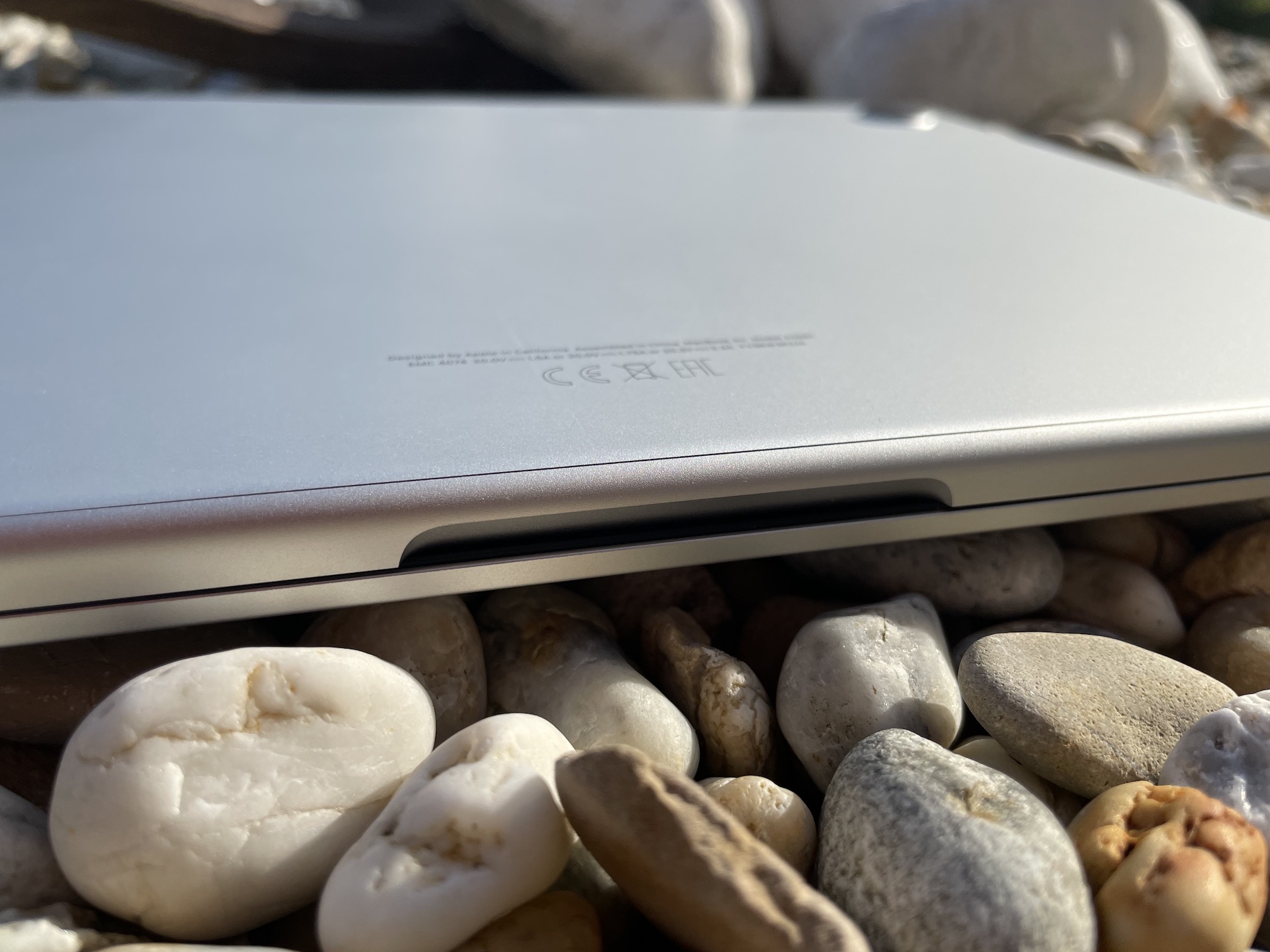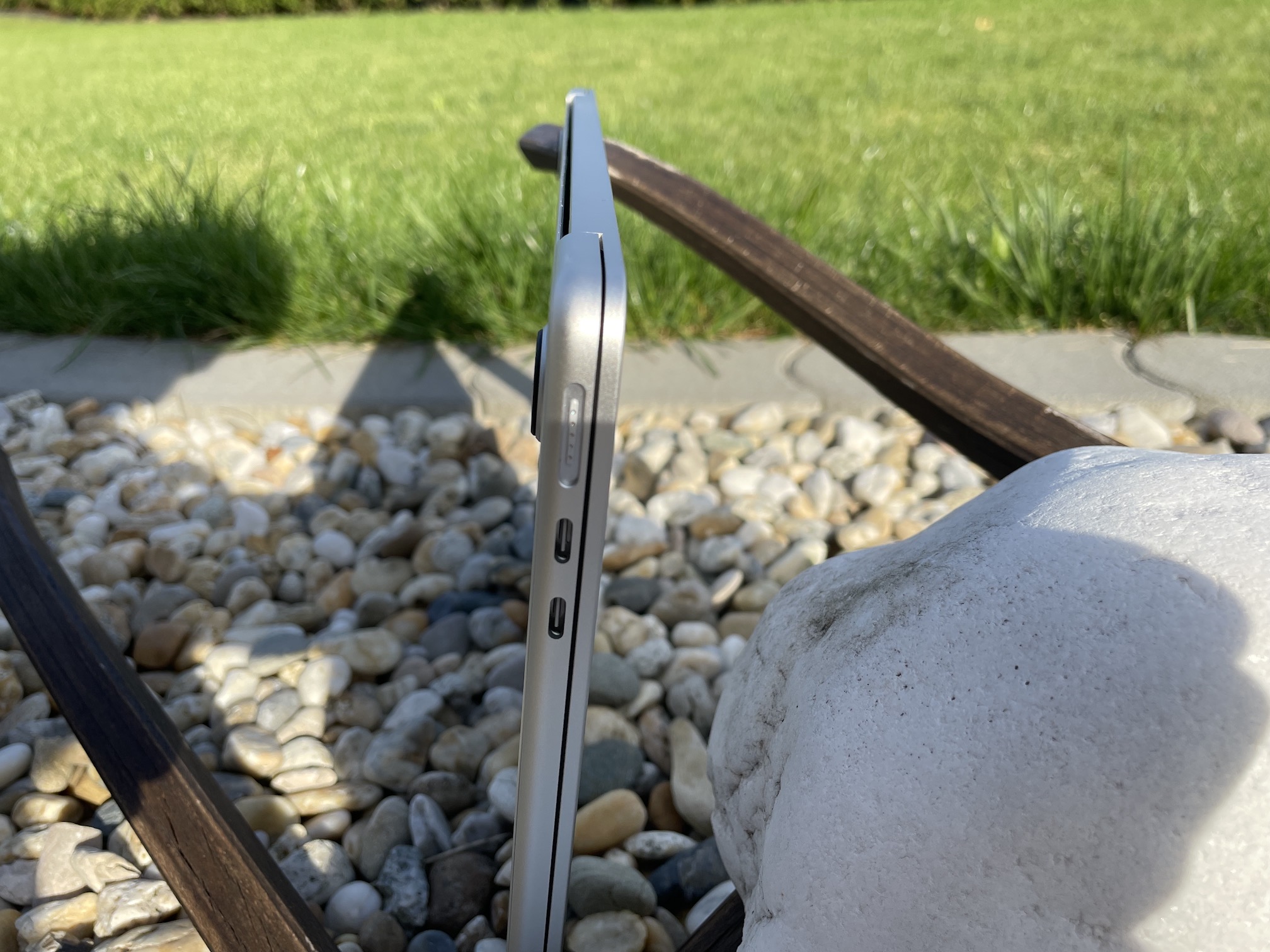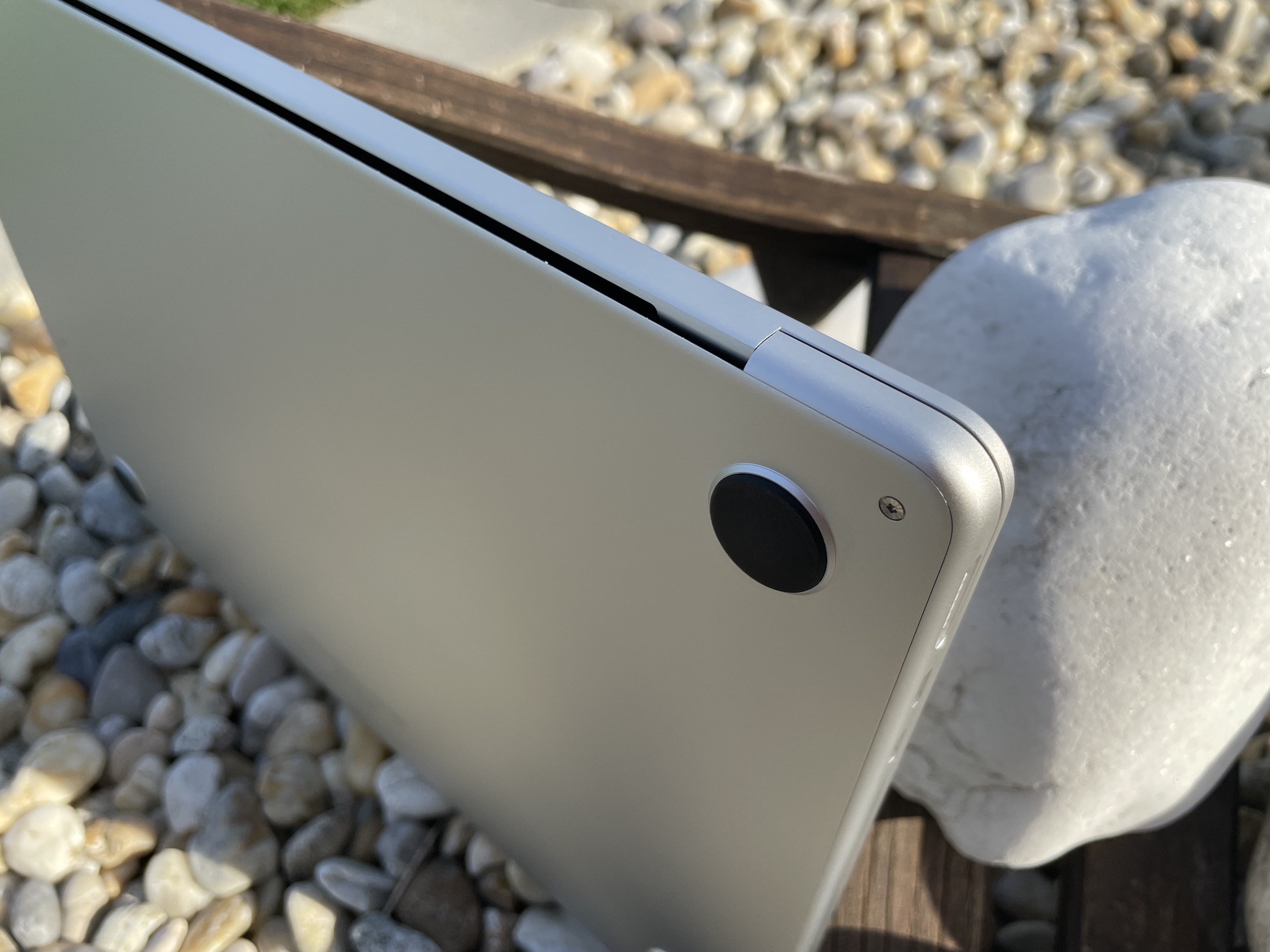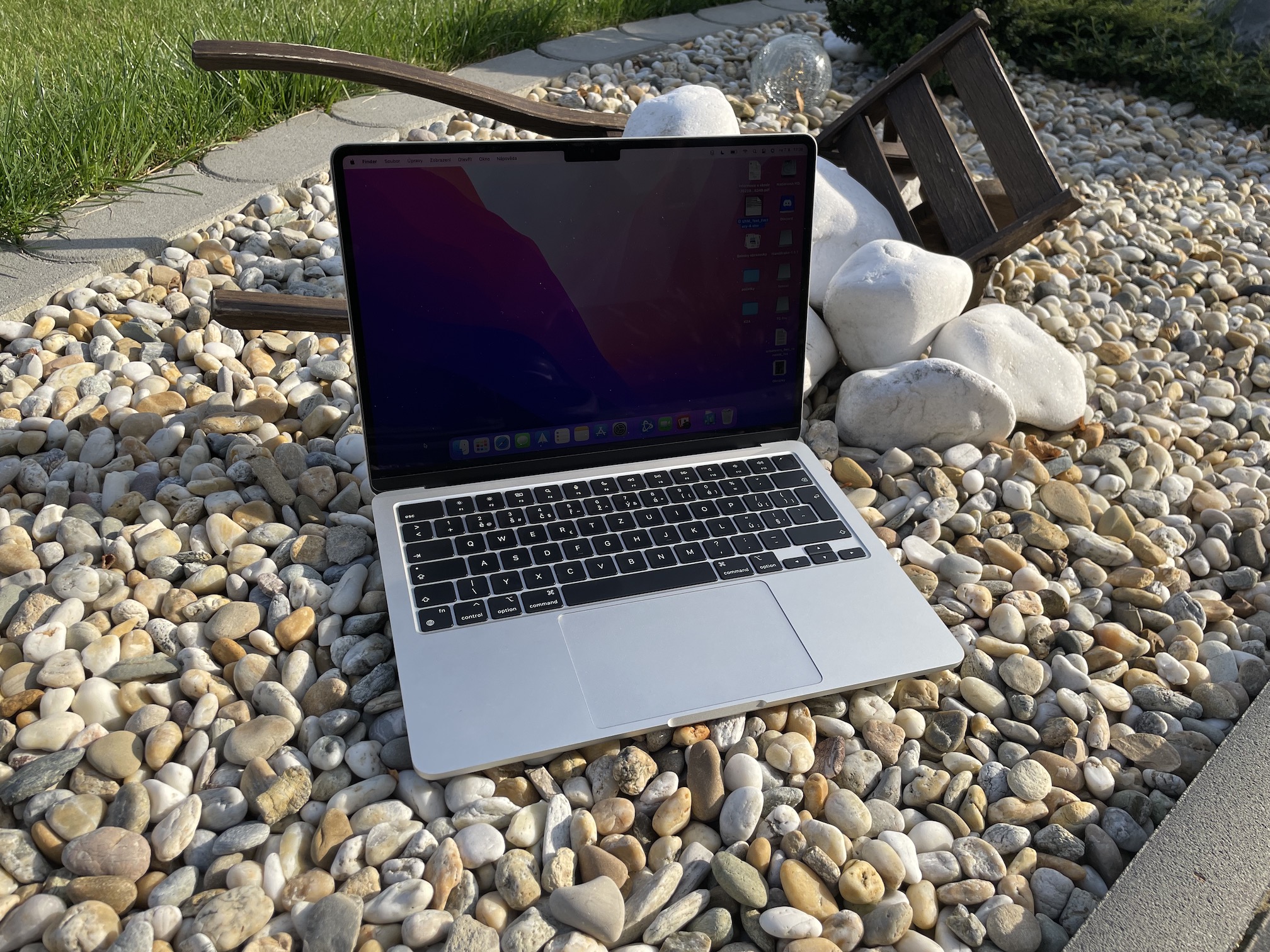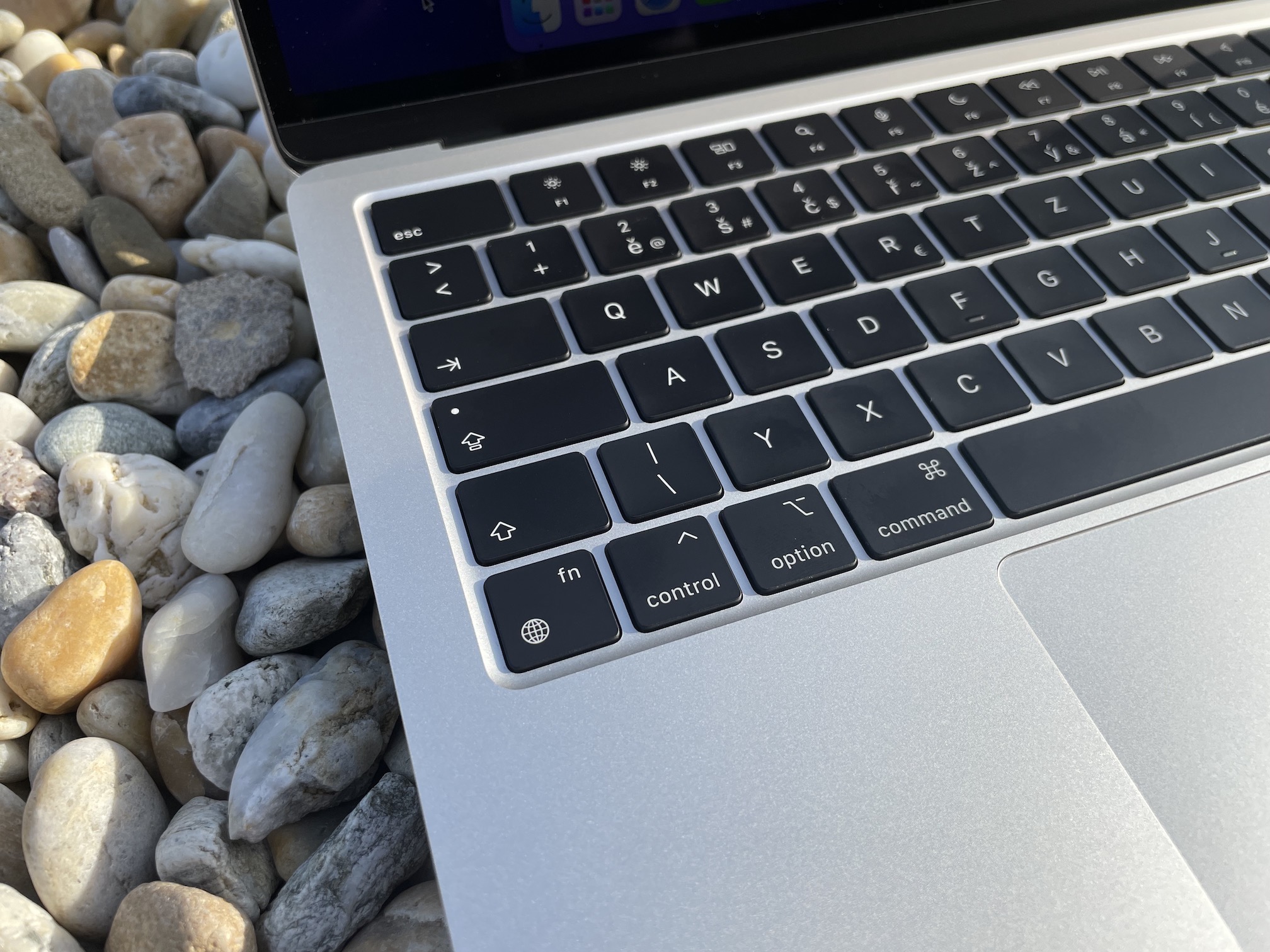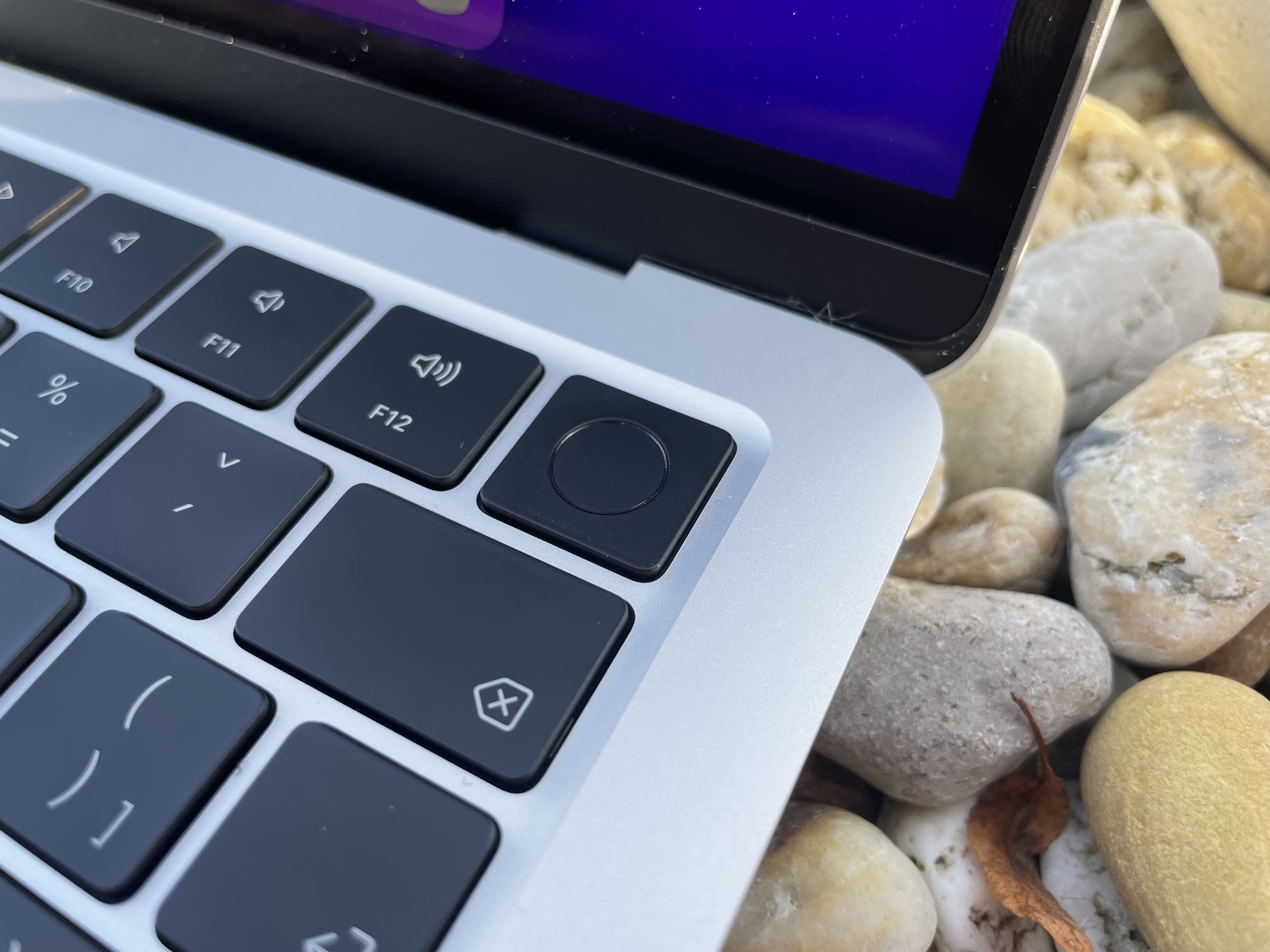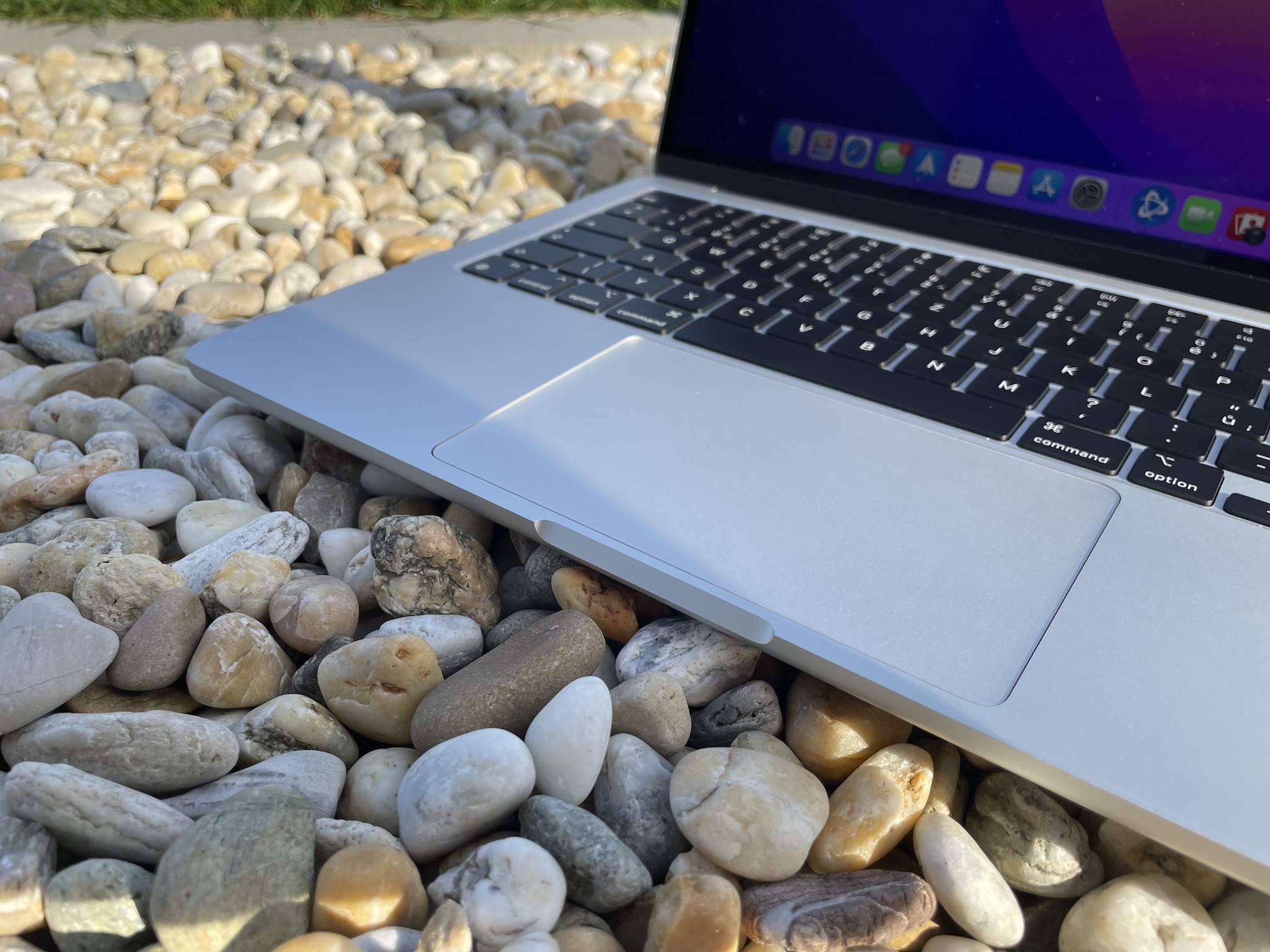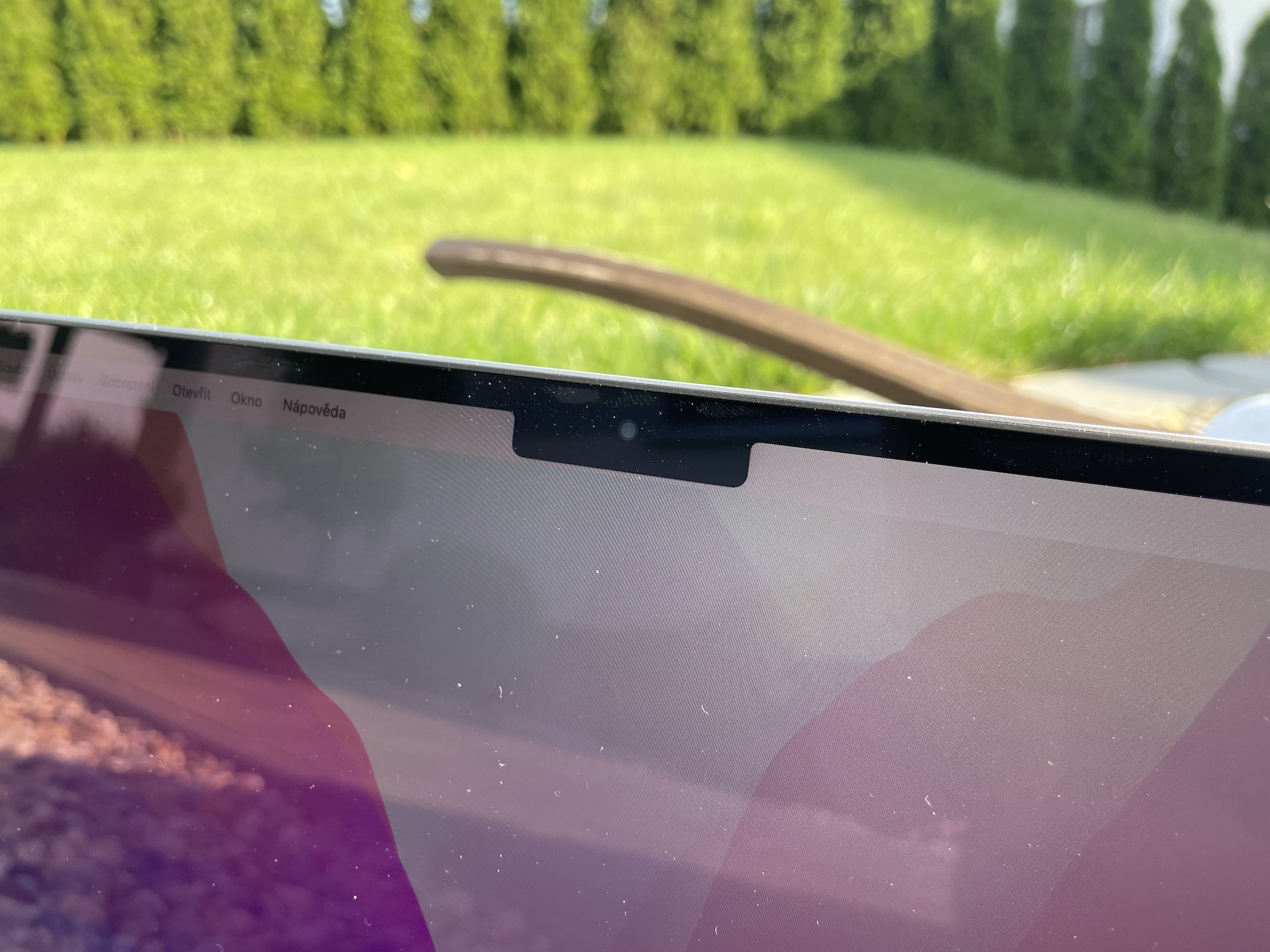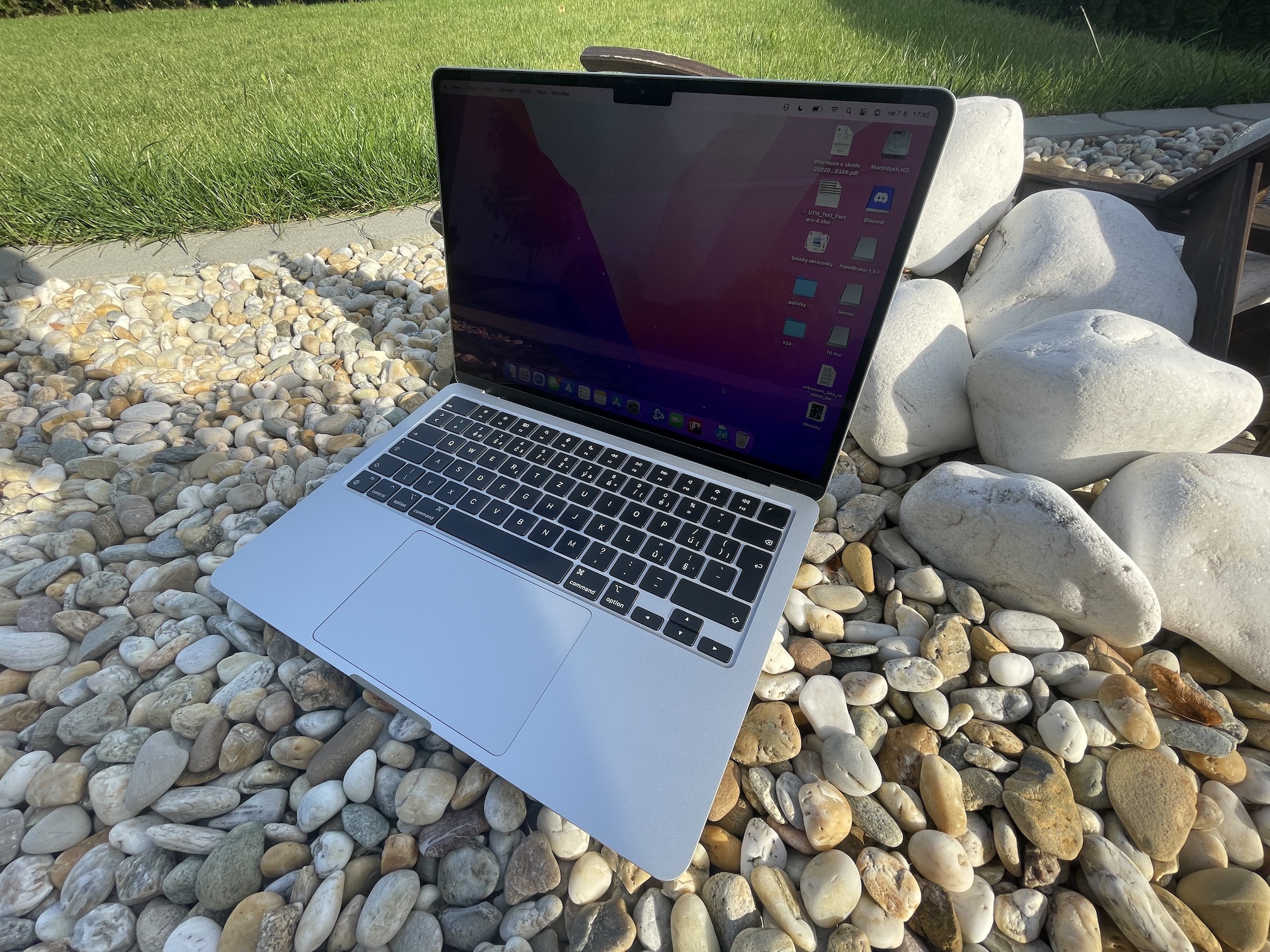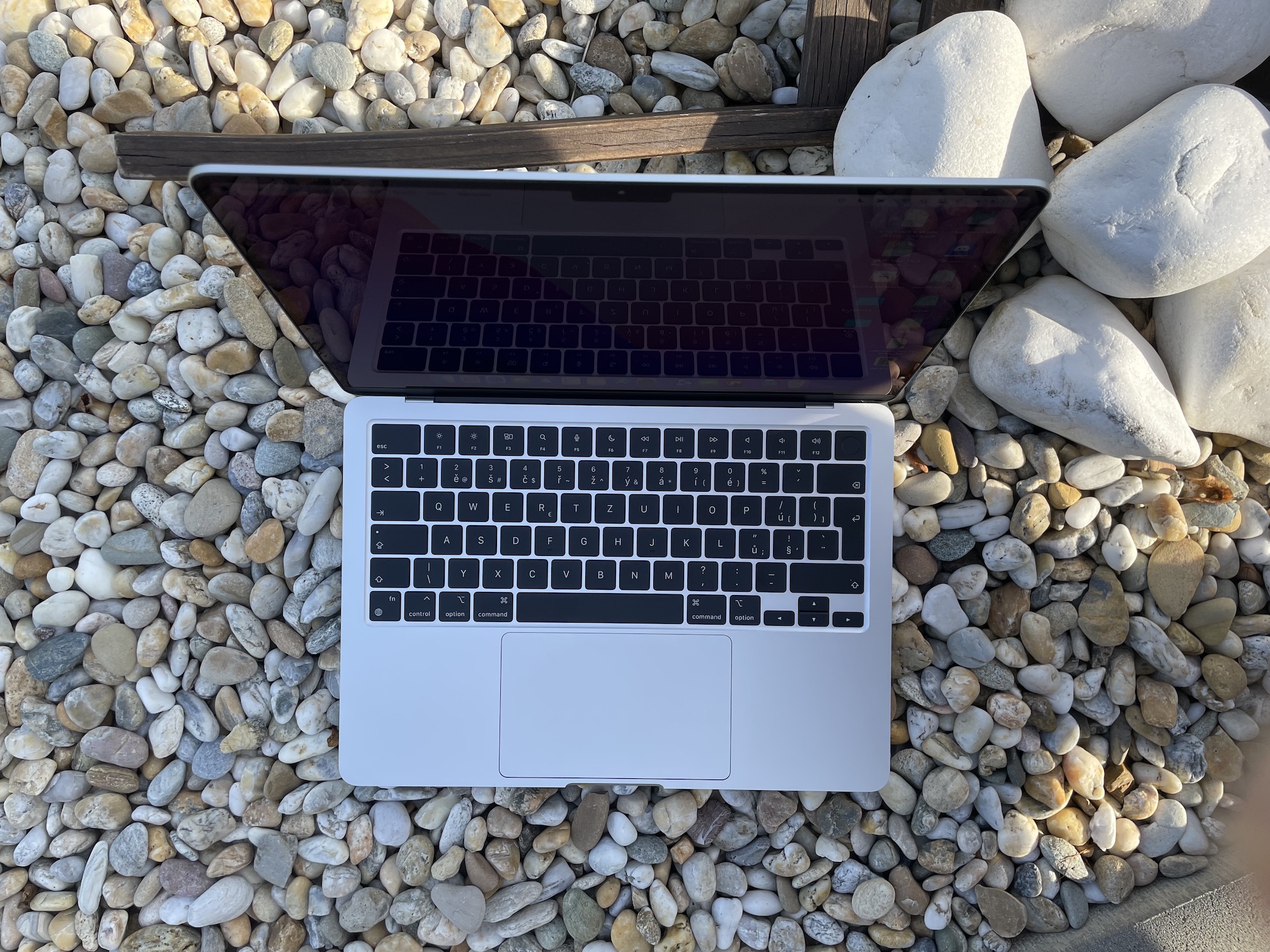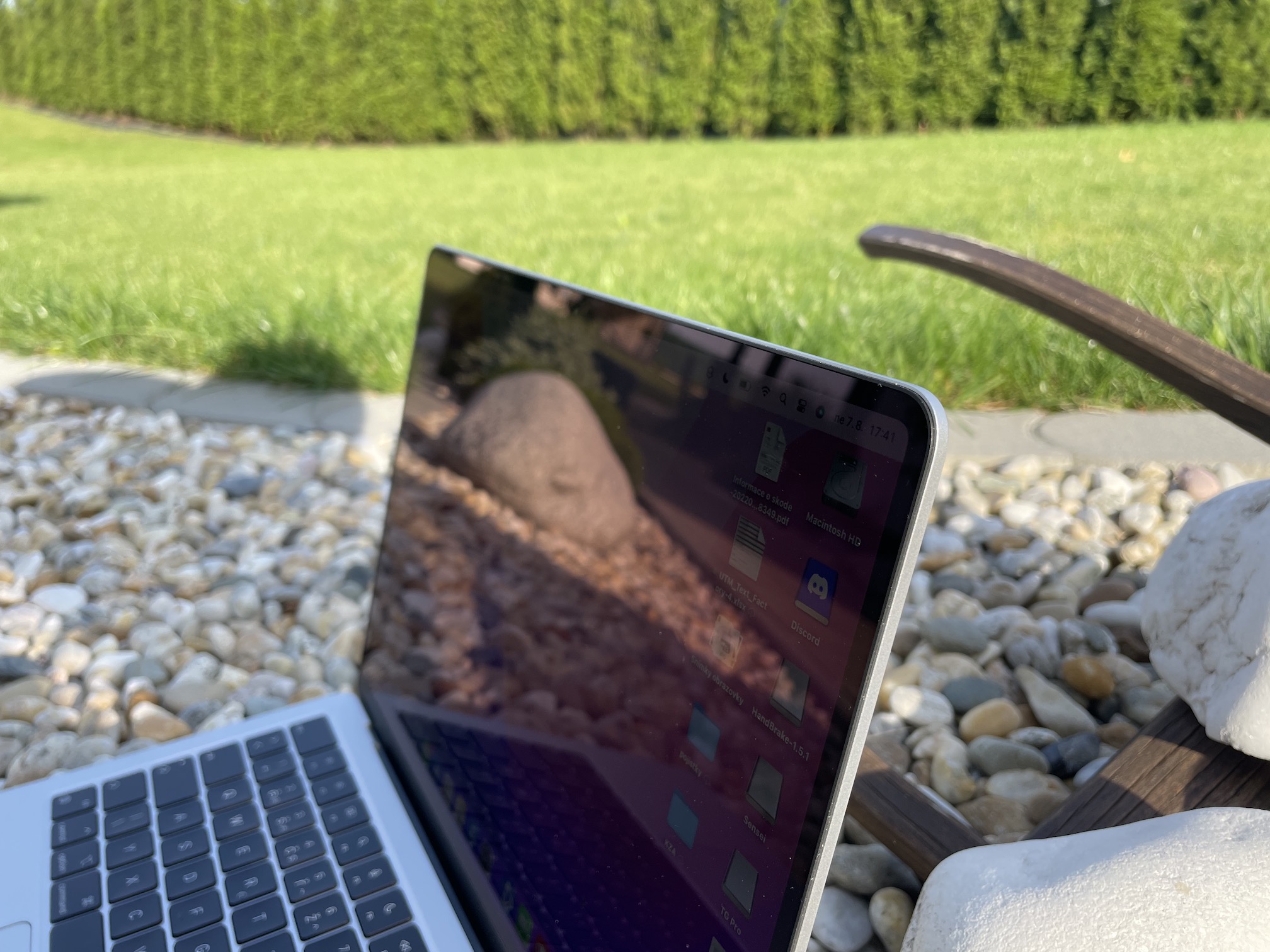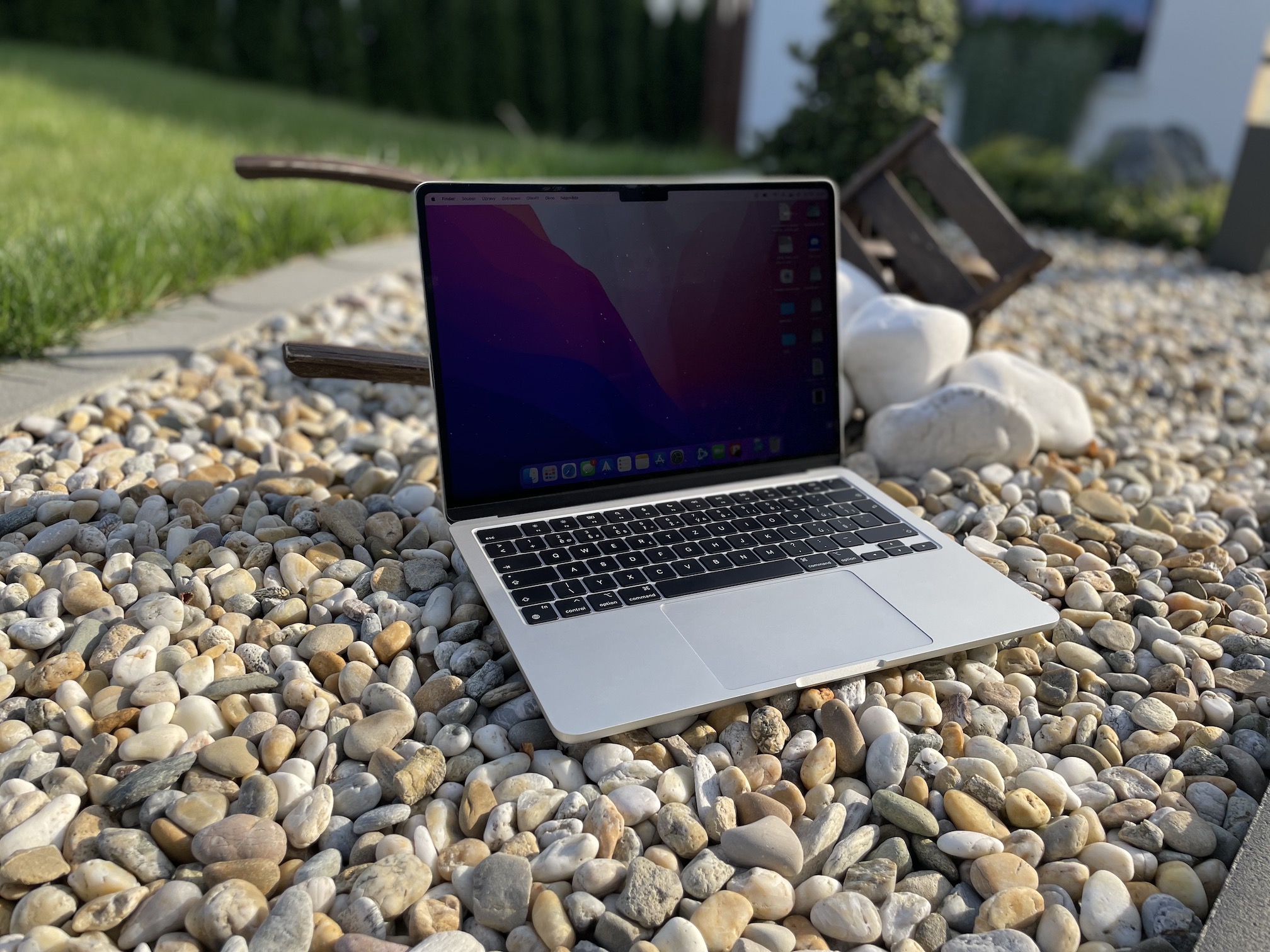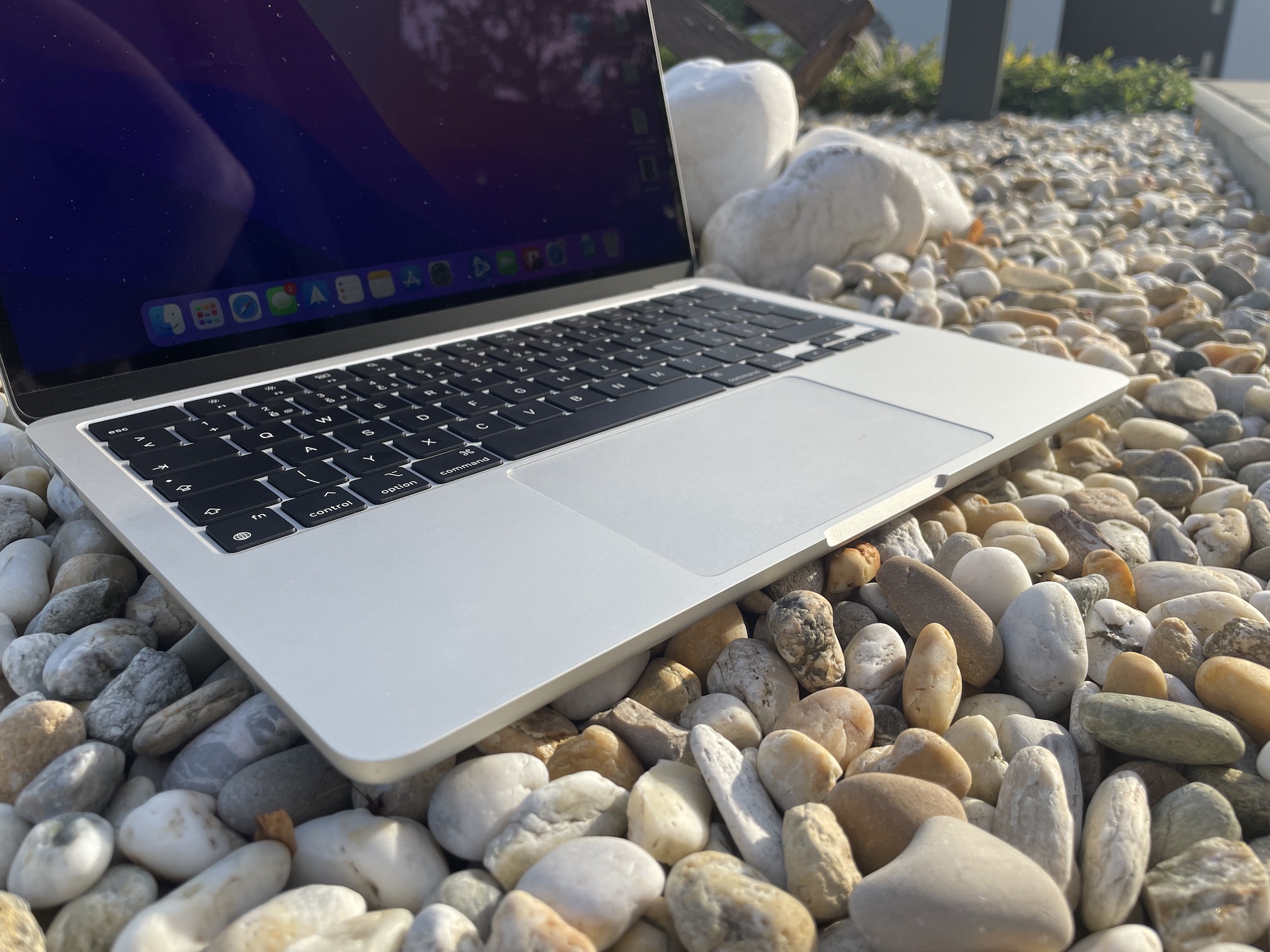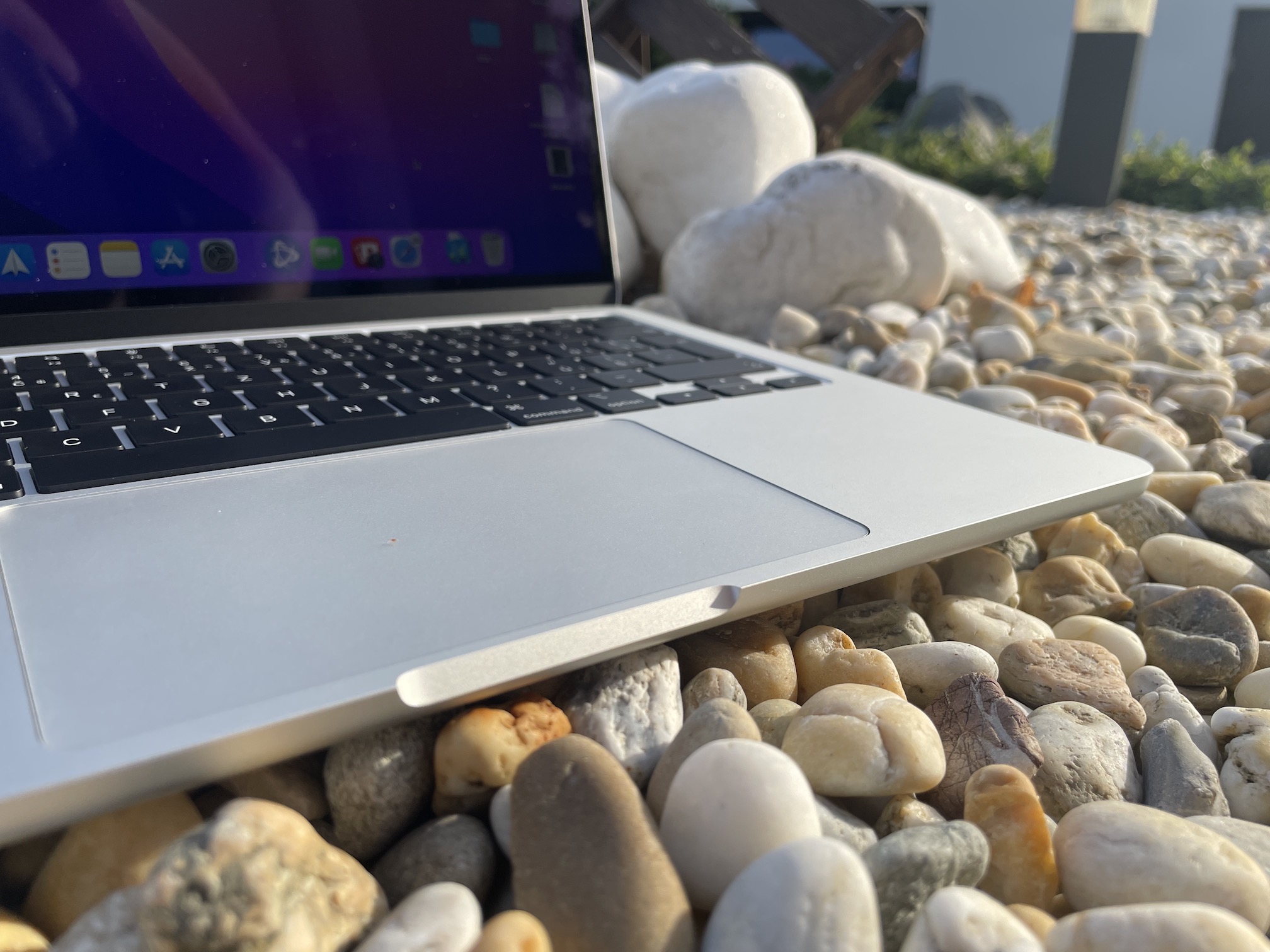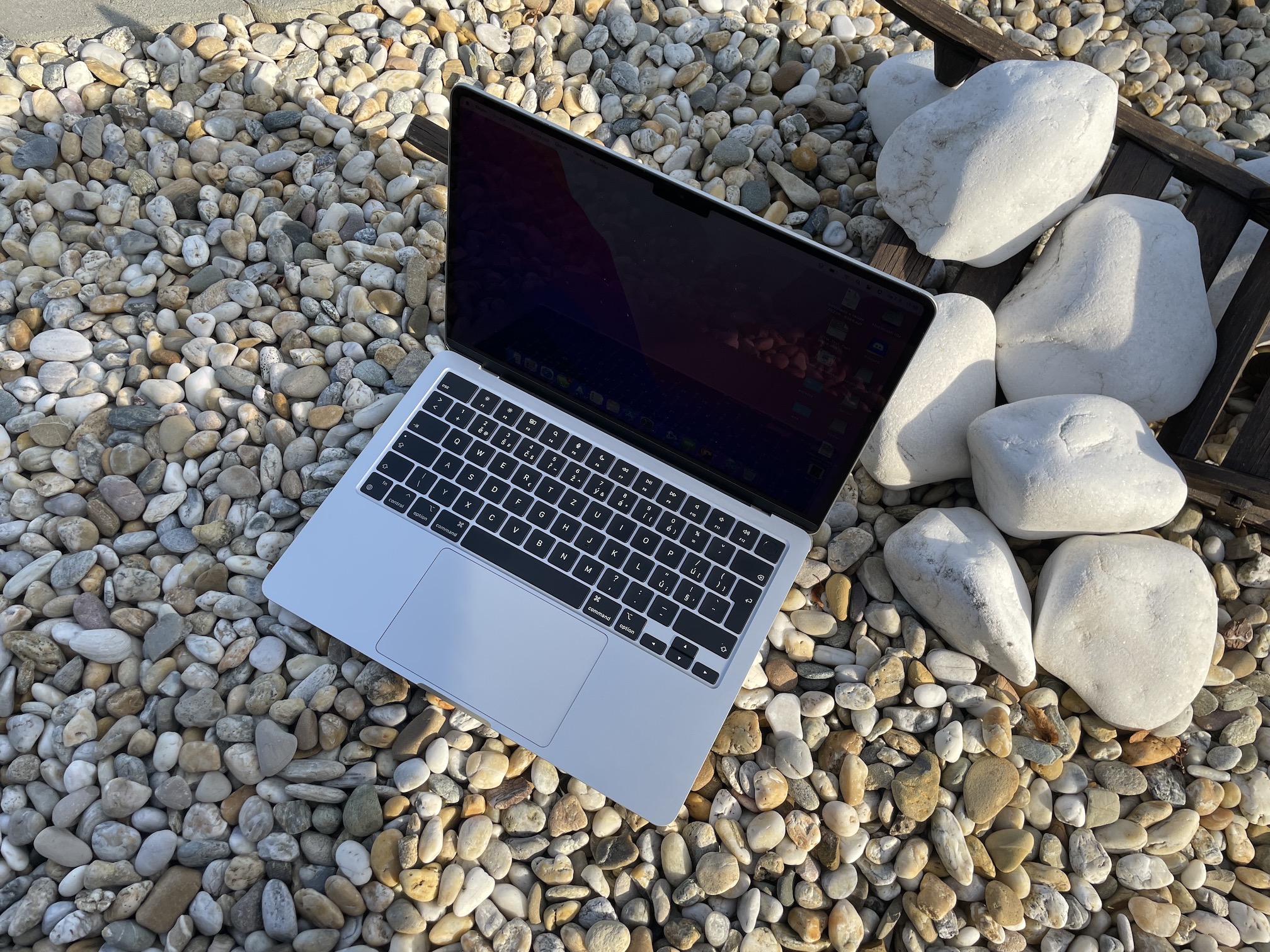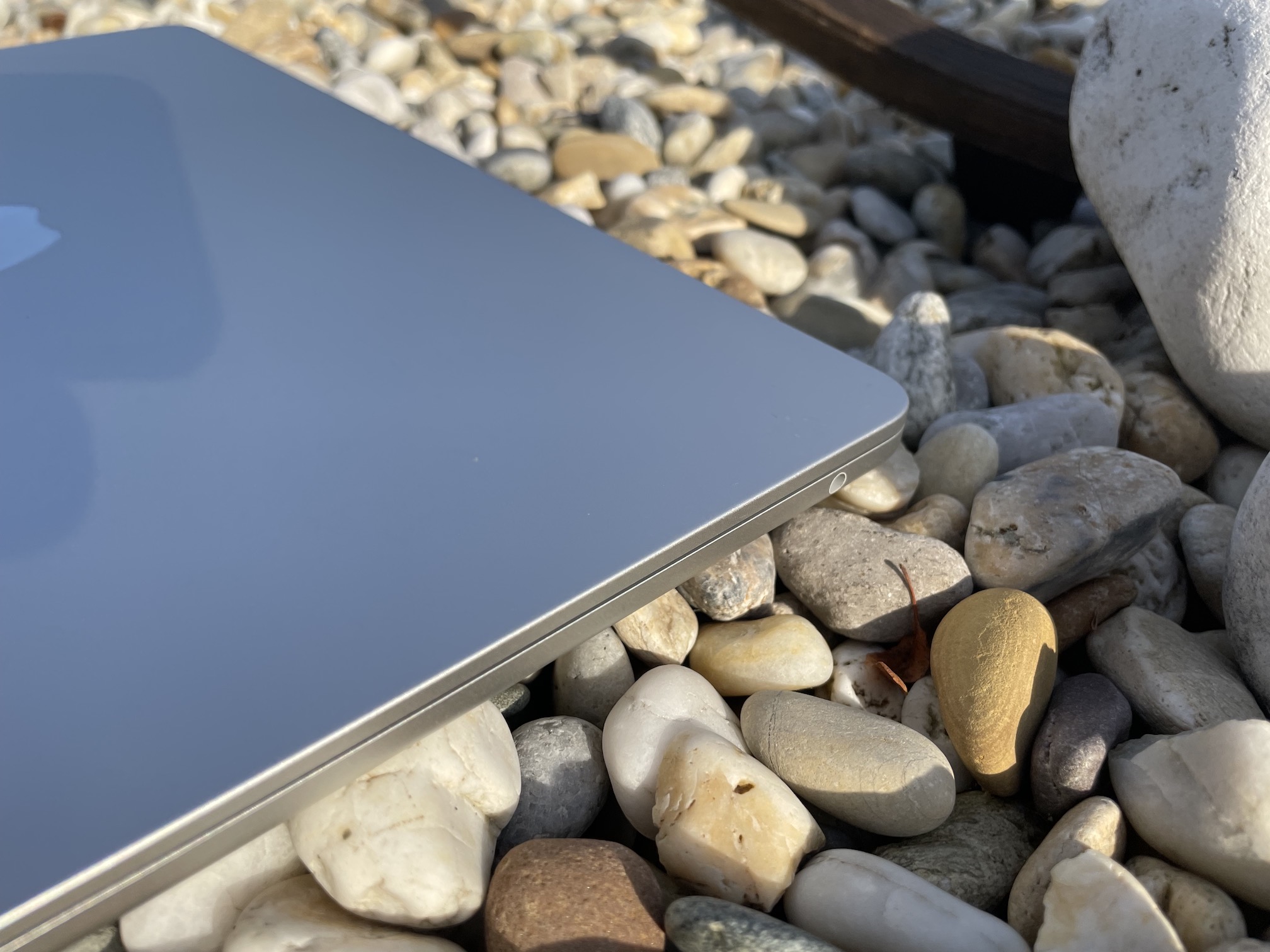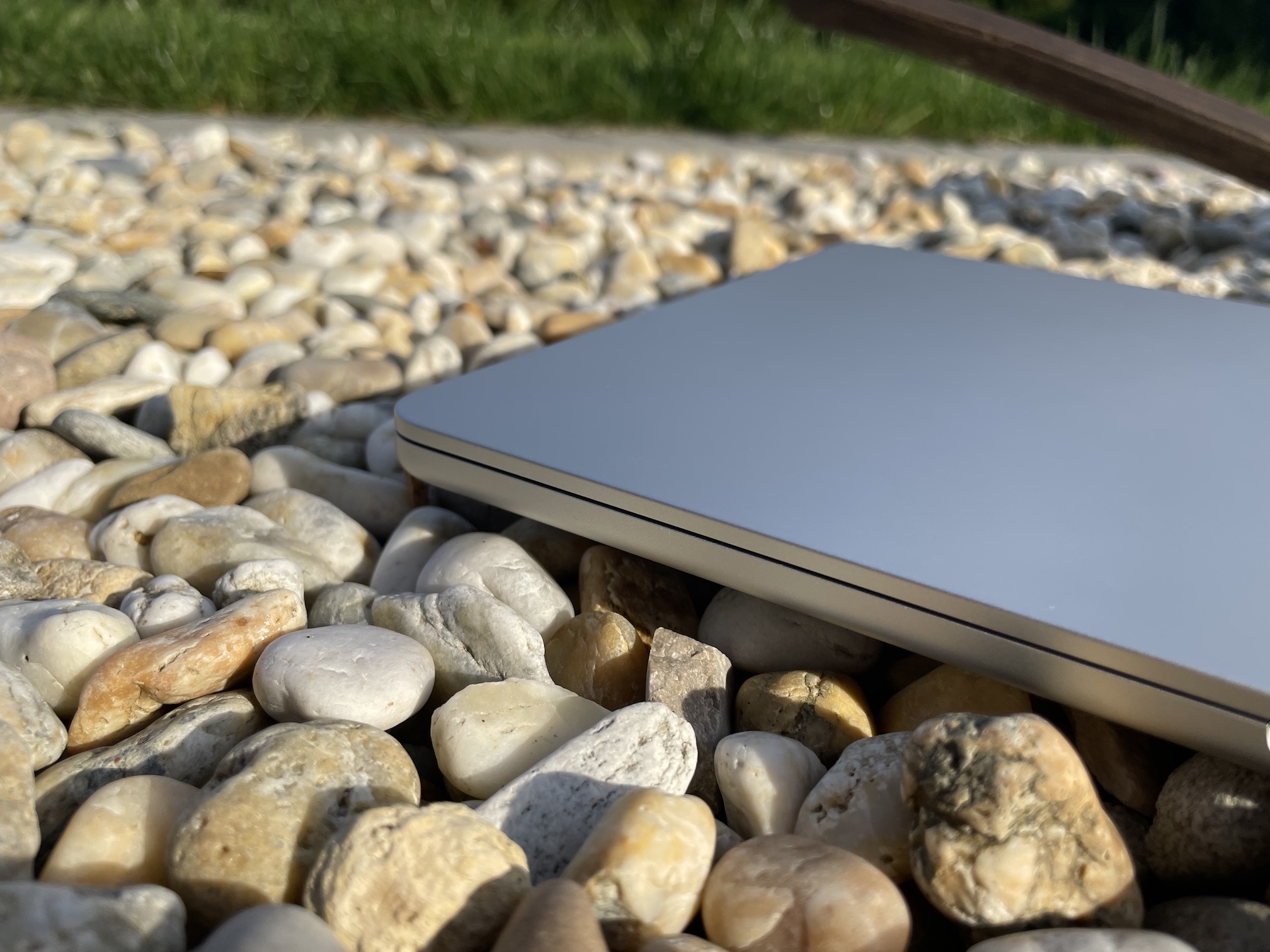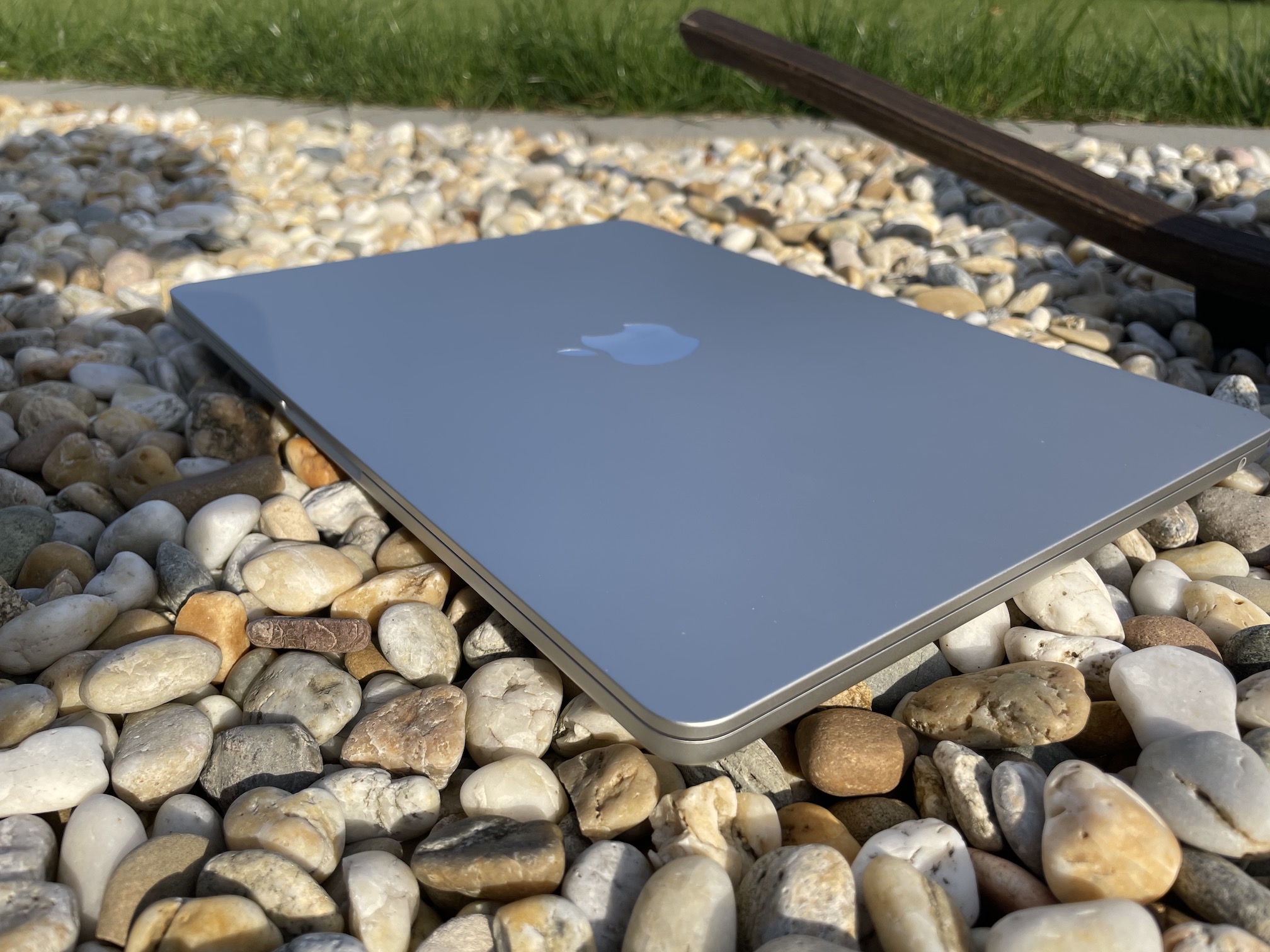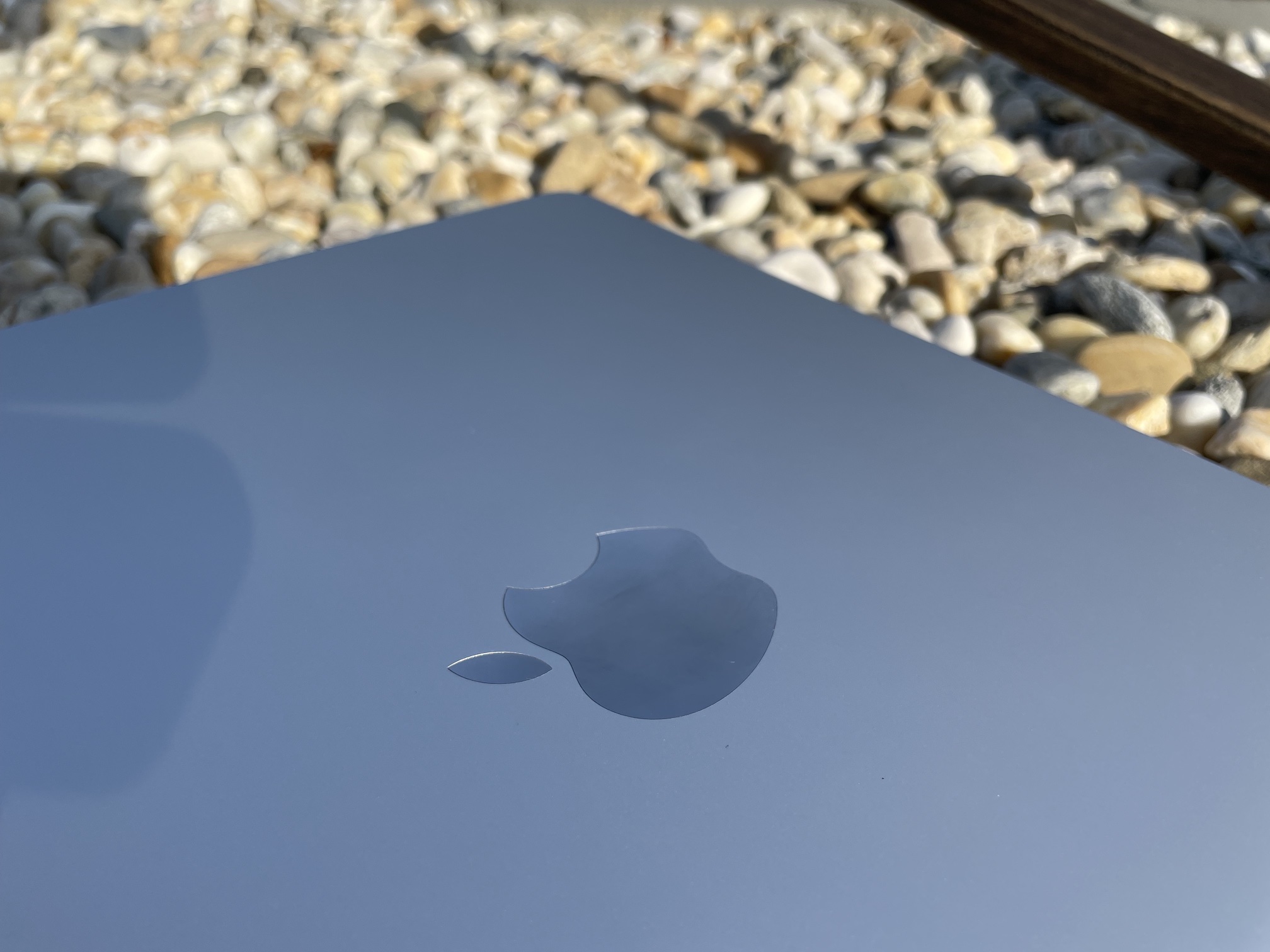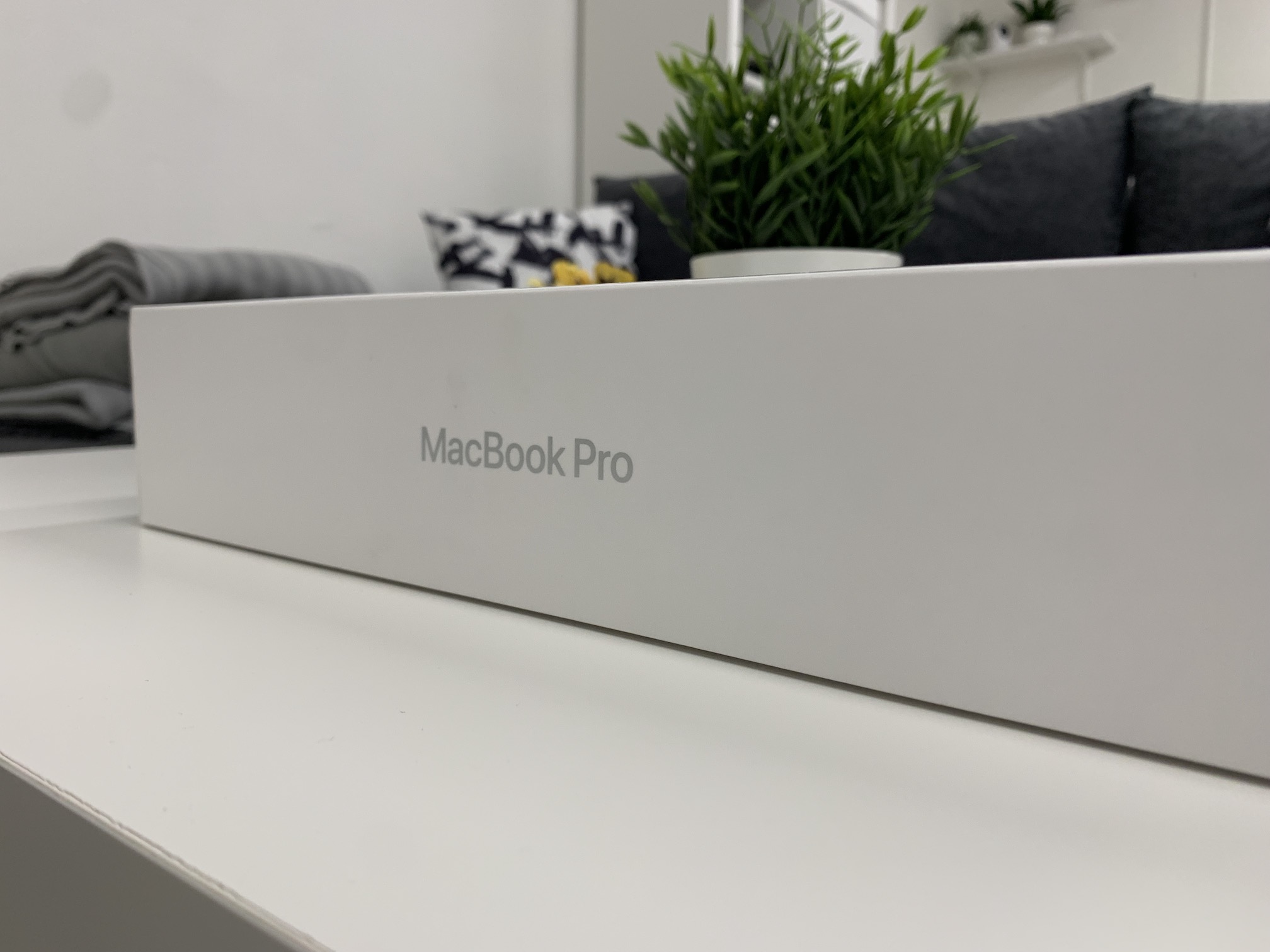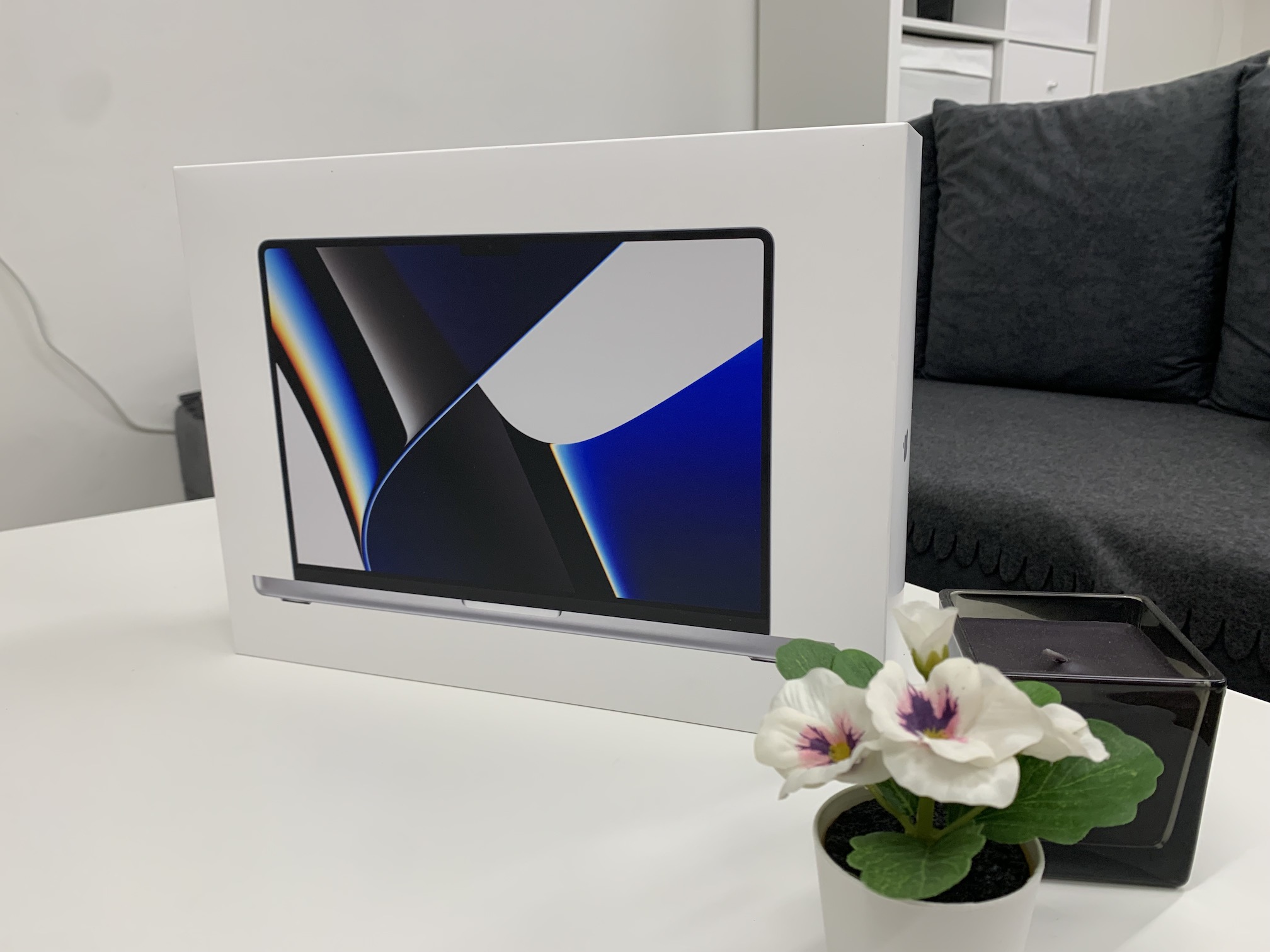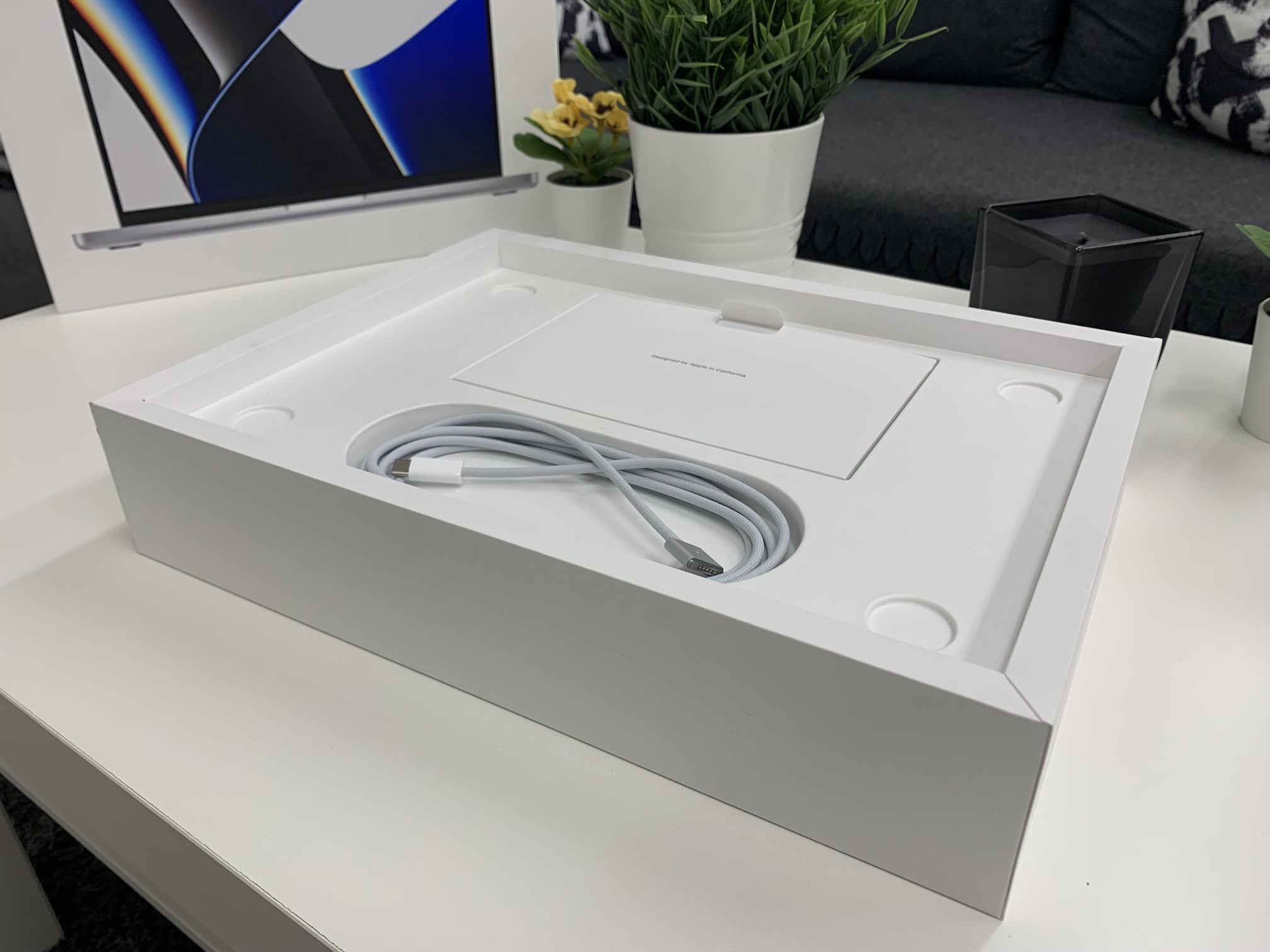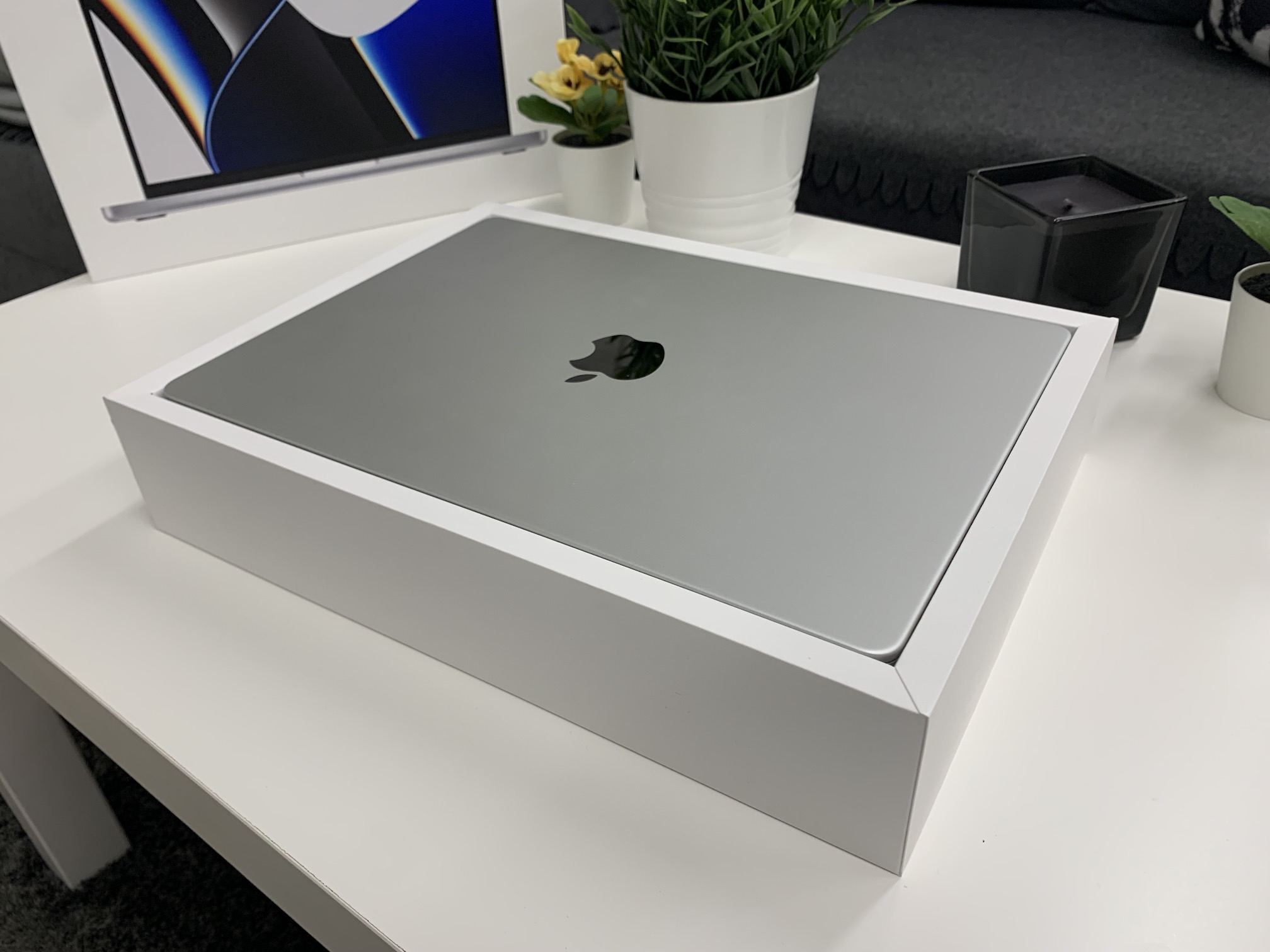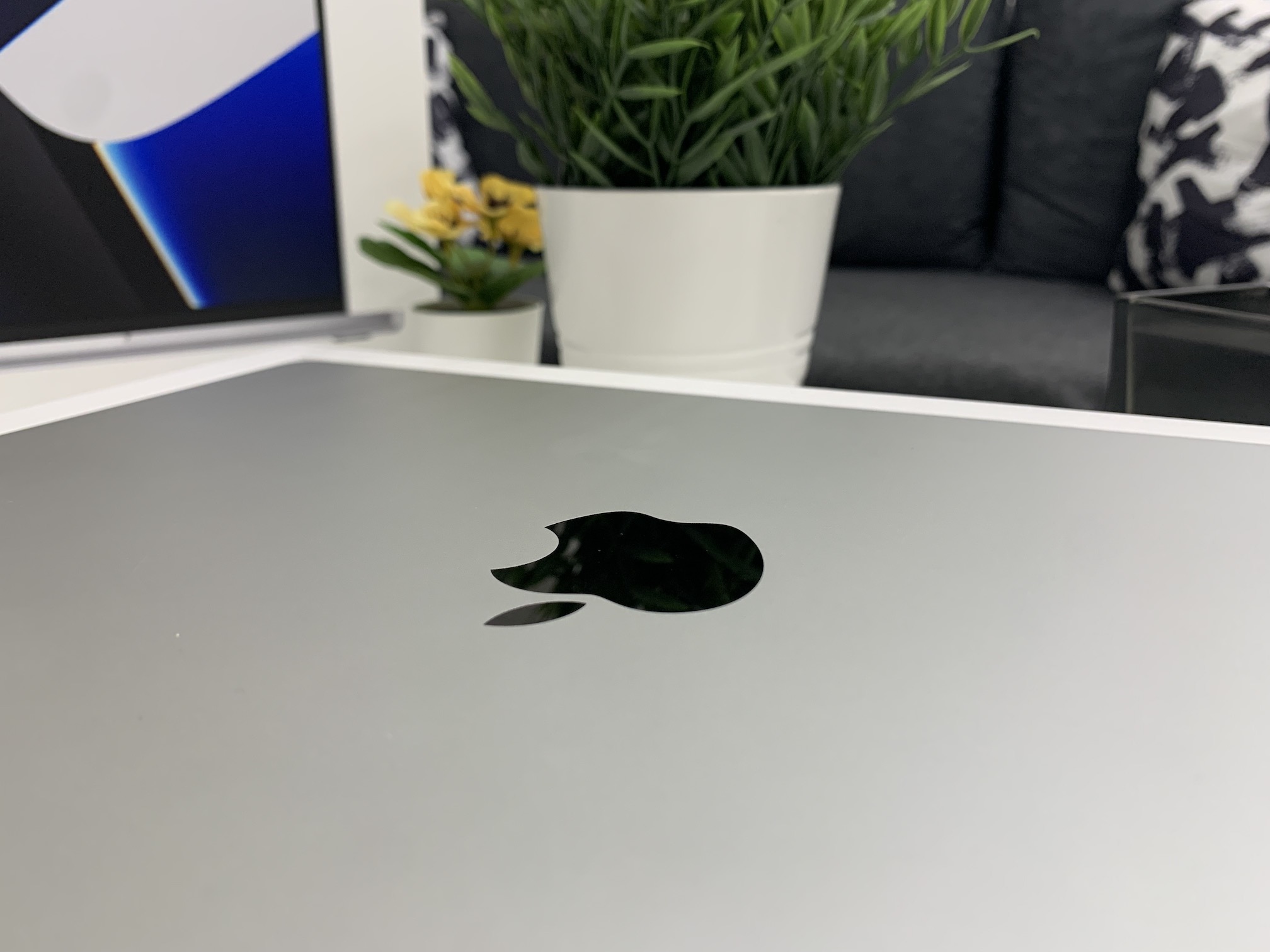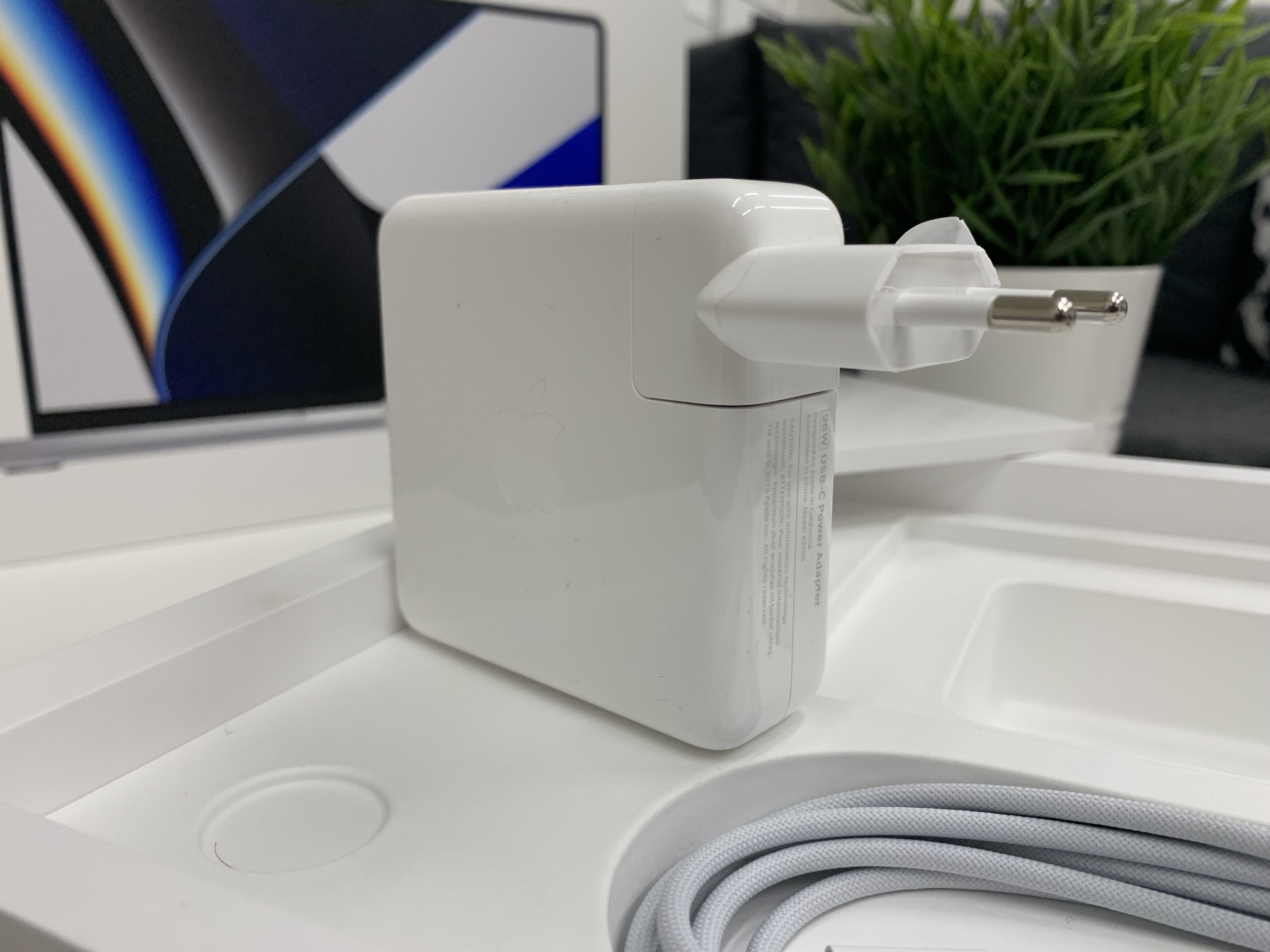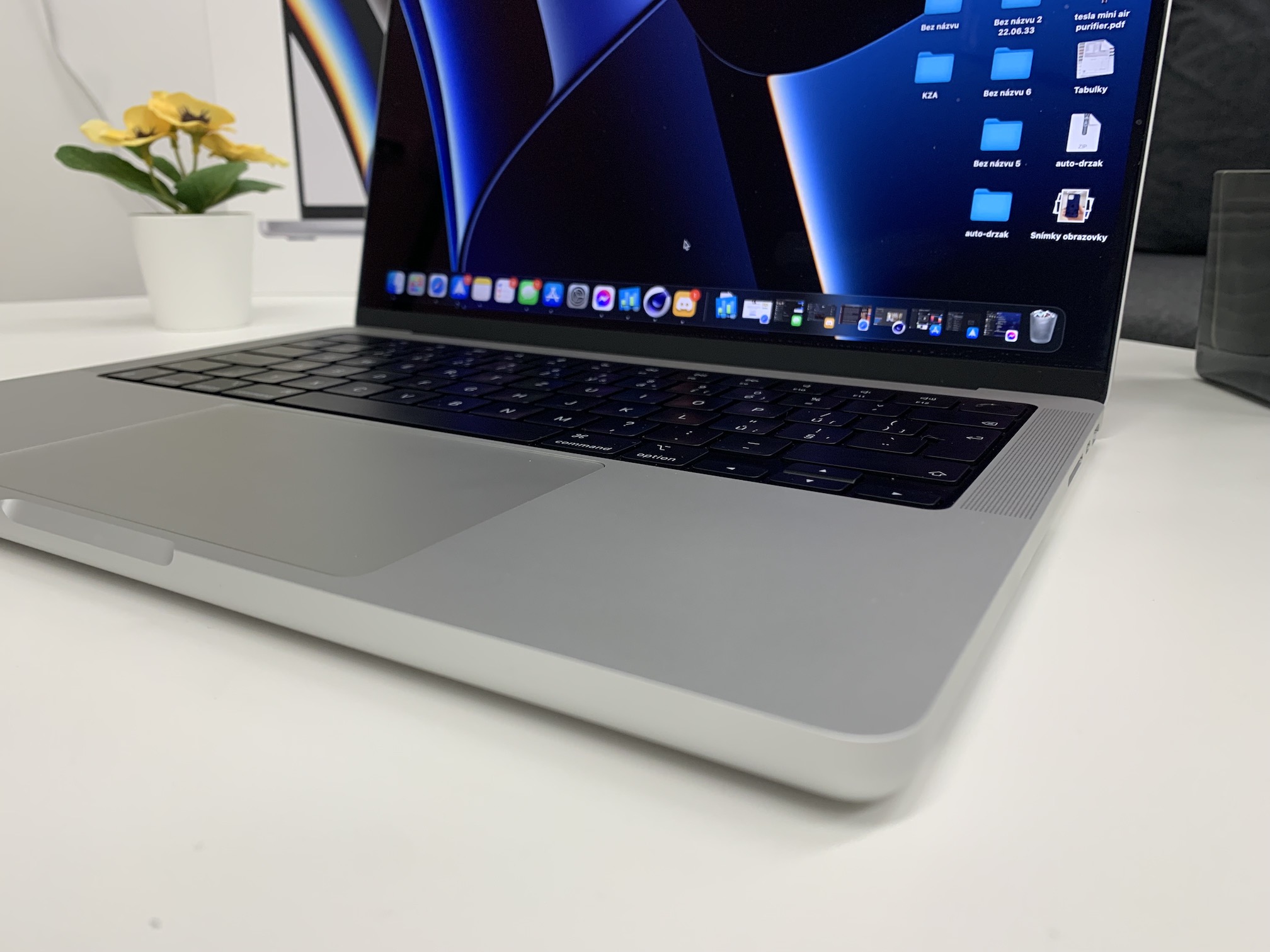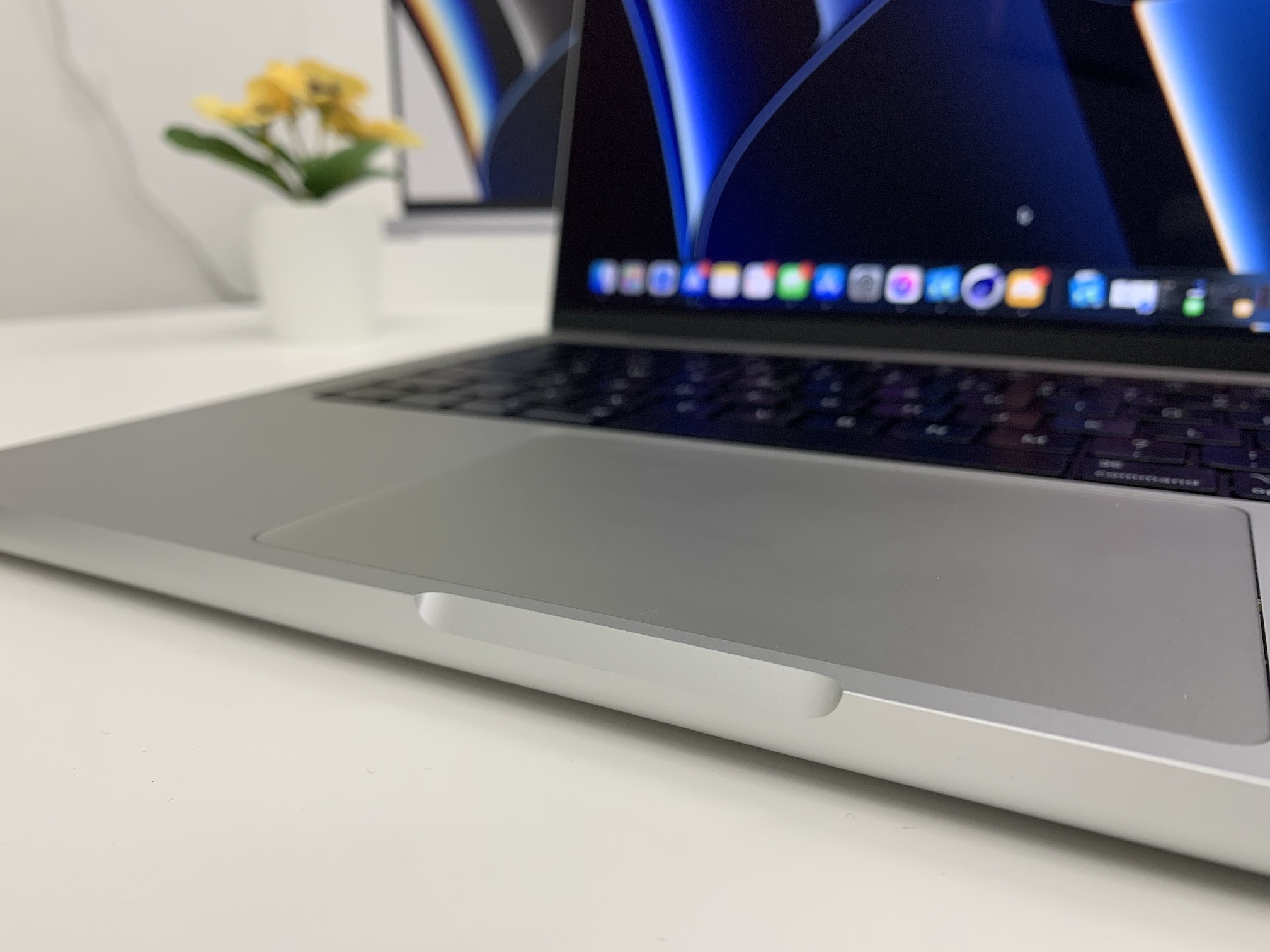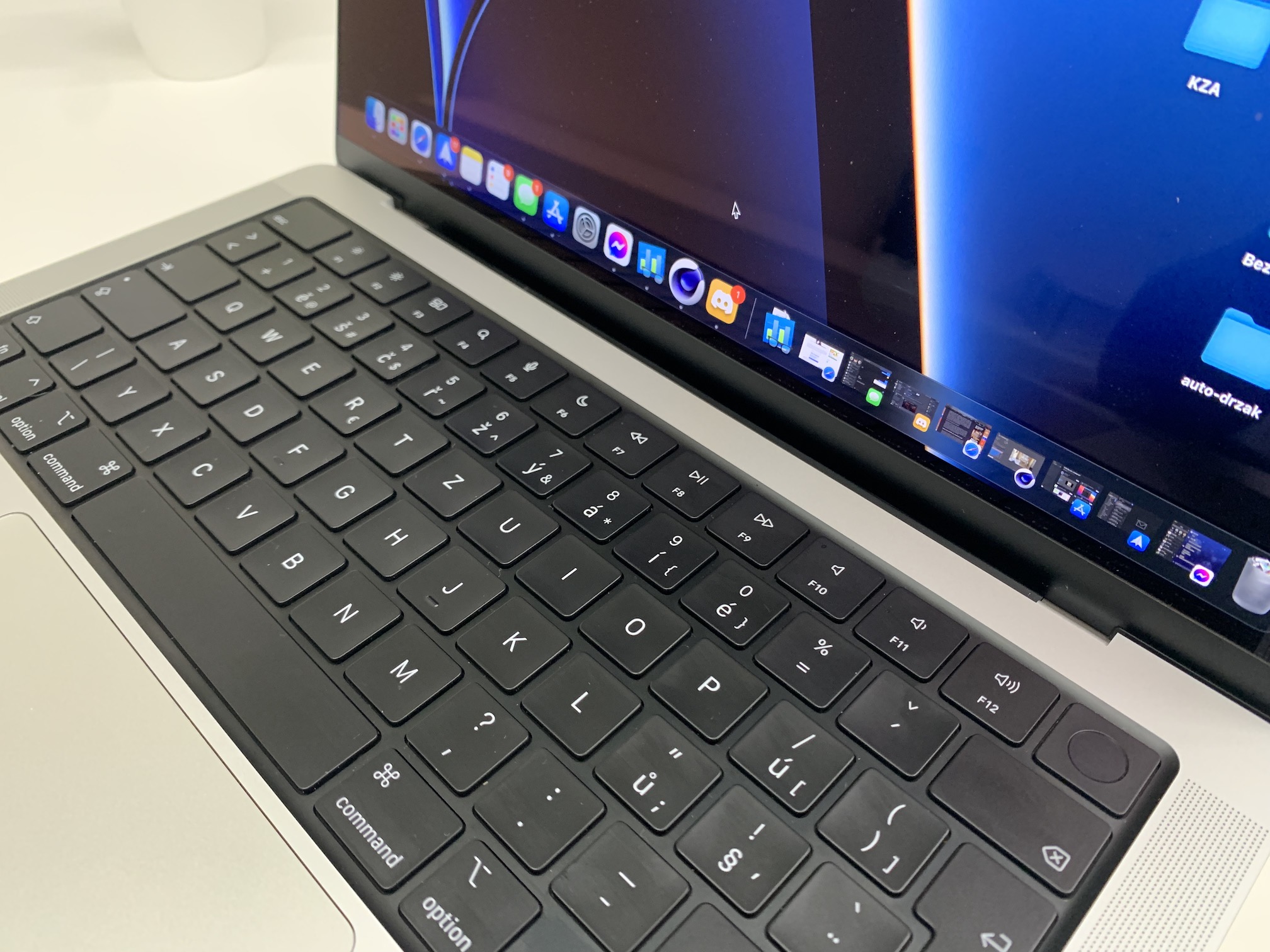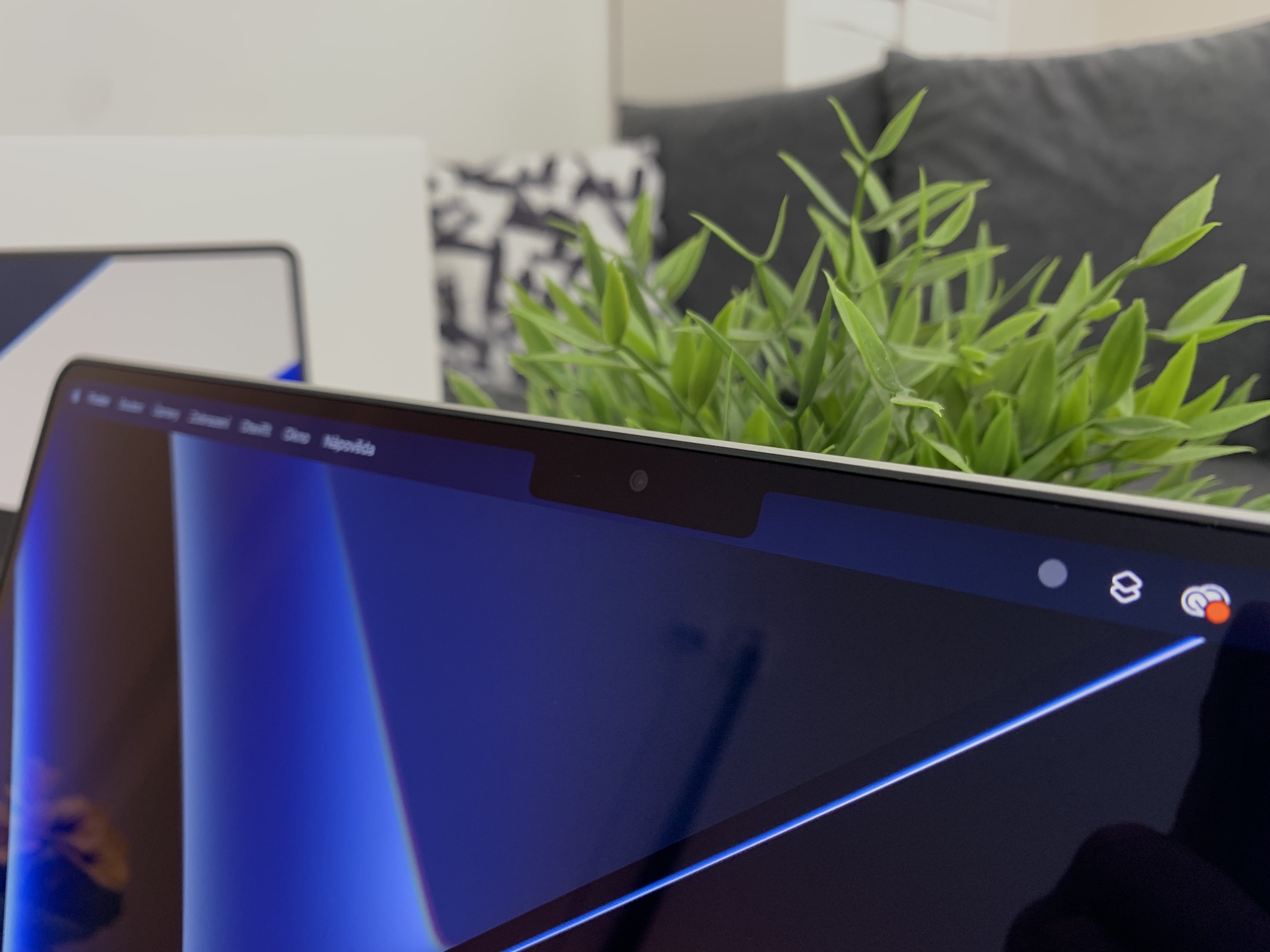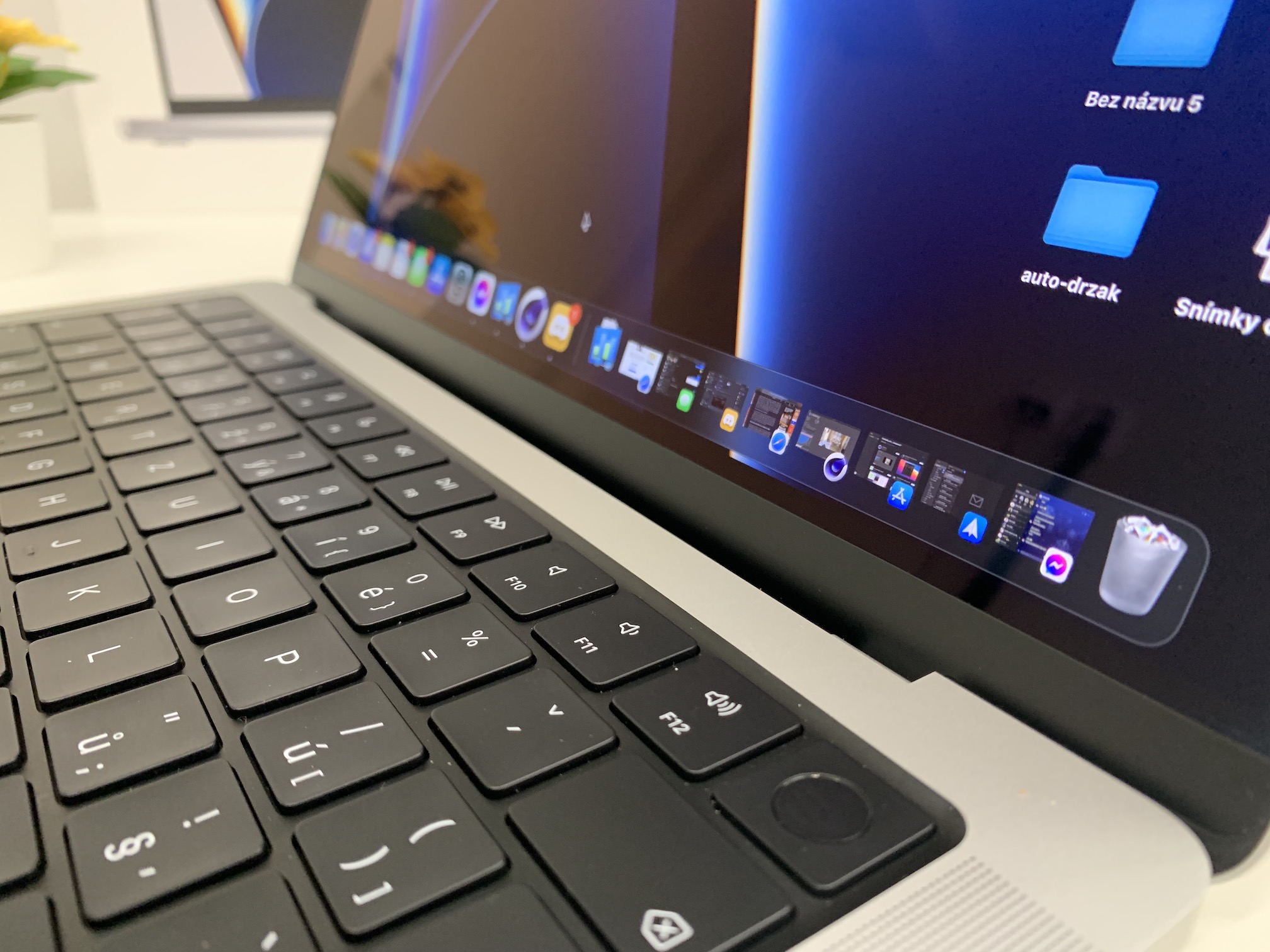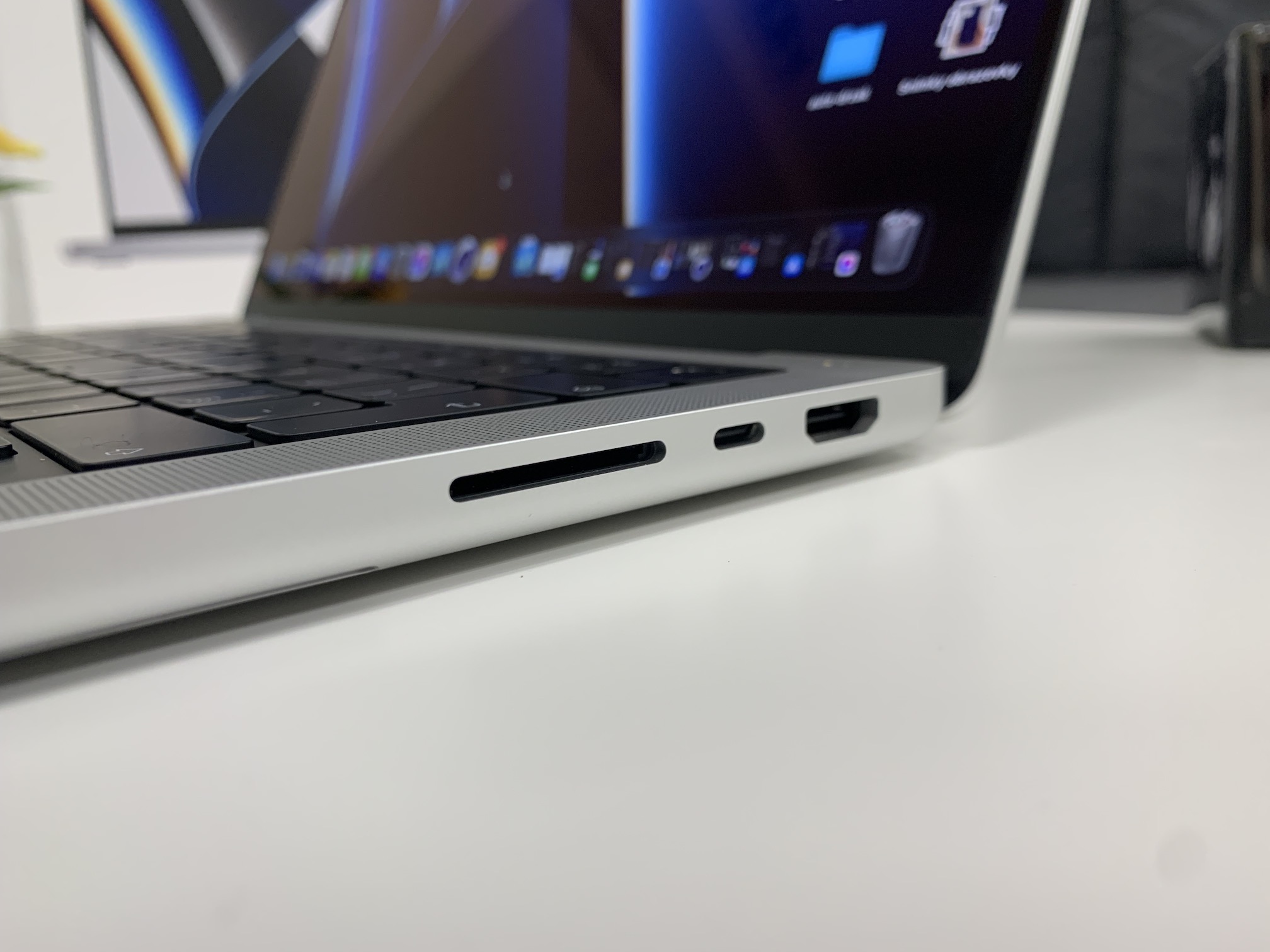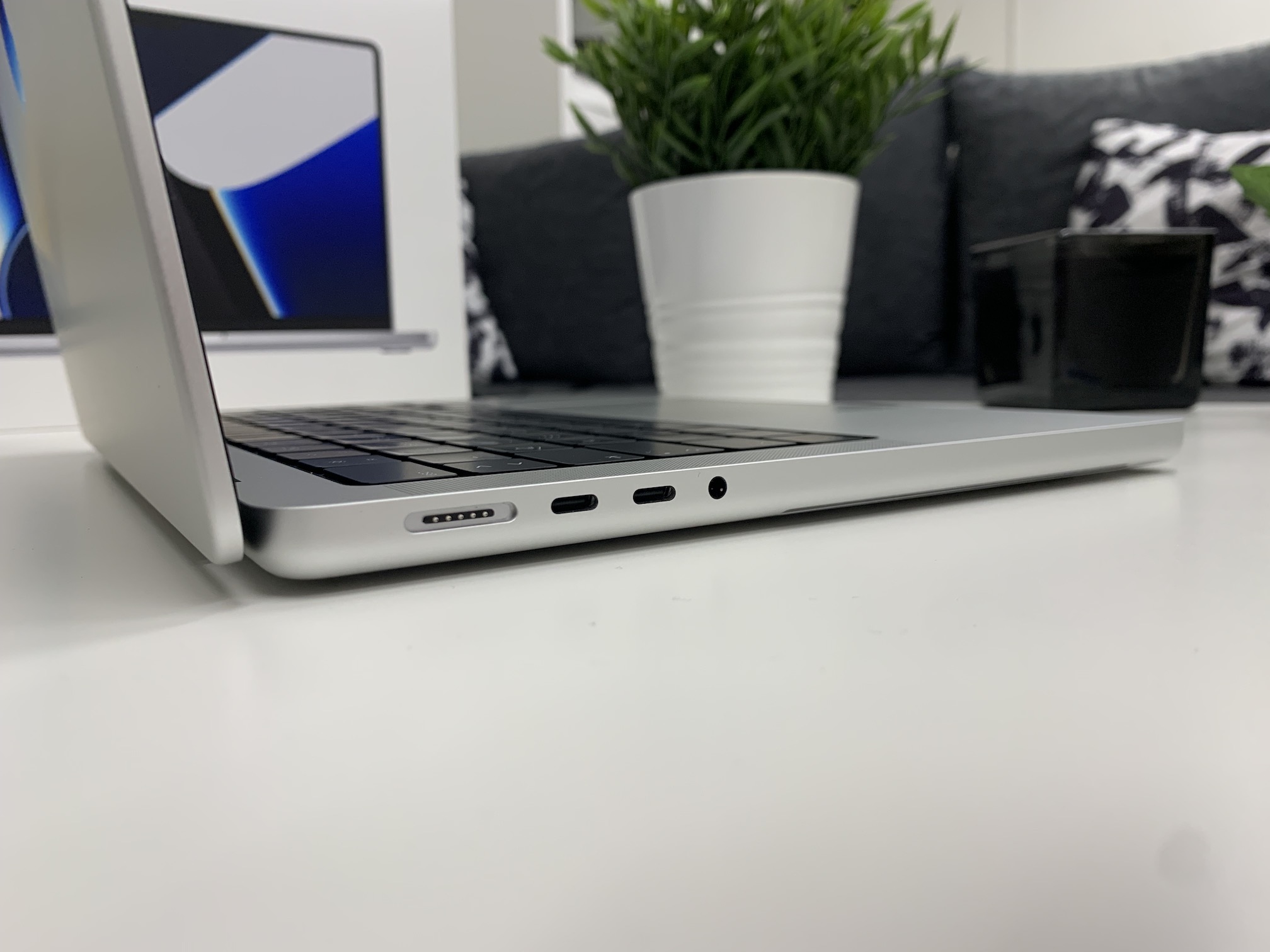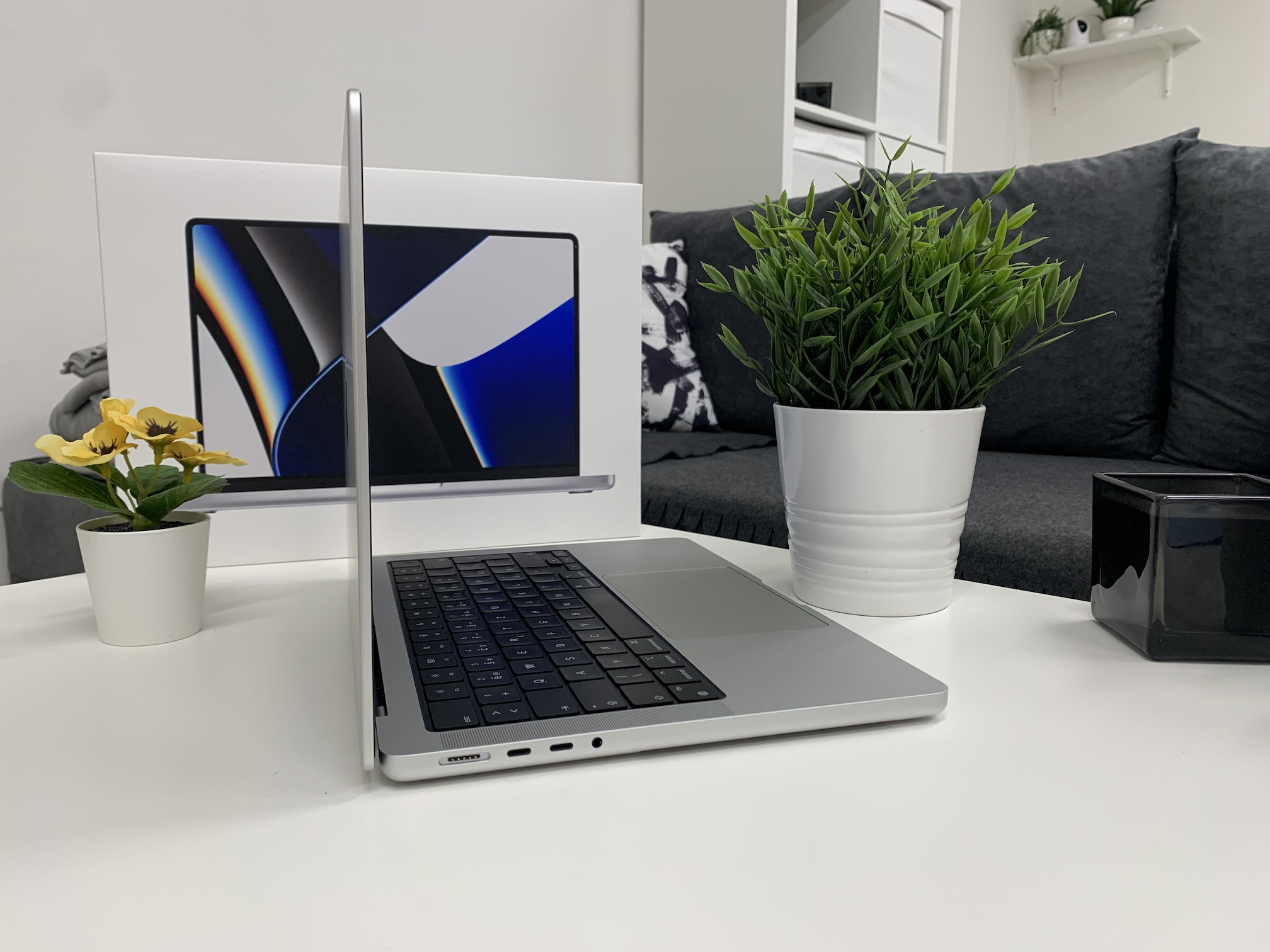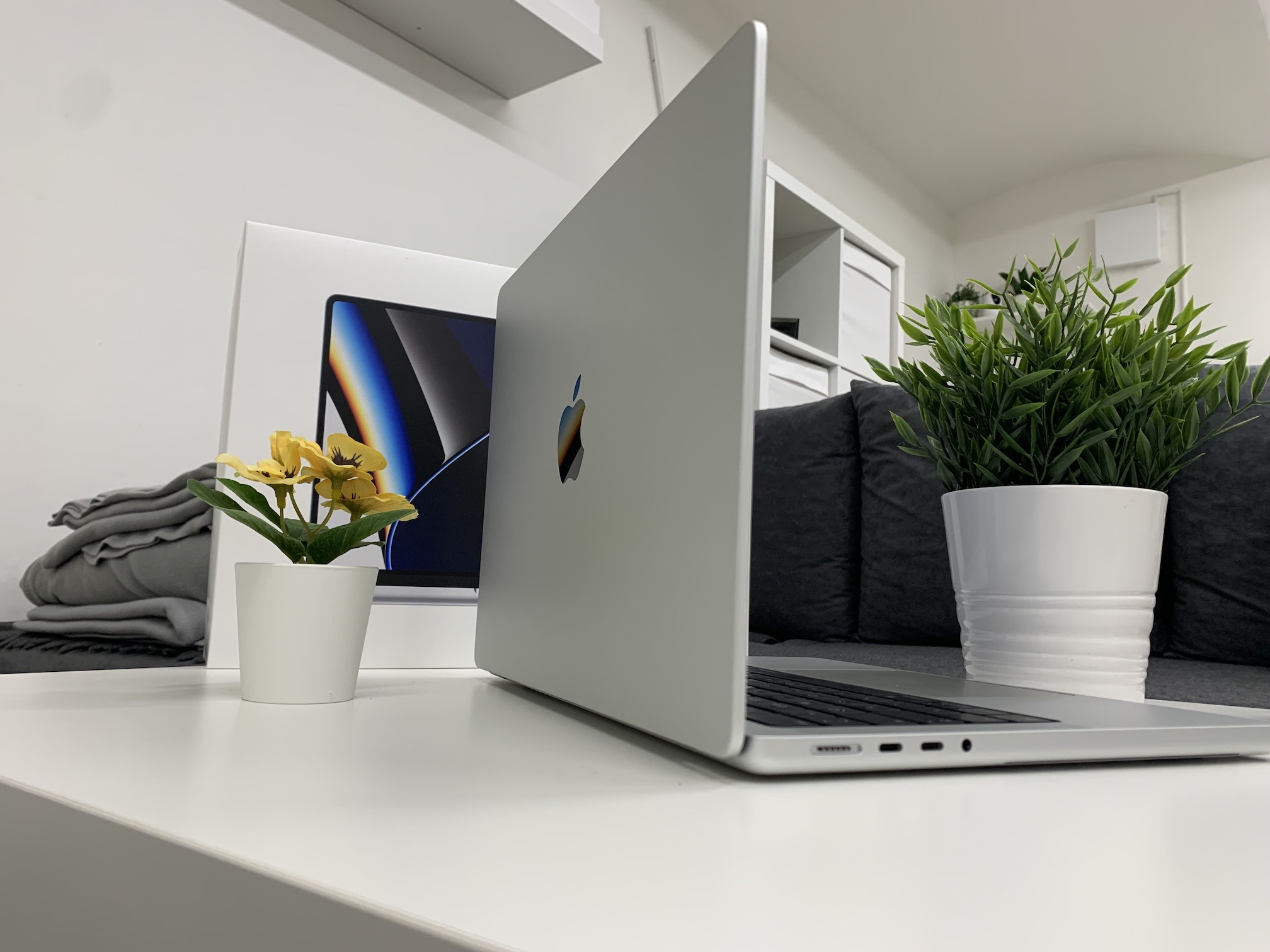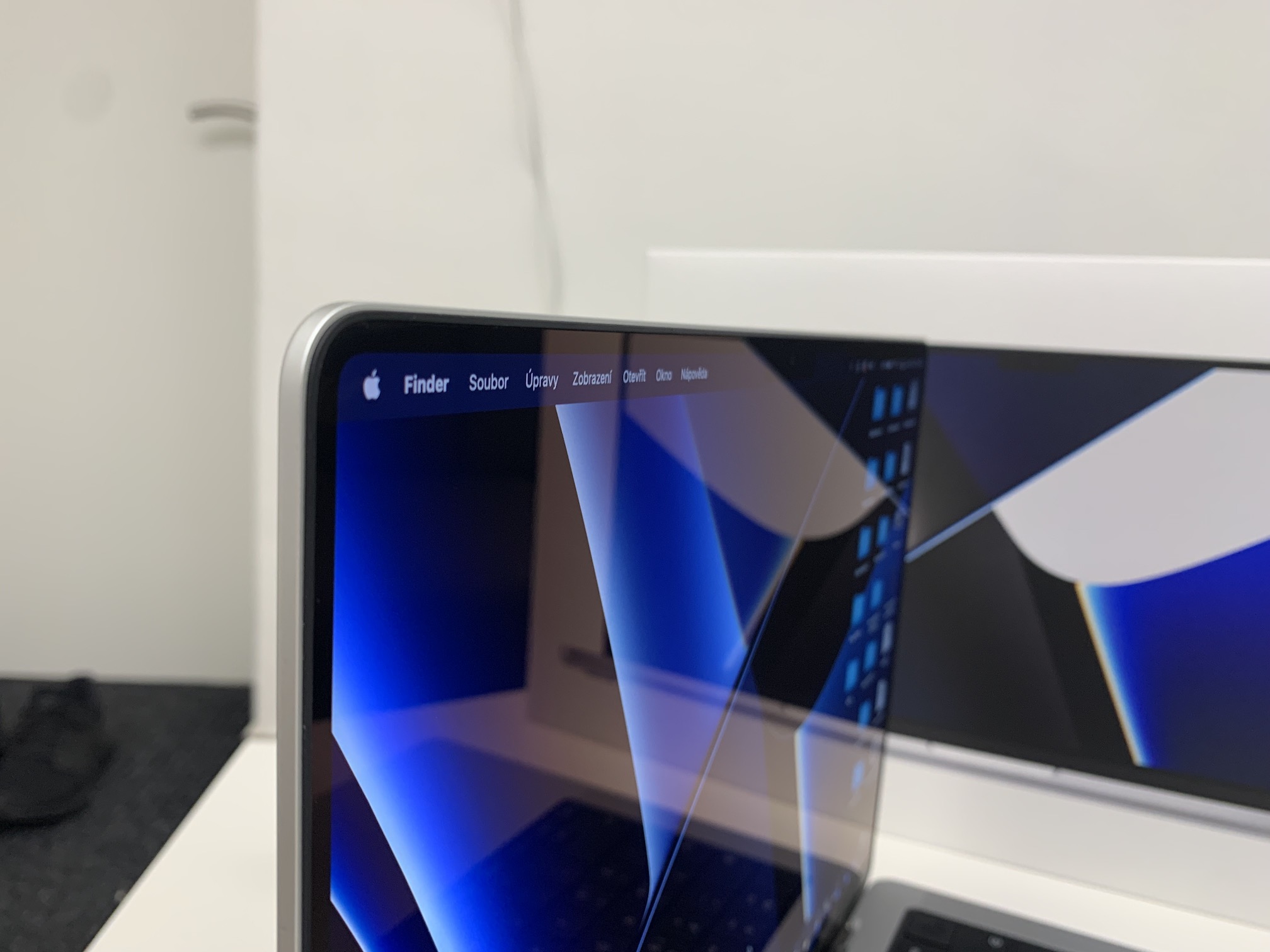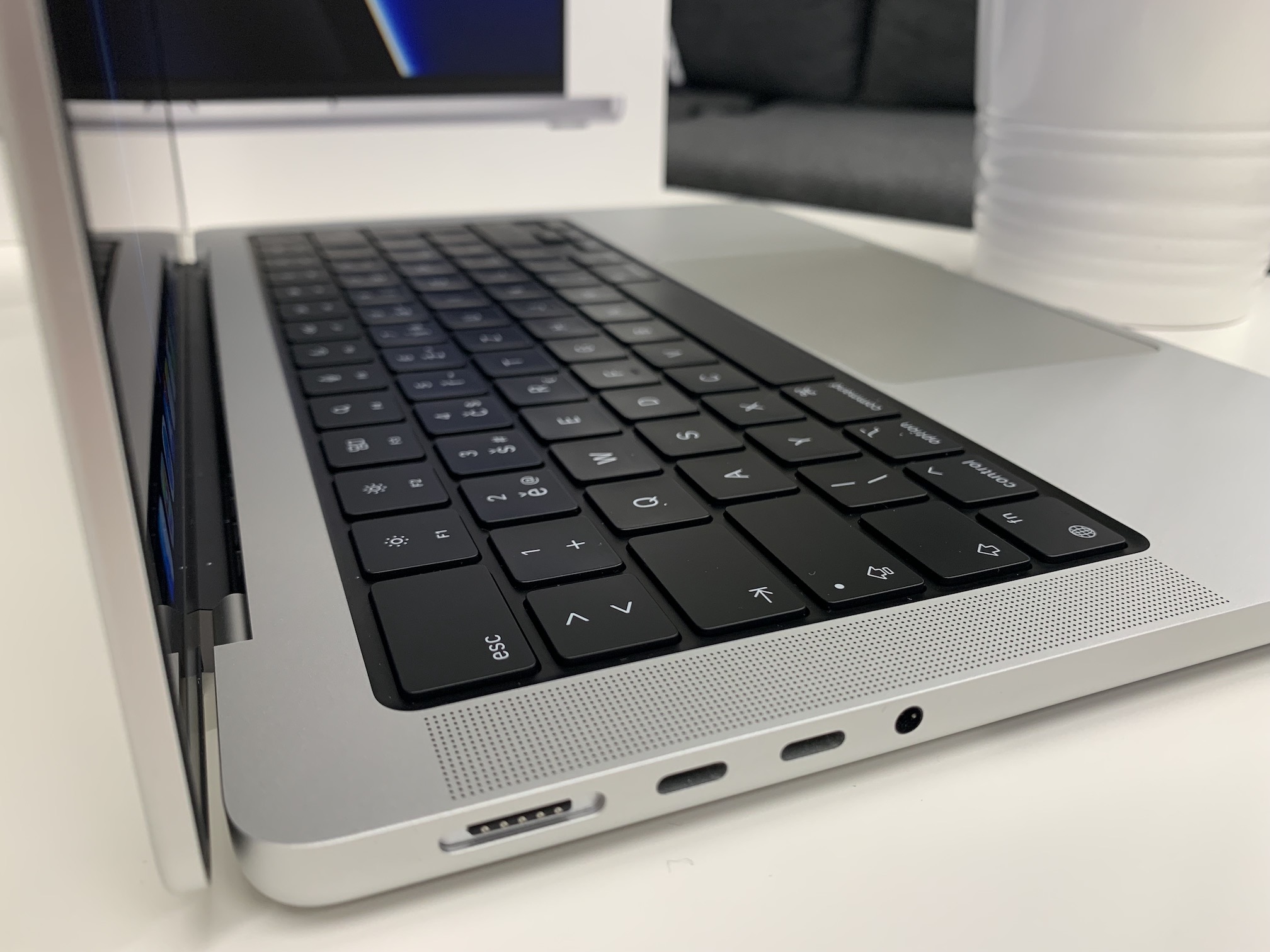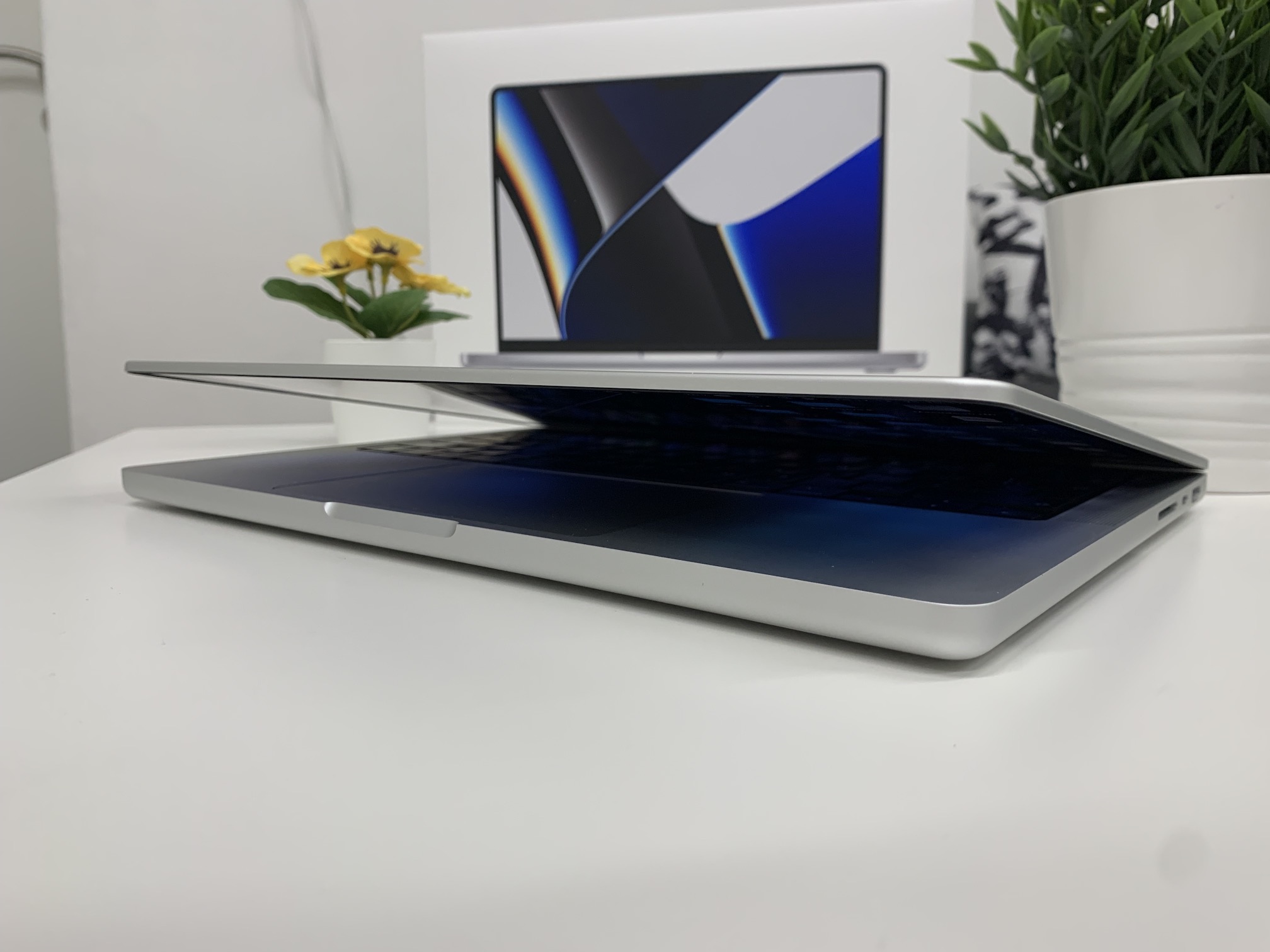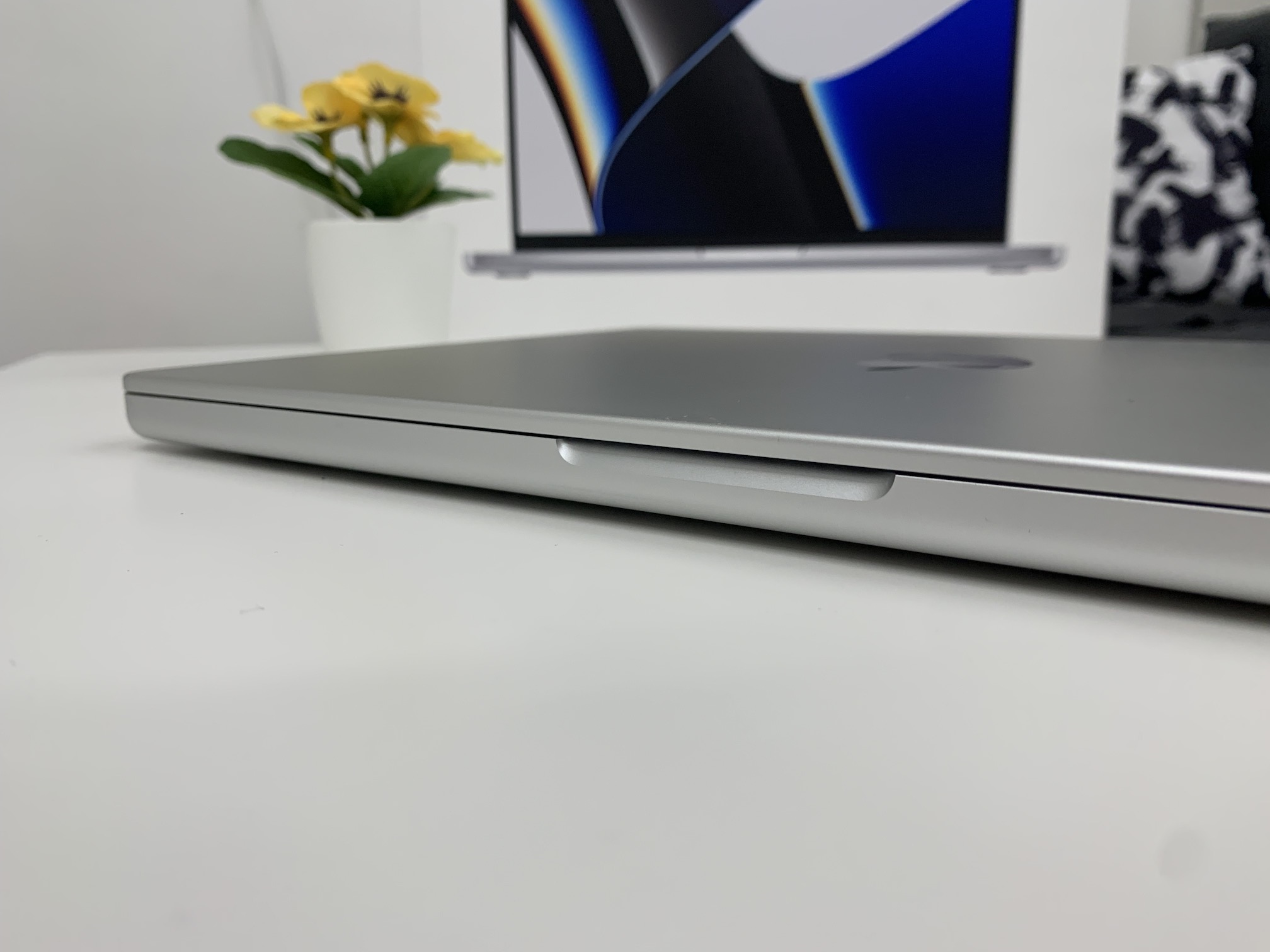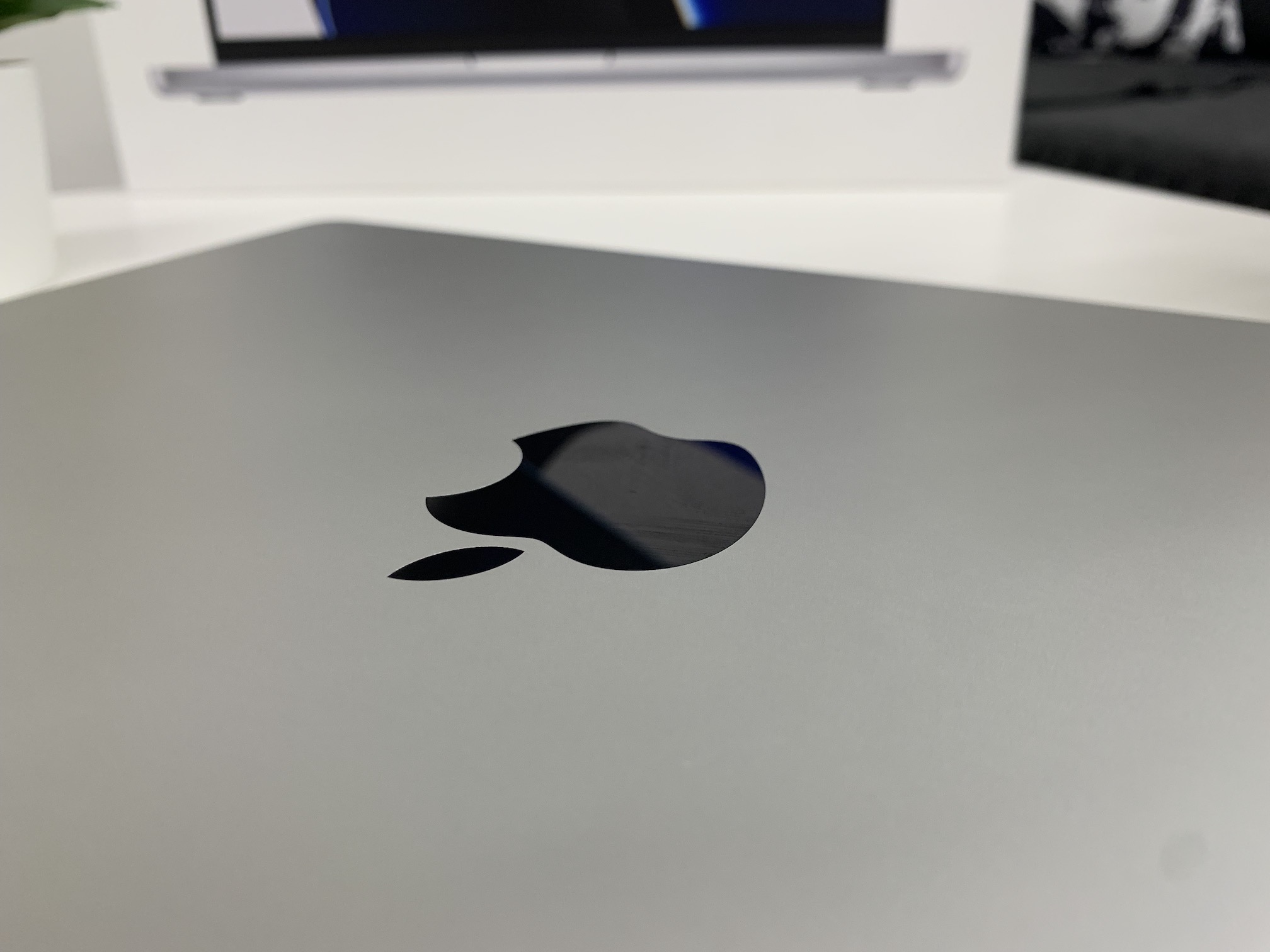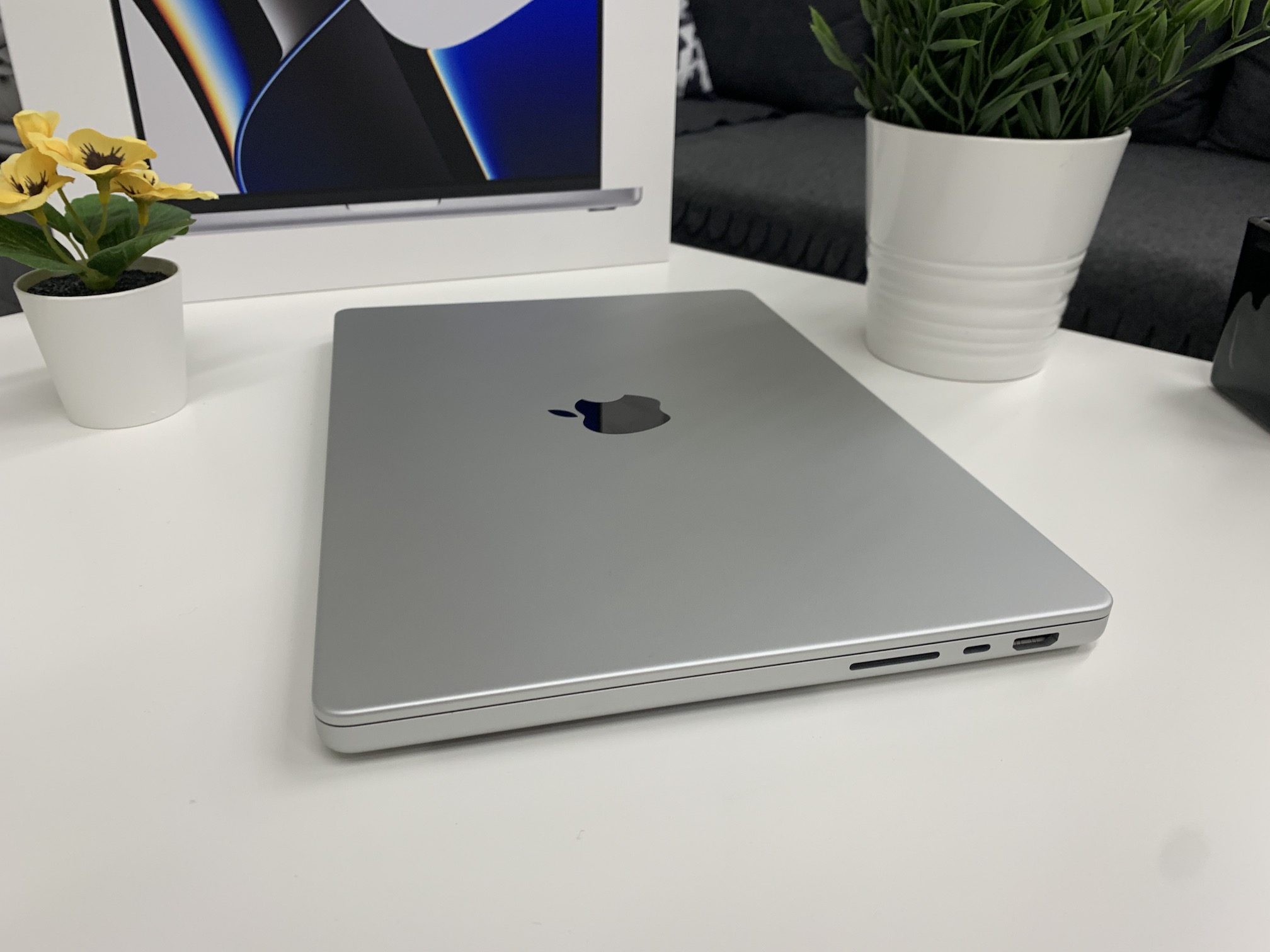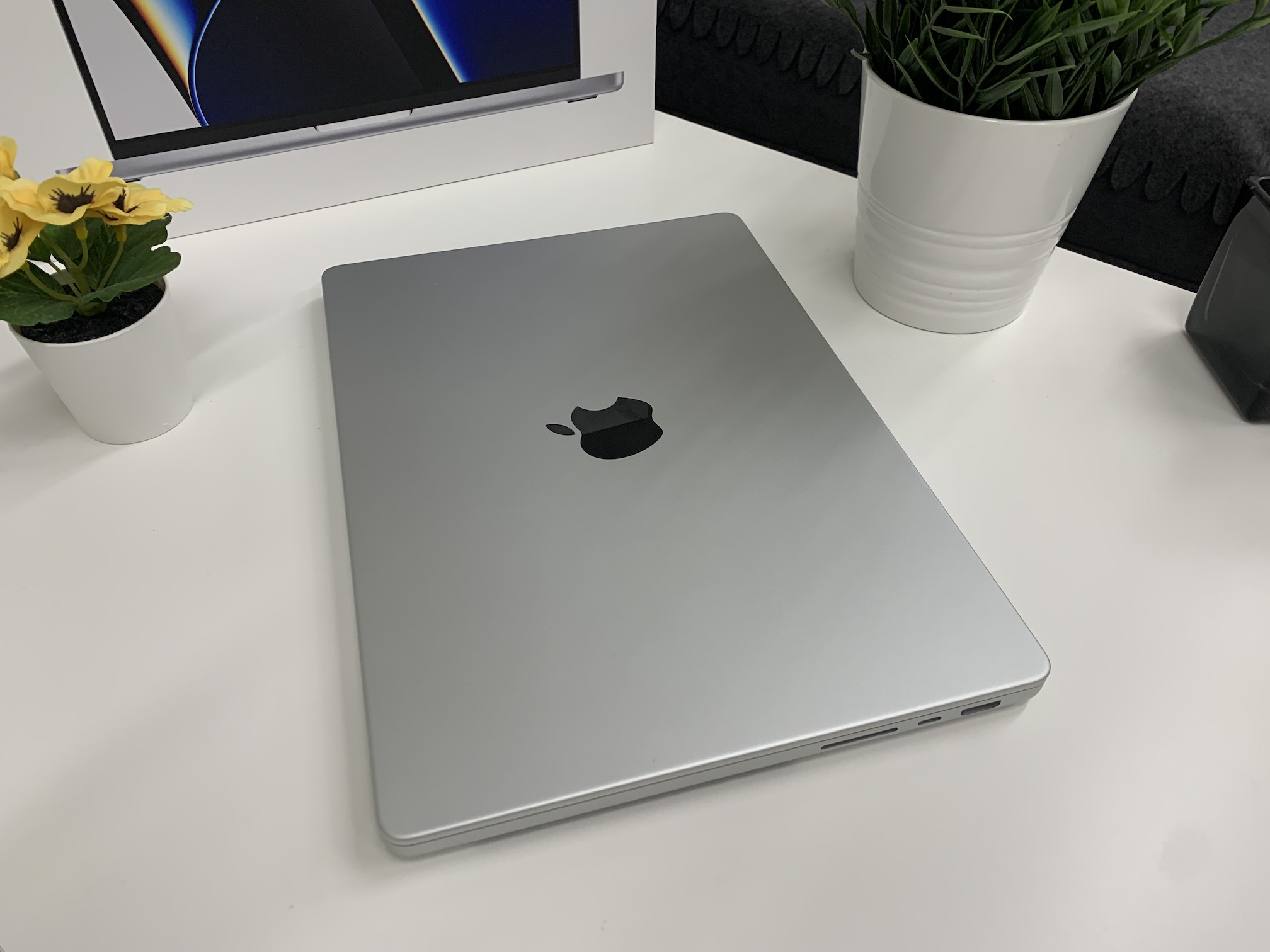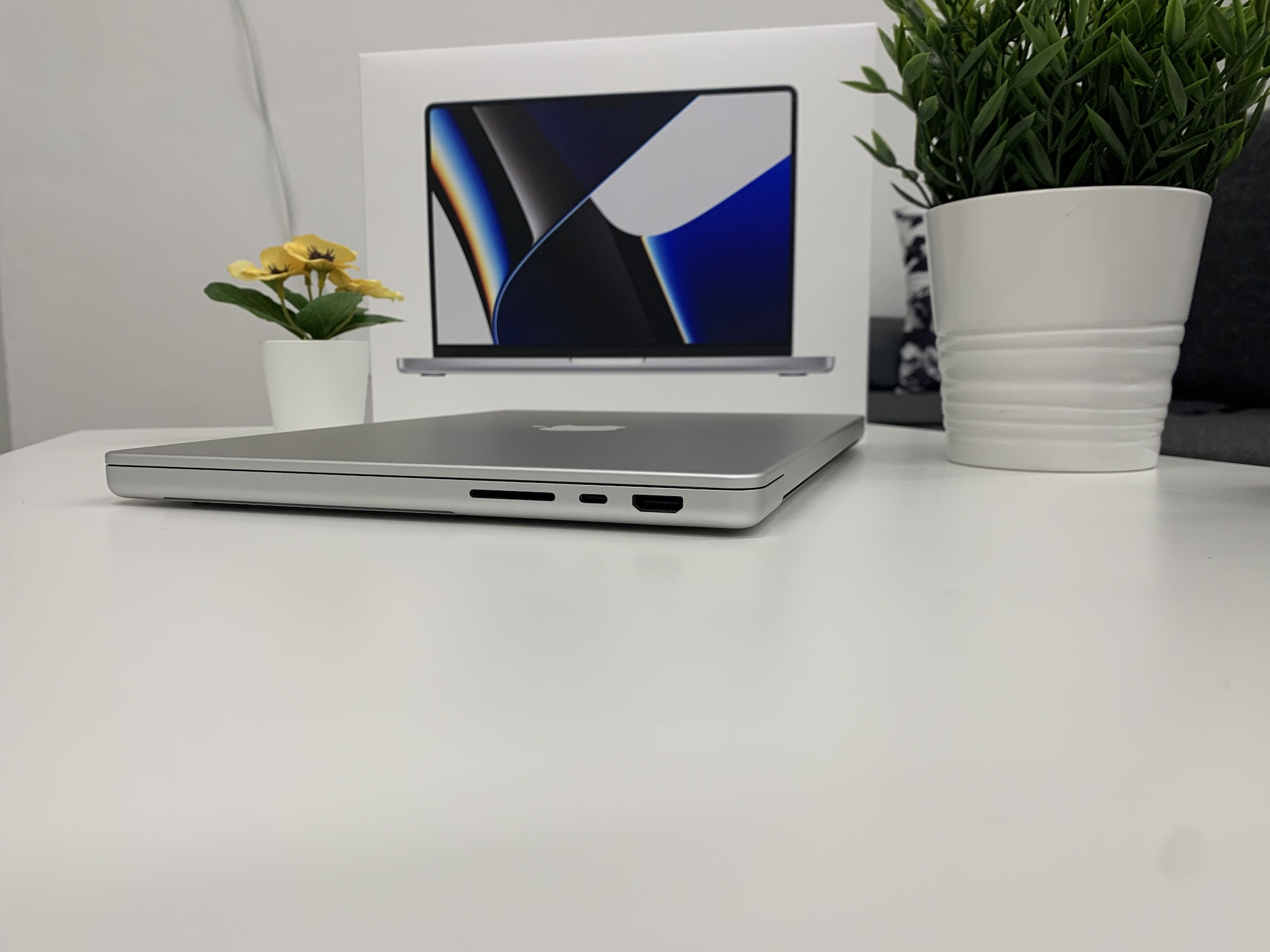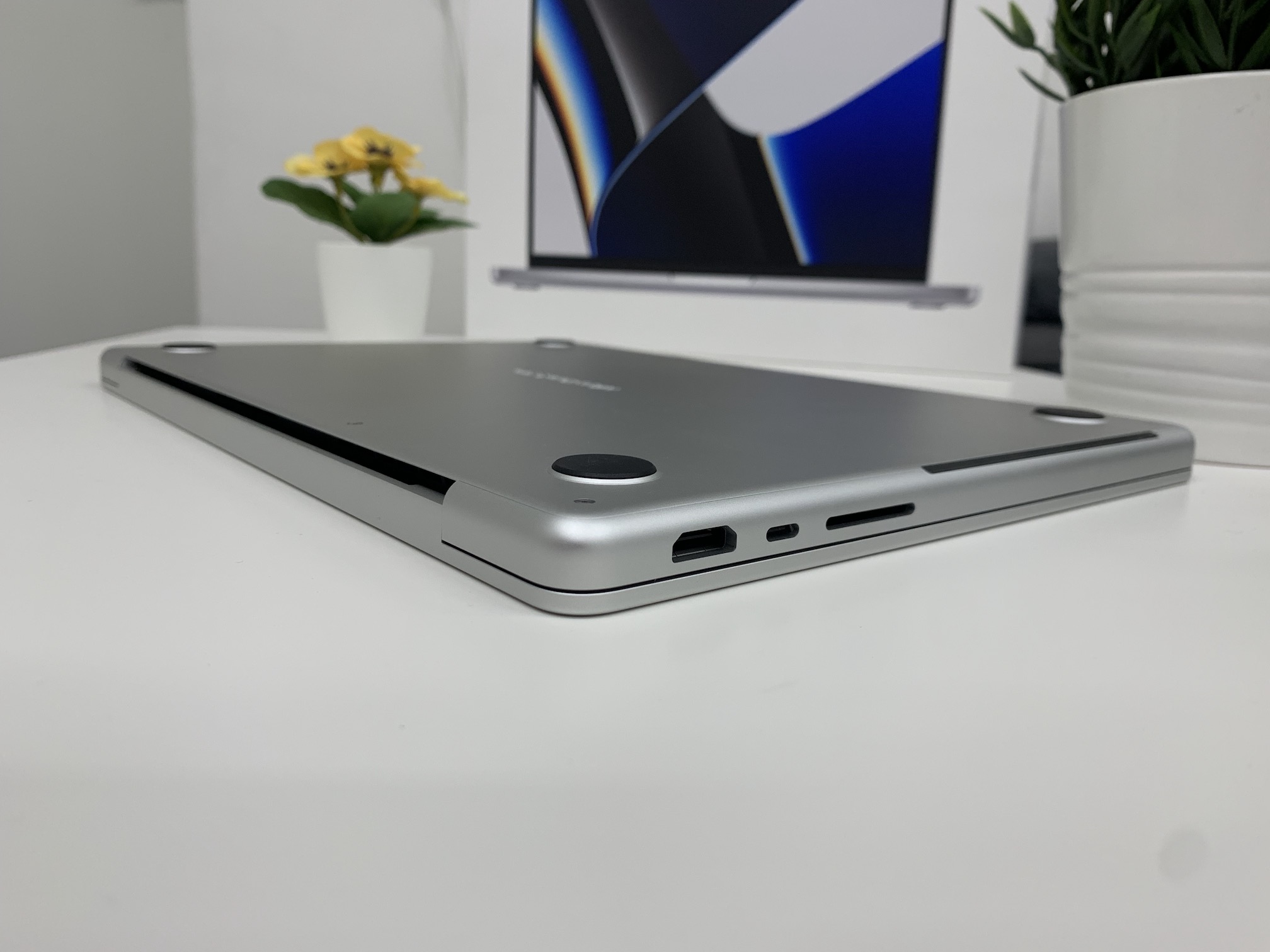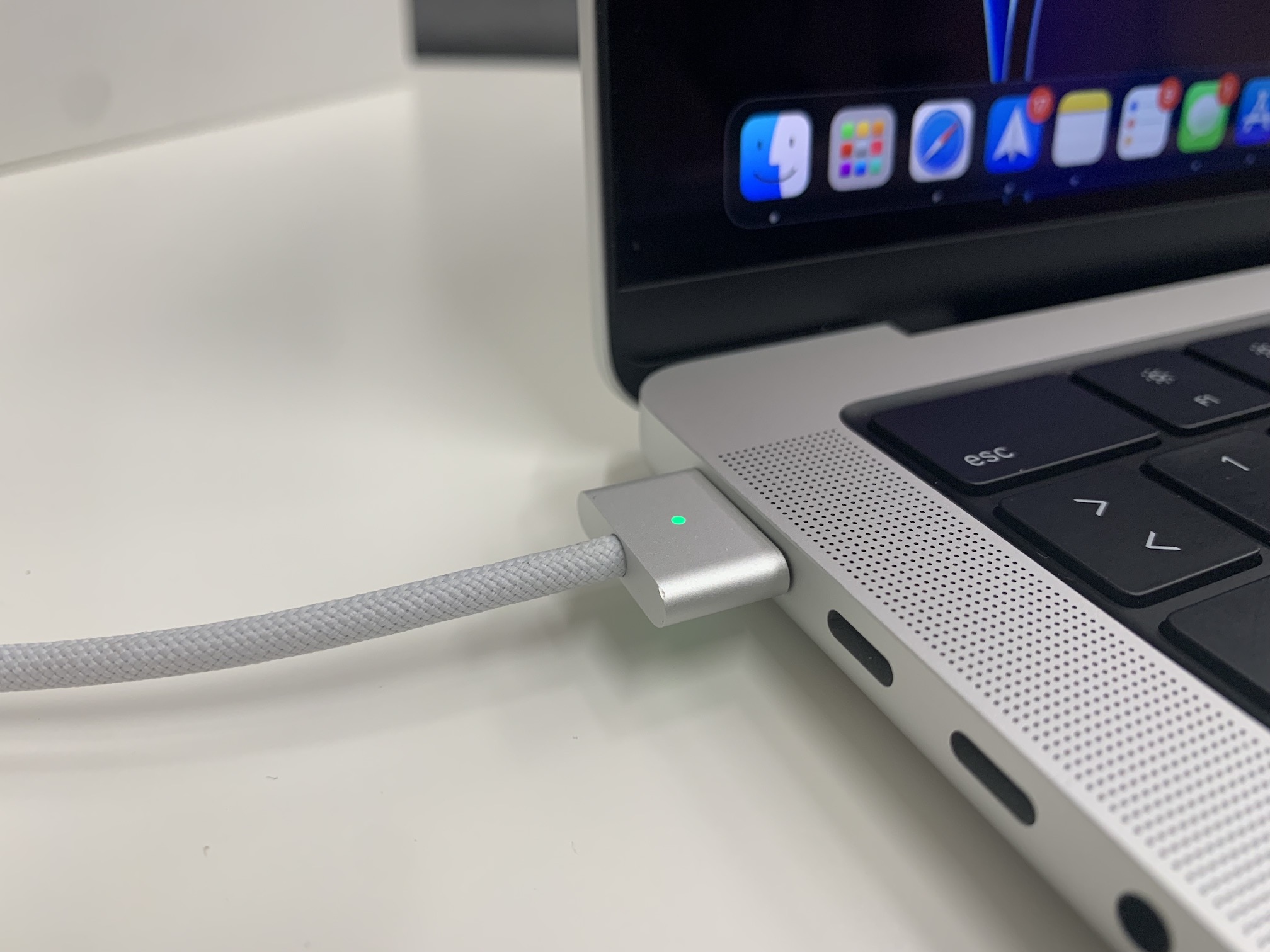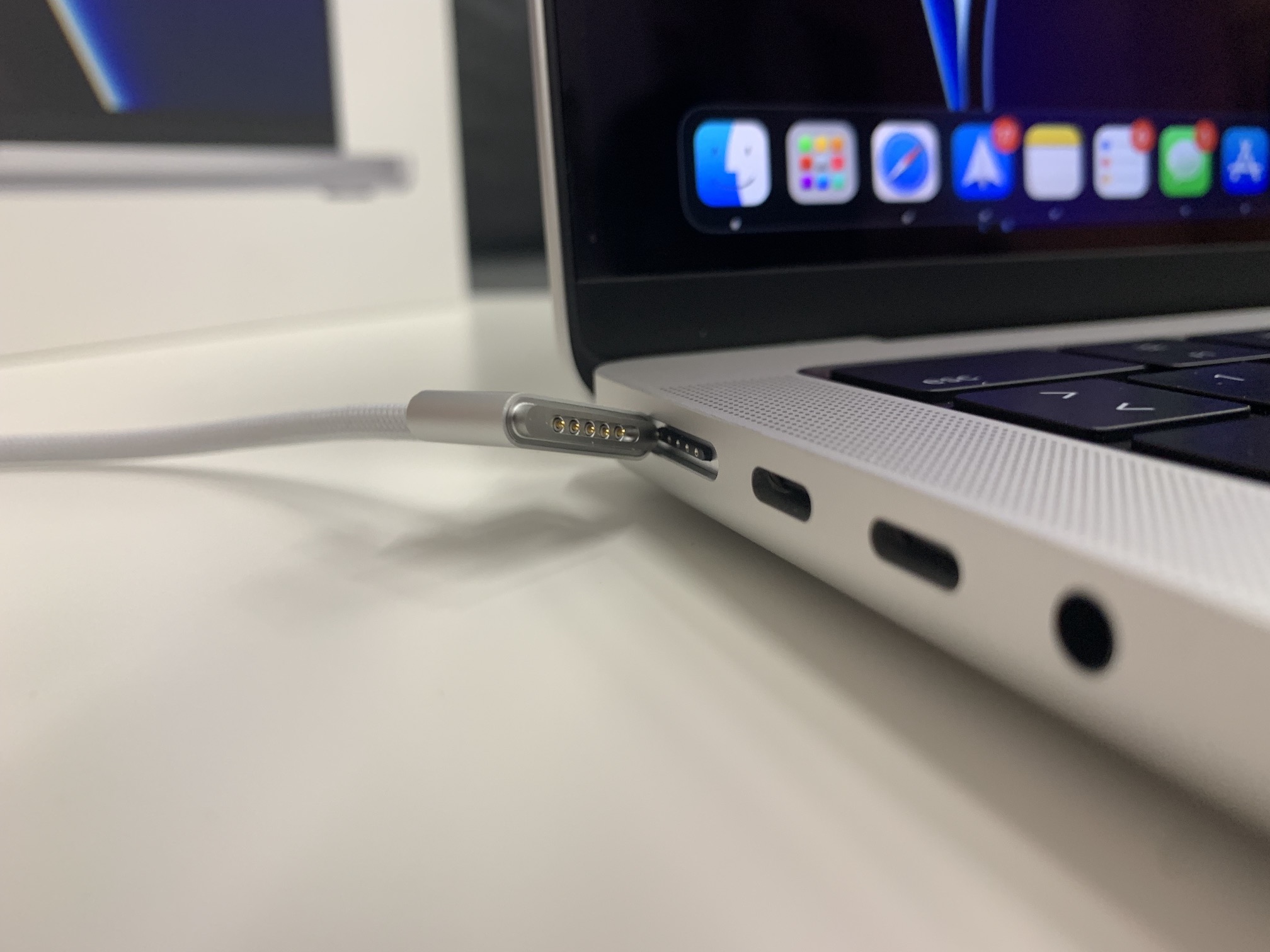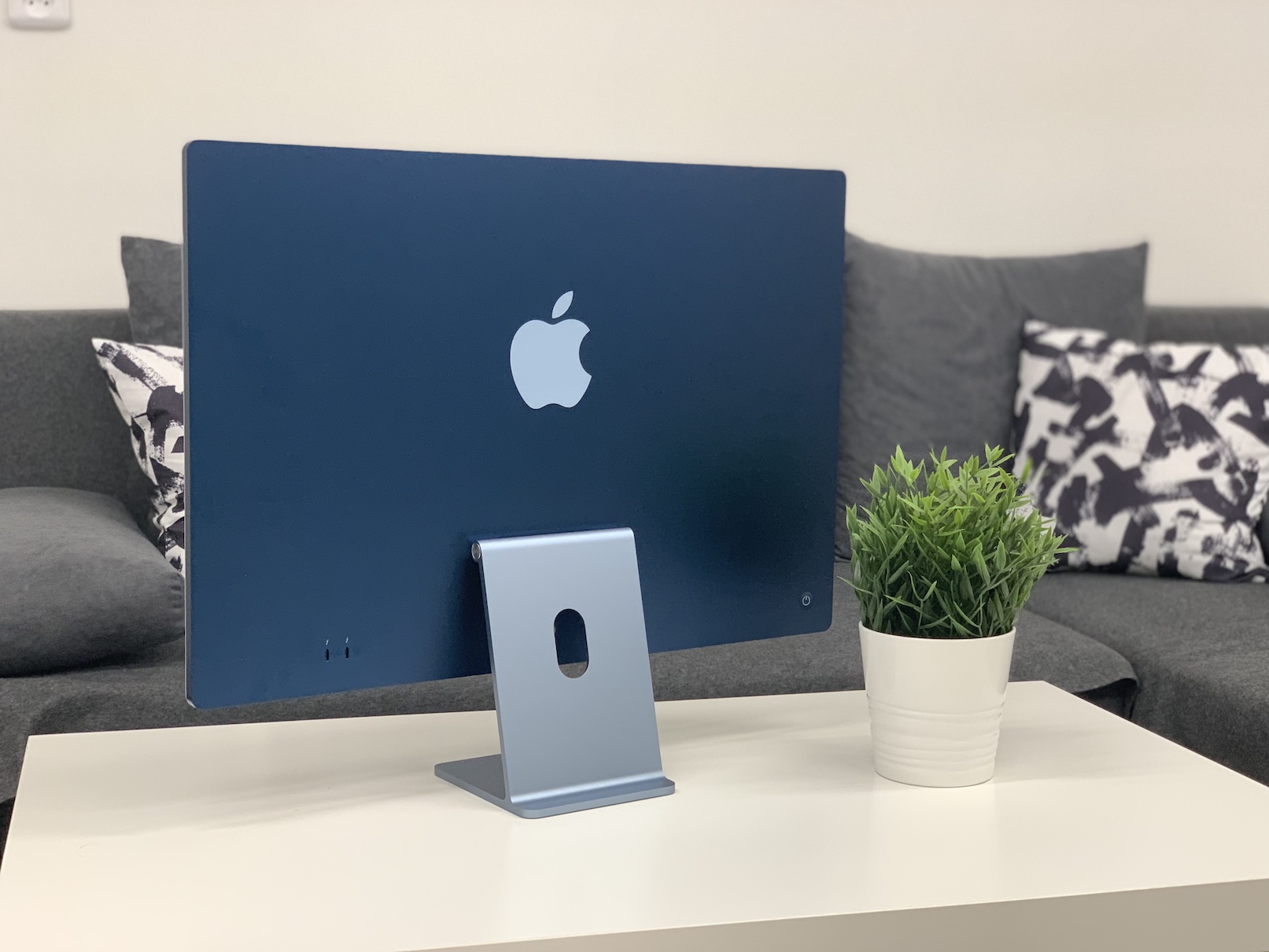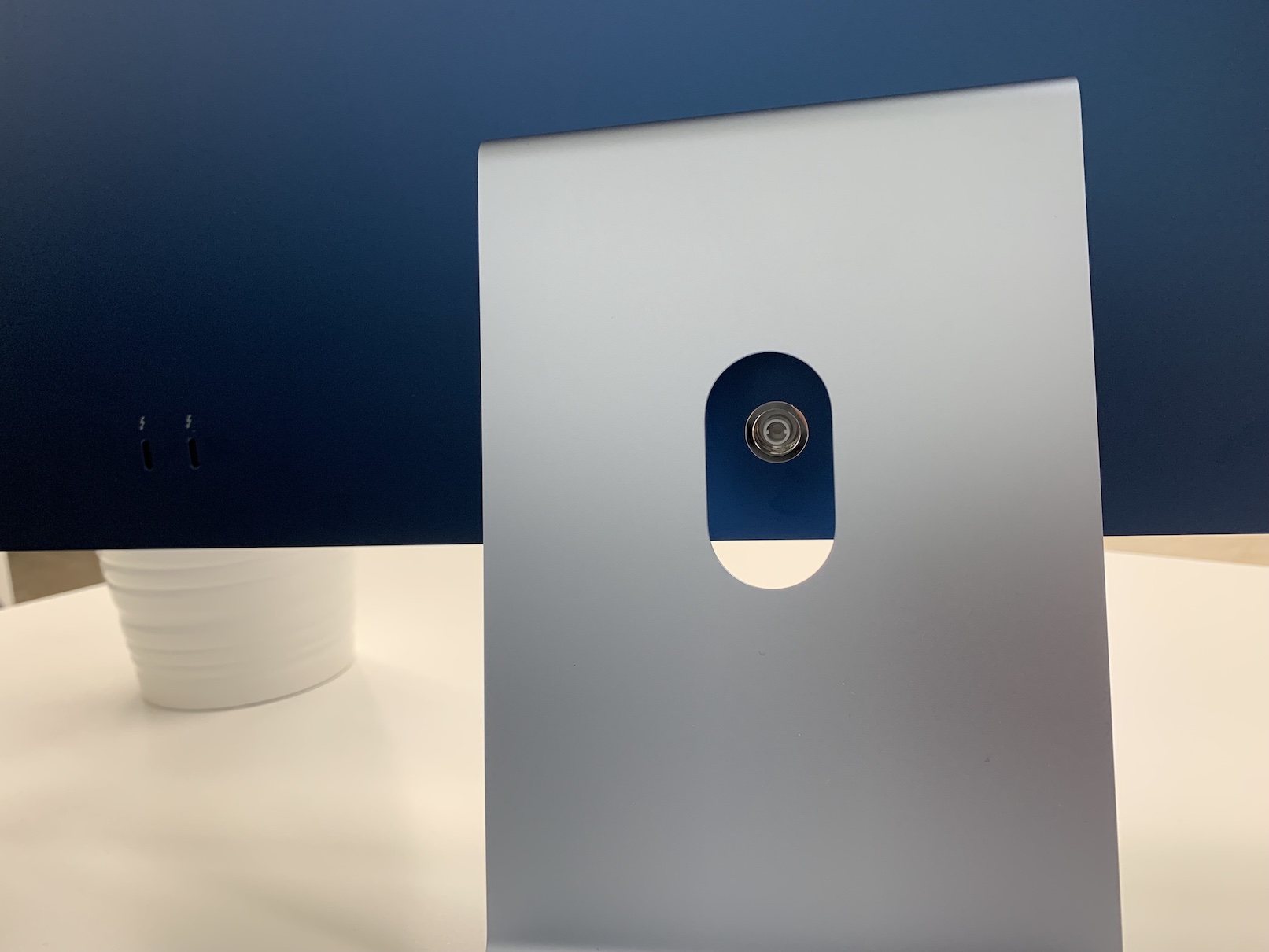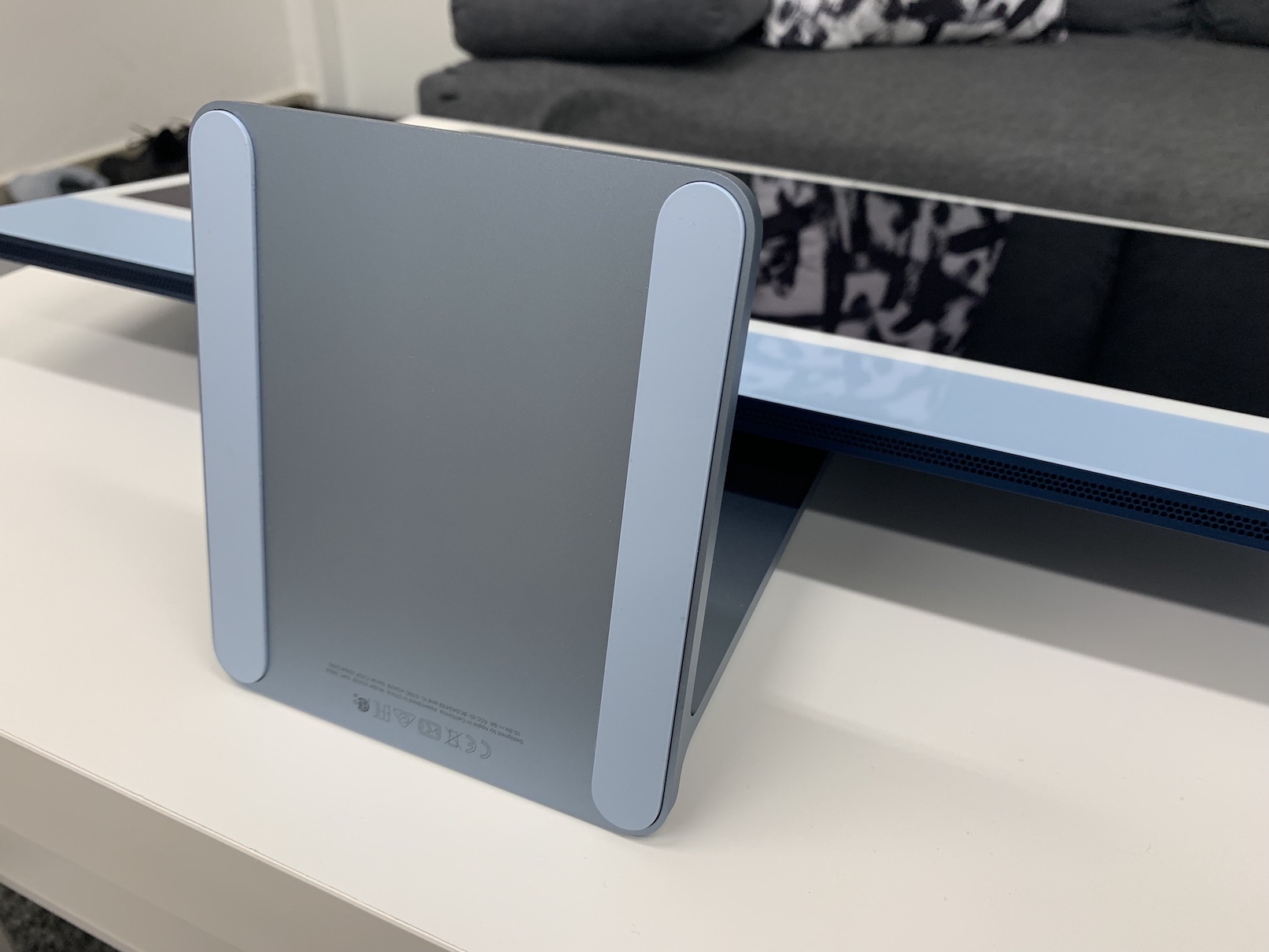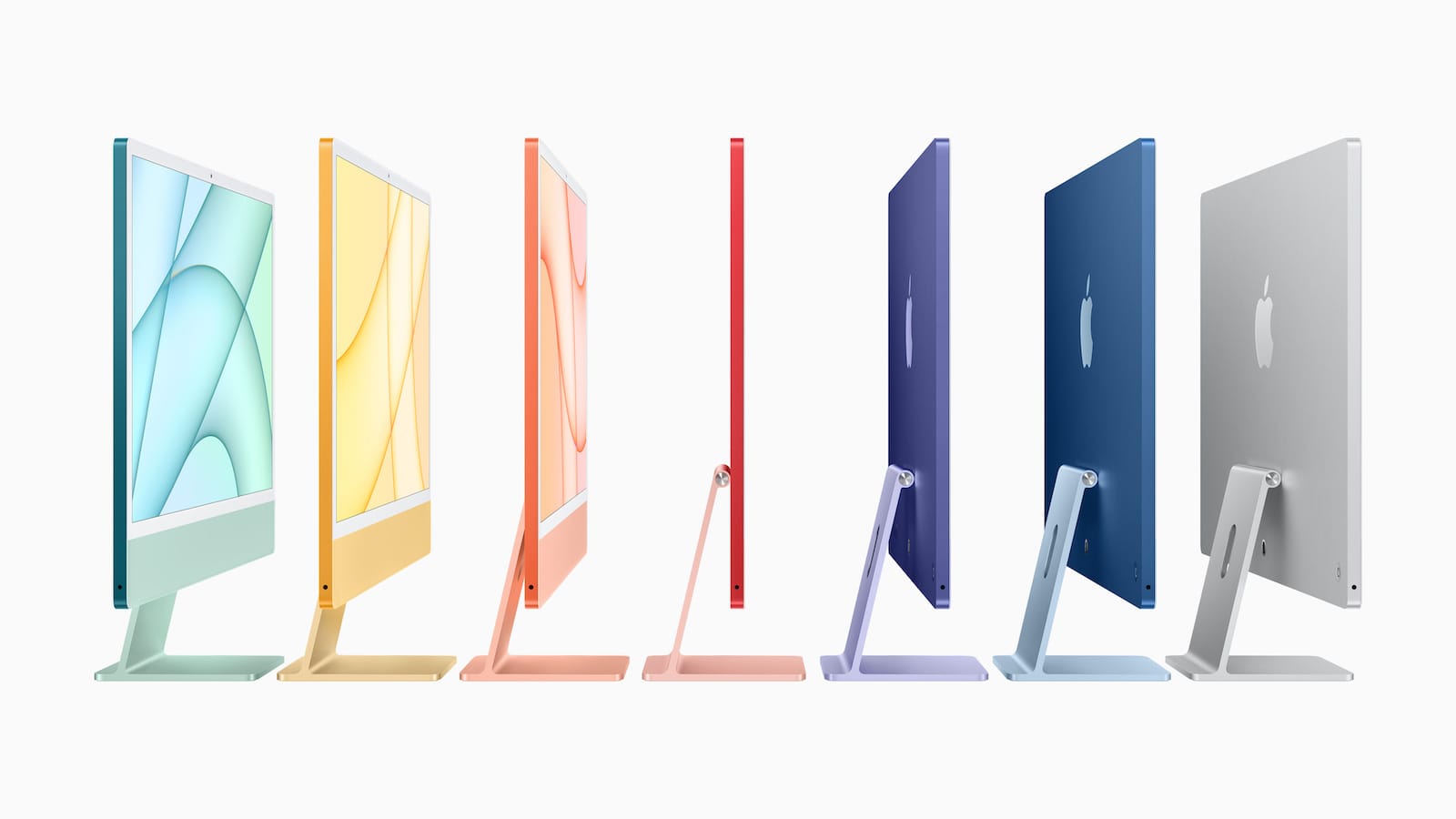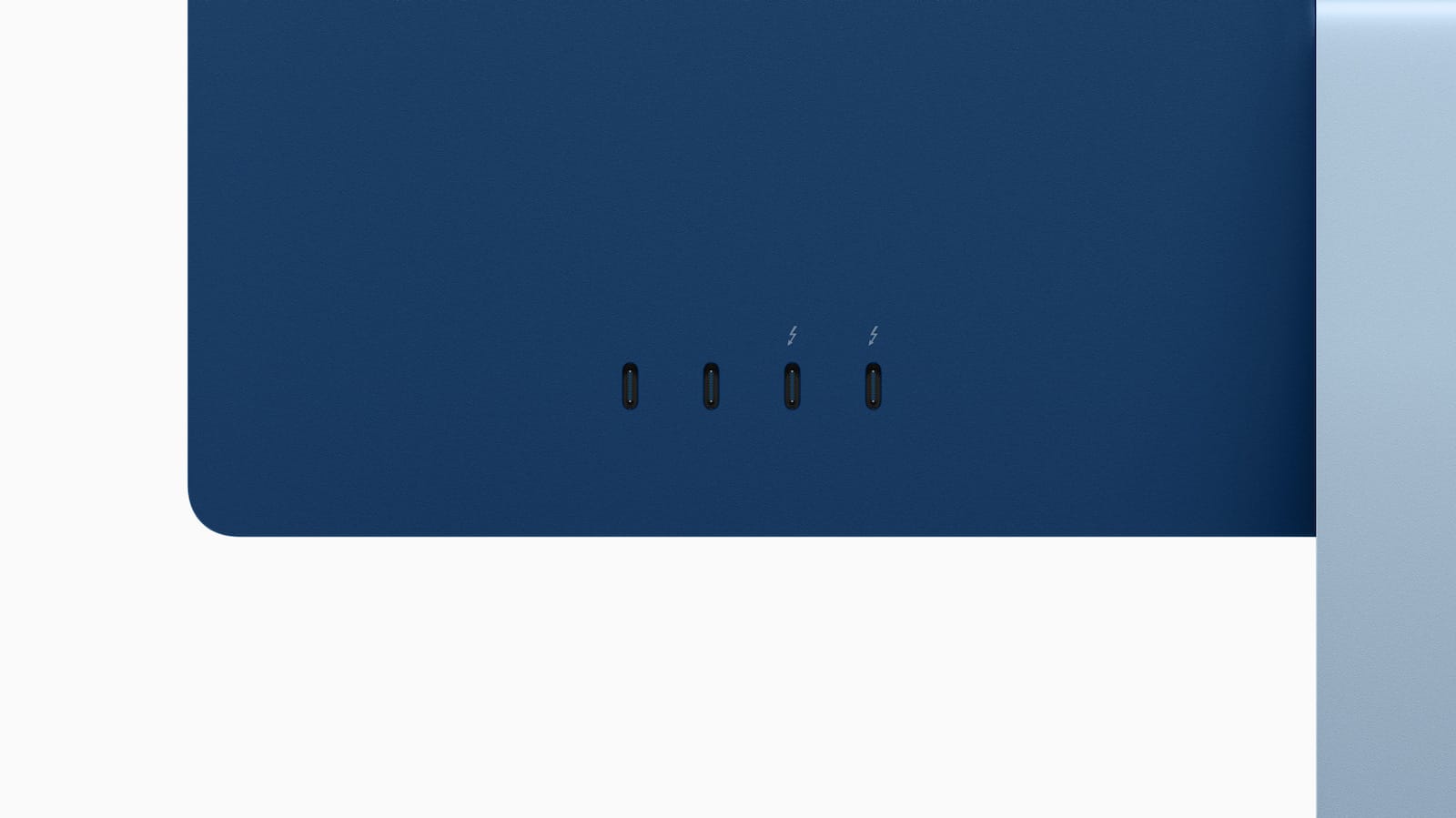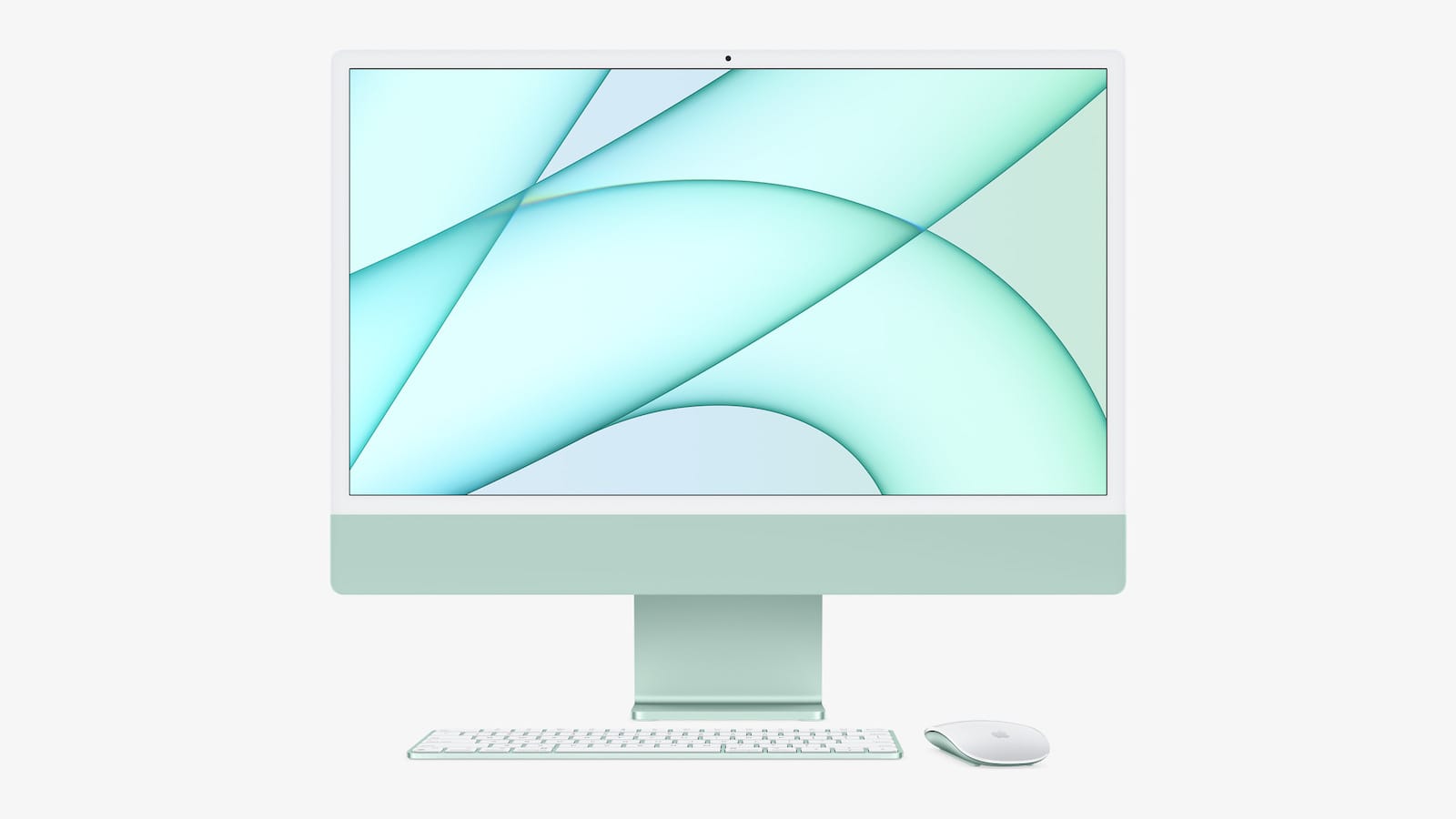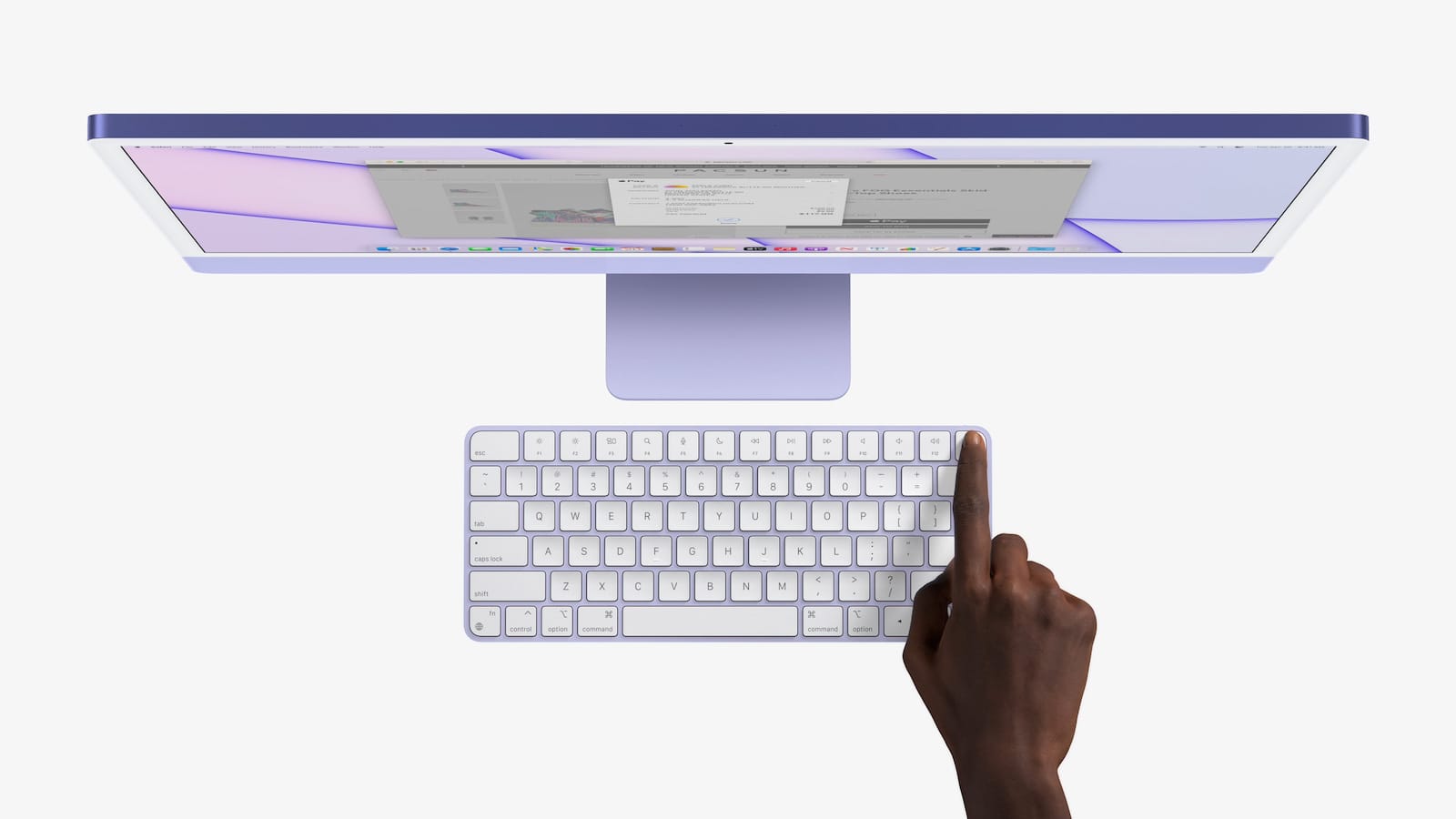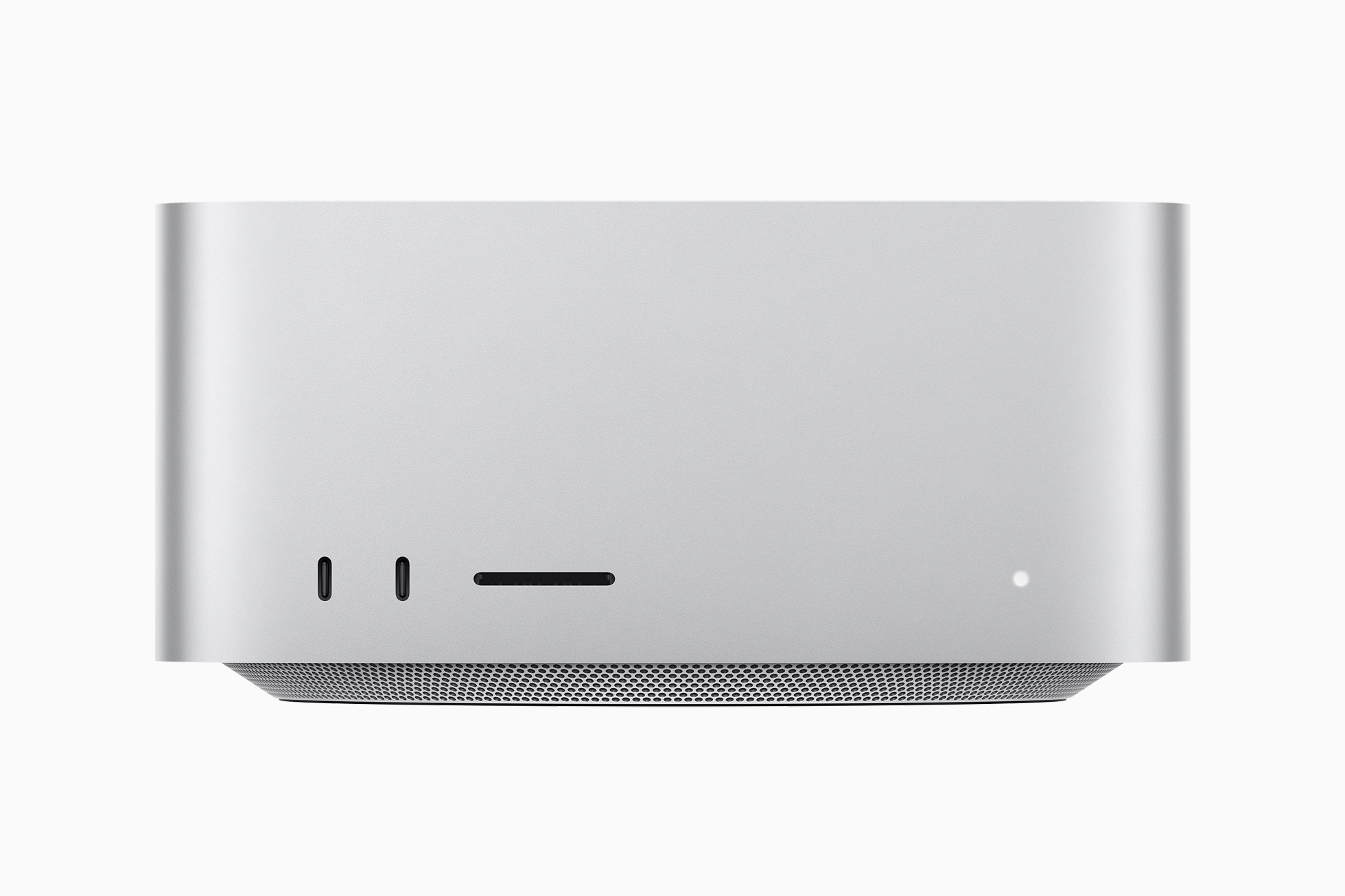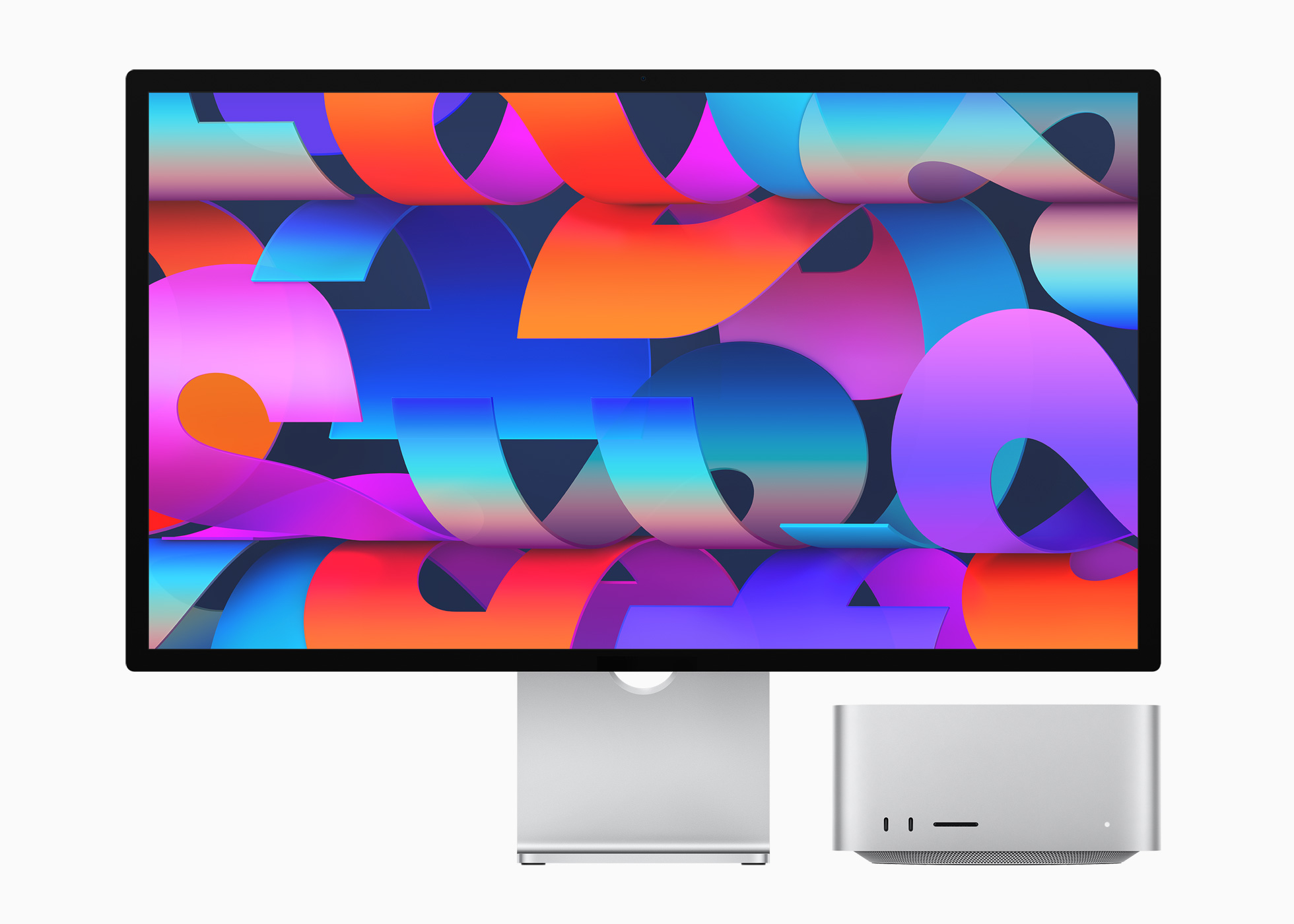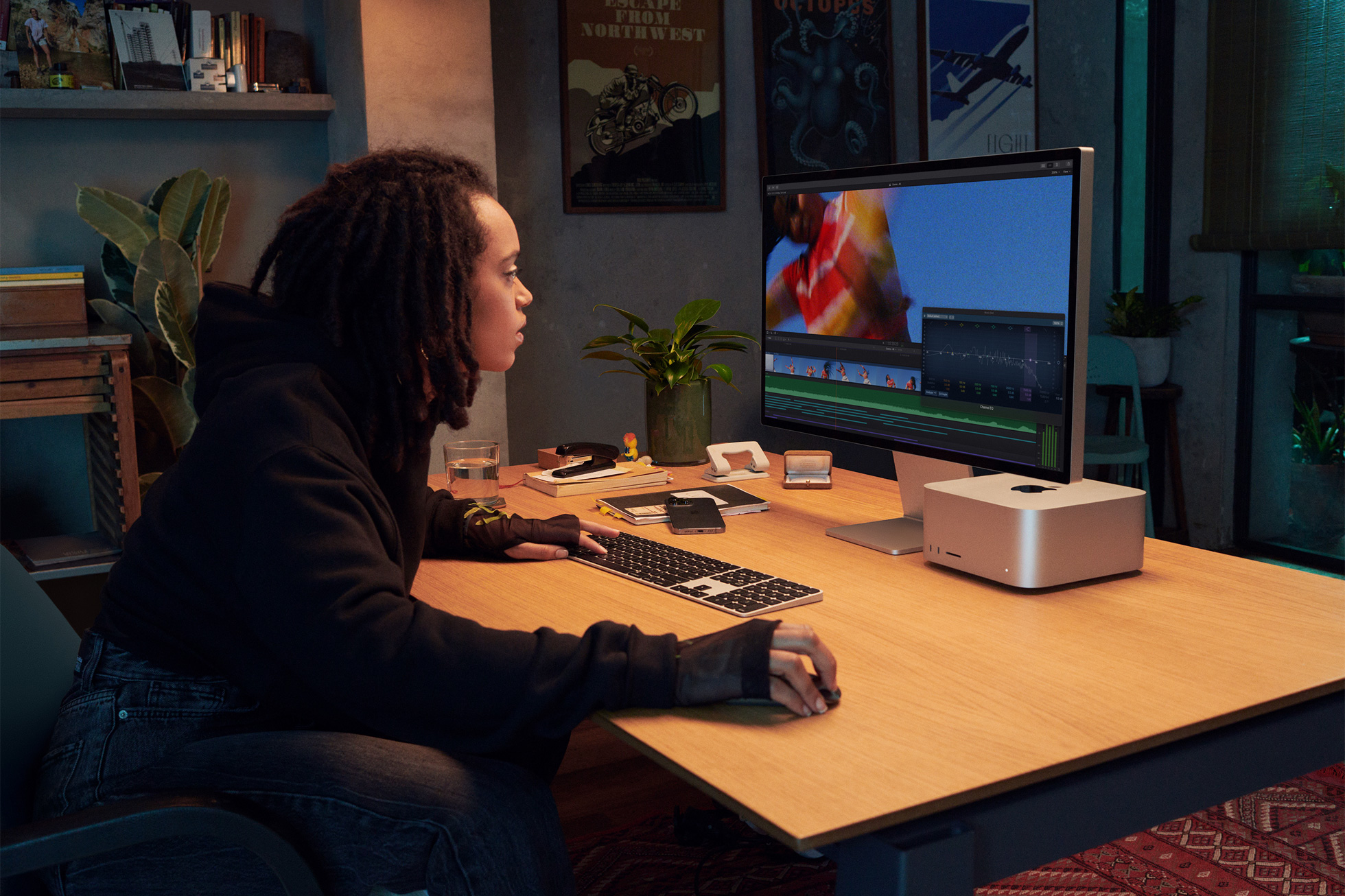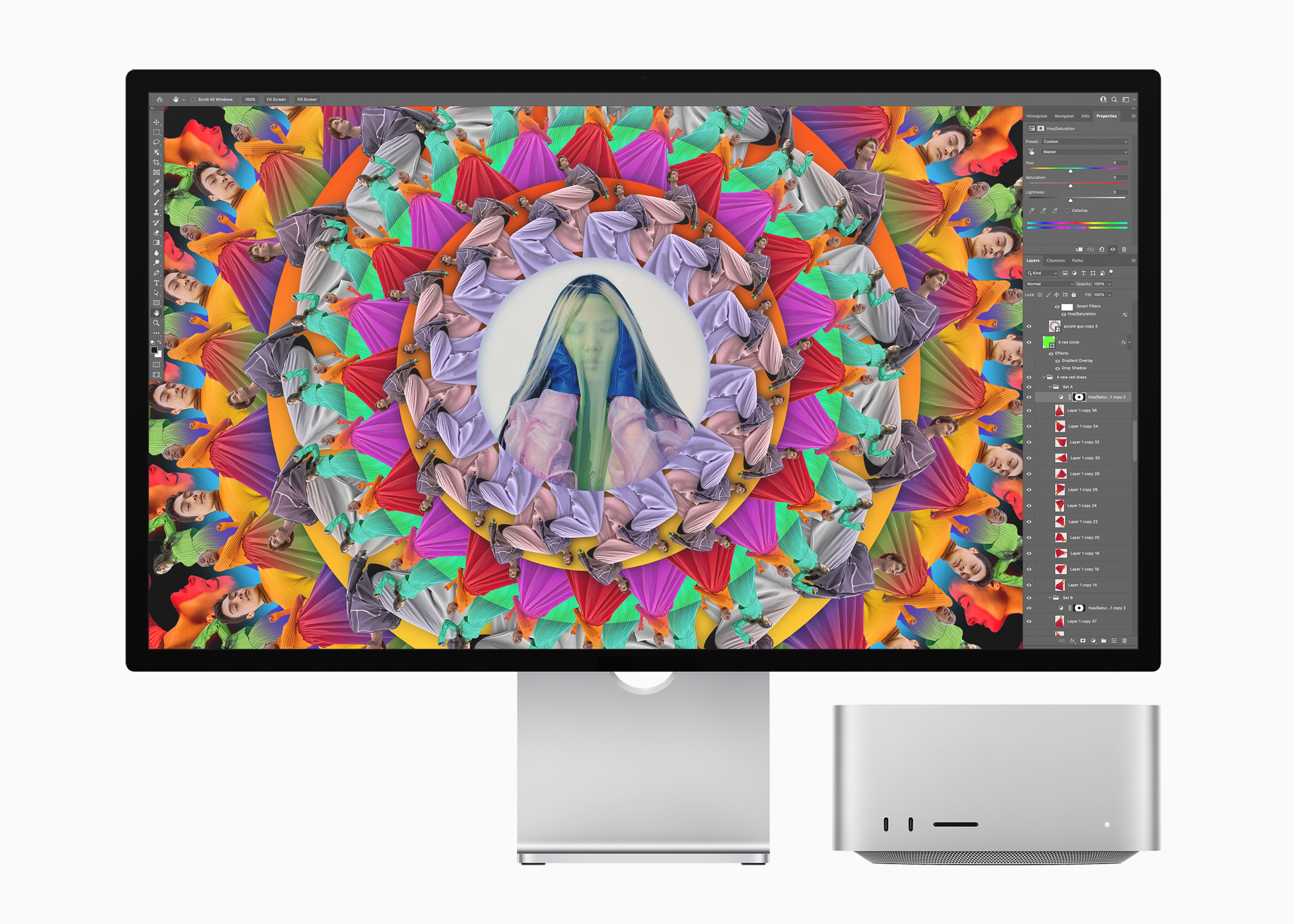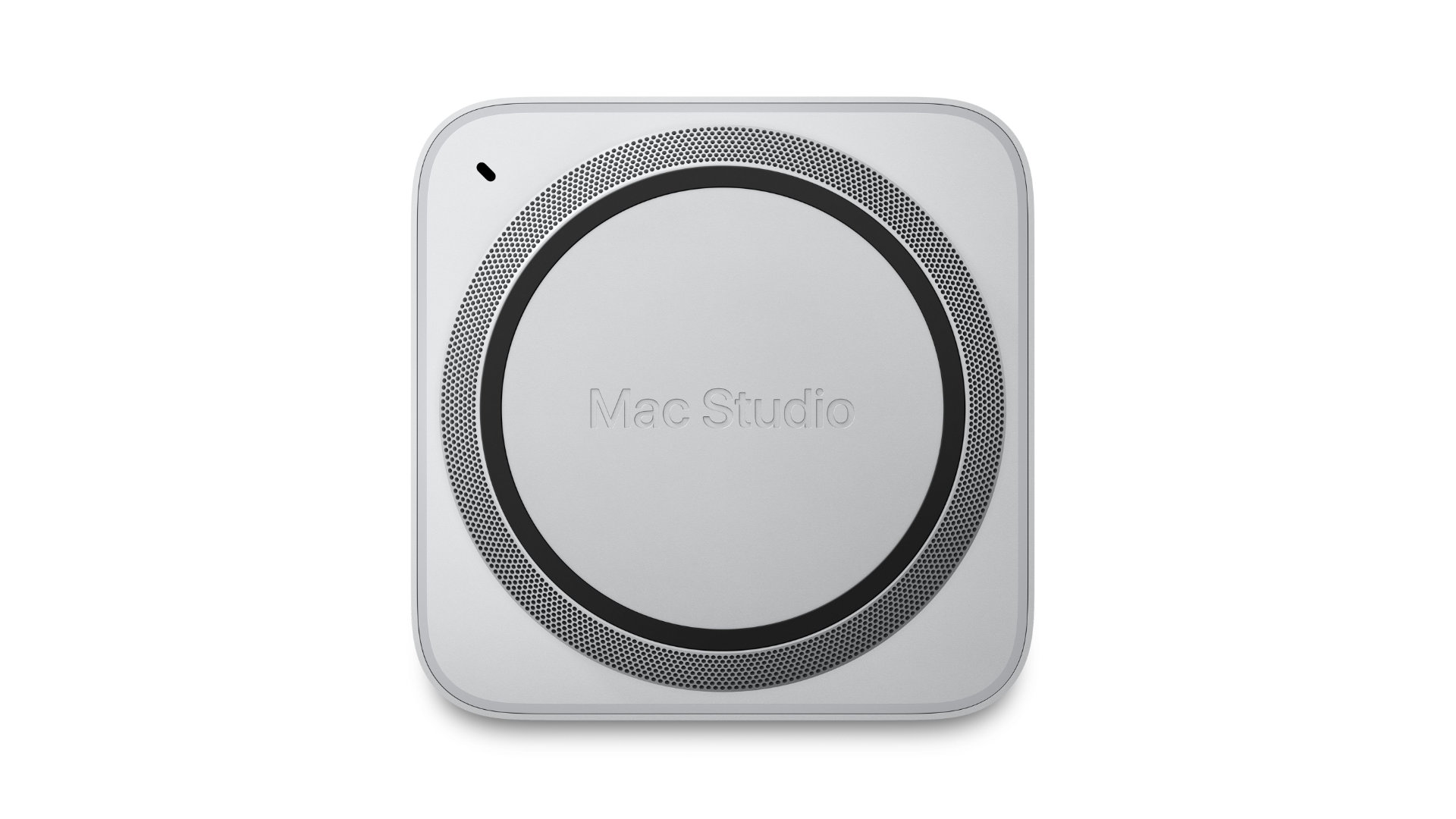It looks like we won't see any new Apple products this year, which means no Macs either. On the other hand, we can start to really look forward to 2023, because we will be expecting a wide range of updates to the company's existing portfolio.
If we look at Apple's product line, we have MacBook Air, MacBook Pro, 24" iMac, Mac mini, Mac Studio and Mac Pro. Since the M1 chip is already older, and especially since we have its more powerful variants here as well as a direct successor in the form of the M2 chip, Apple's computers with this first of its own chip should clear the field after the flight from Intel to ARM.
It could be interest you

MacBook Air
The only exception could be the MacBook Air. This year, it received a coveted redesign following the example of the 14 and 16" MacBook Pros that Apple introduced a year ago, but it was already fitted with the M2 chip. However, its variant with the M1 chip could remain in the portfolio for a while as the ideal entry-level laptop to the desktop world of macOS. By not introducing new MacBook Pros this fall, Apple extends the life of the M2 chip, and it's highly unlikely that an M3 will arrive next year, let alone the MacBook Air.
MacBook Pro
The 13" MacBook Pro received the M2 chip along with the MacBook Air, so it's still a relatively new device that doesn't really need to be touched, although it certainly deserves a redesign along the lines of its bigger siblings. However, the situation is different in the case of his older siblings. These contain M1 Pro and M1 Max chips, which should quite logically be replaced by M2 Pro and M2 Max chips in the future generation. In terms of design, however, nothing will change here.
iMac
Already this year at WWDC22, we expected Apple to present an iMac with an M2 chip, but that did not happen, just as we did not get a larger display. So here we have a single 24" size variant, which deserves to be expanded by at least the M2 chip and, possibly, a larger display area. In addition, given that this is a desktop computer, we would like to see greater options for self-determination of performance, i.e. if Apple gave the user the option to choose even more powerful variants of the M2 chip.
Mac mini and Mac Studio
Practically the same thing that we mention about the iMac also applies to the Mac mini (with the only difference that the Mac mini has no display, of course). But here there is a bit of a problem with Mac Studio, which it could compete with when using the M1 Pro and M1 Max chips, when the latter uses Mac Studio. However, it can also be had with the M1 Ultra chip. If Apple were to update the Mac Studio next year, it would certainly deserve these more powerful variants of the M2 chip.
Mac Pro
Much has been written about the Mac Pro, but nothing is certain. With the only variant of the Mac mini, it is the last representative of Intel processors that you can still buy from Apple, and its persistence in the portfolio does not make sense. Apple should therefore upgrade it or eliminate it, with Mac Studio taking its place.
 Adam Kos
Adam Kos 